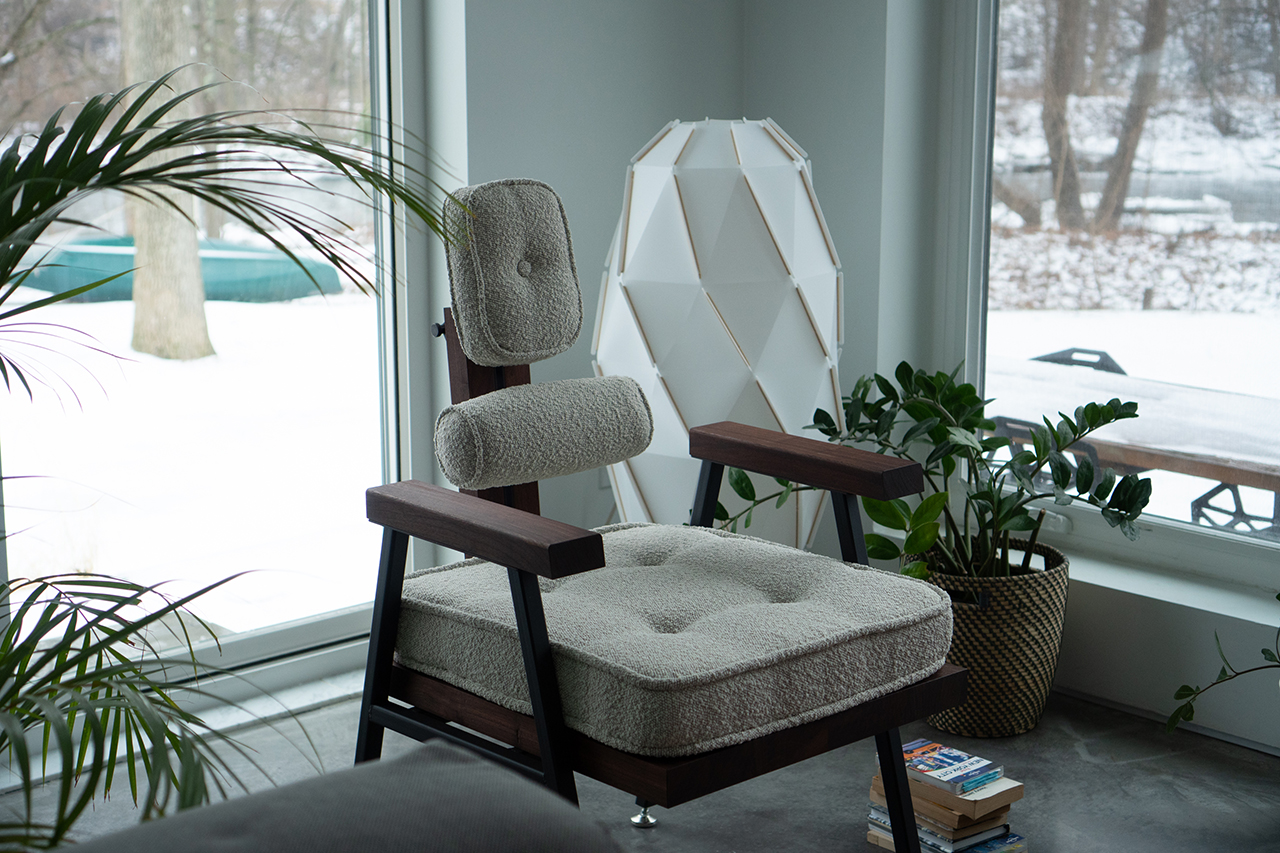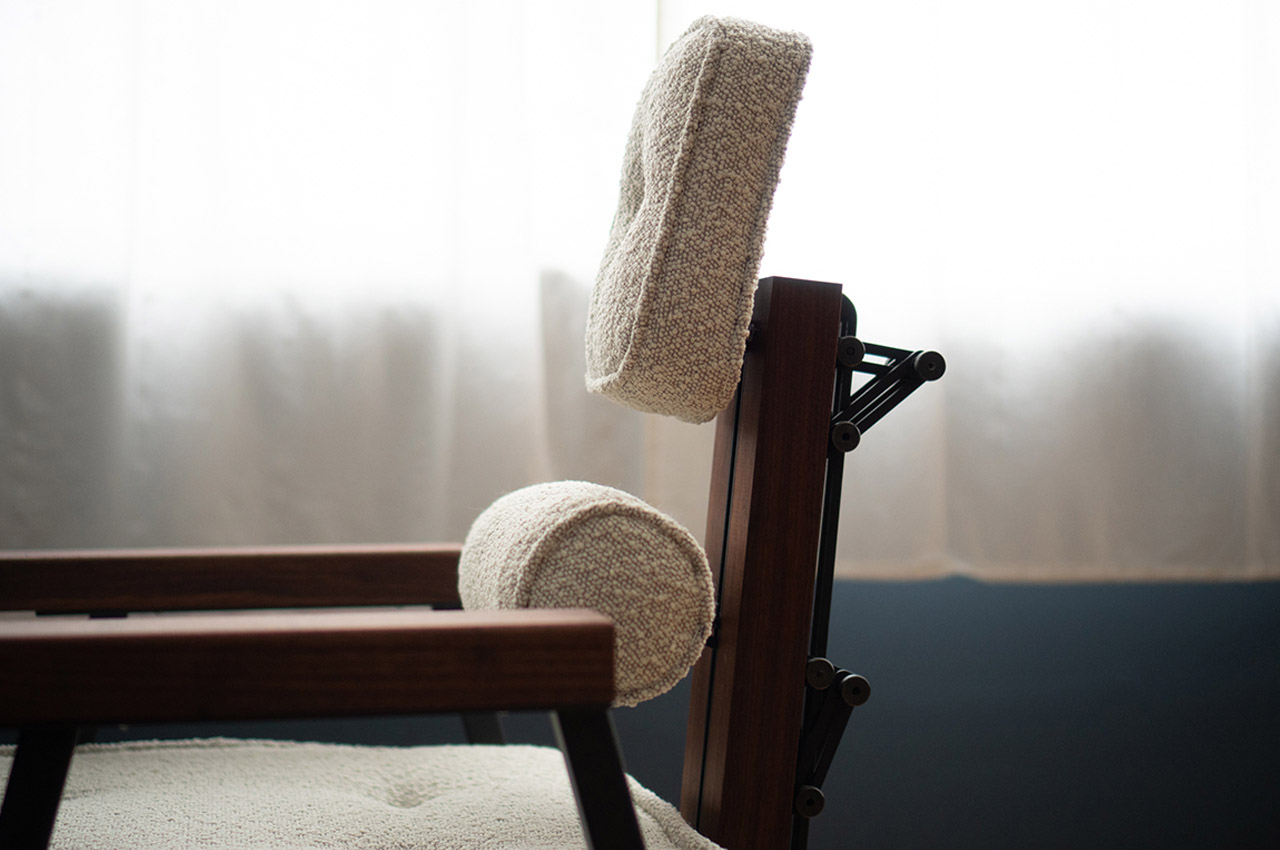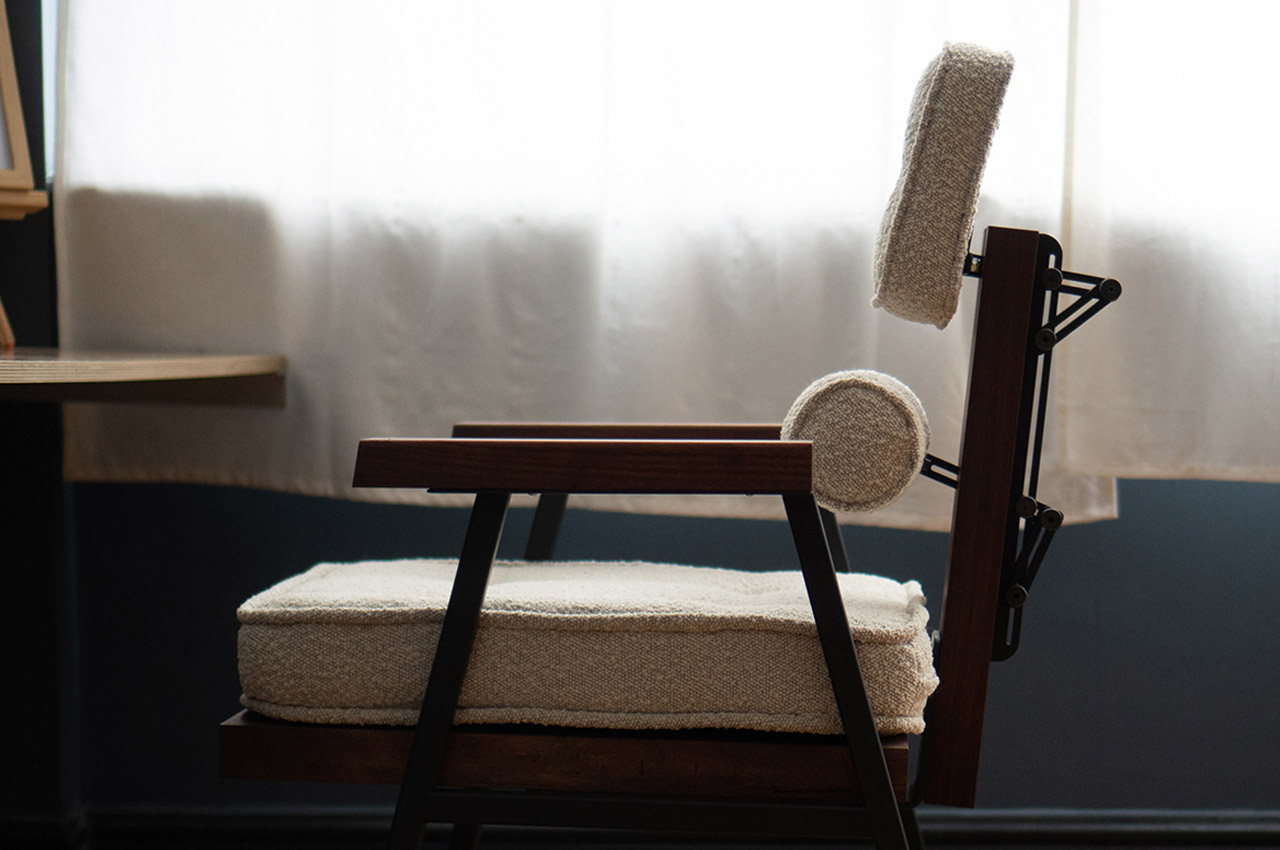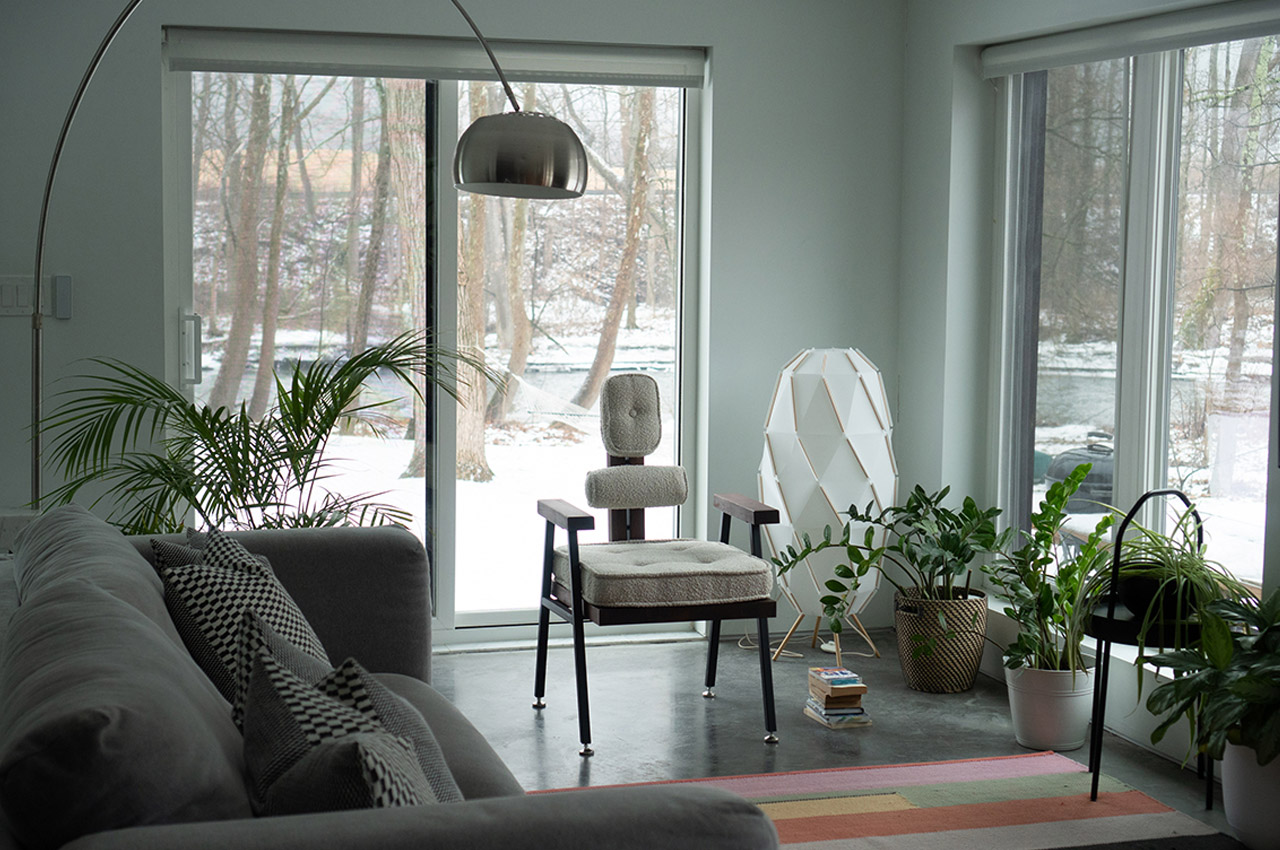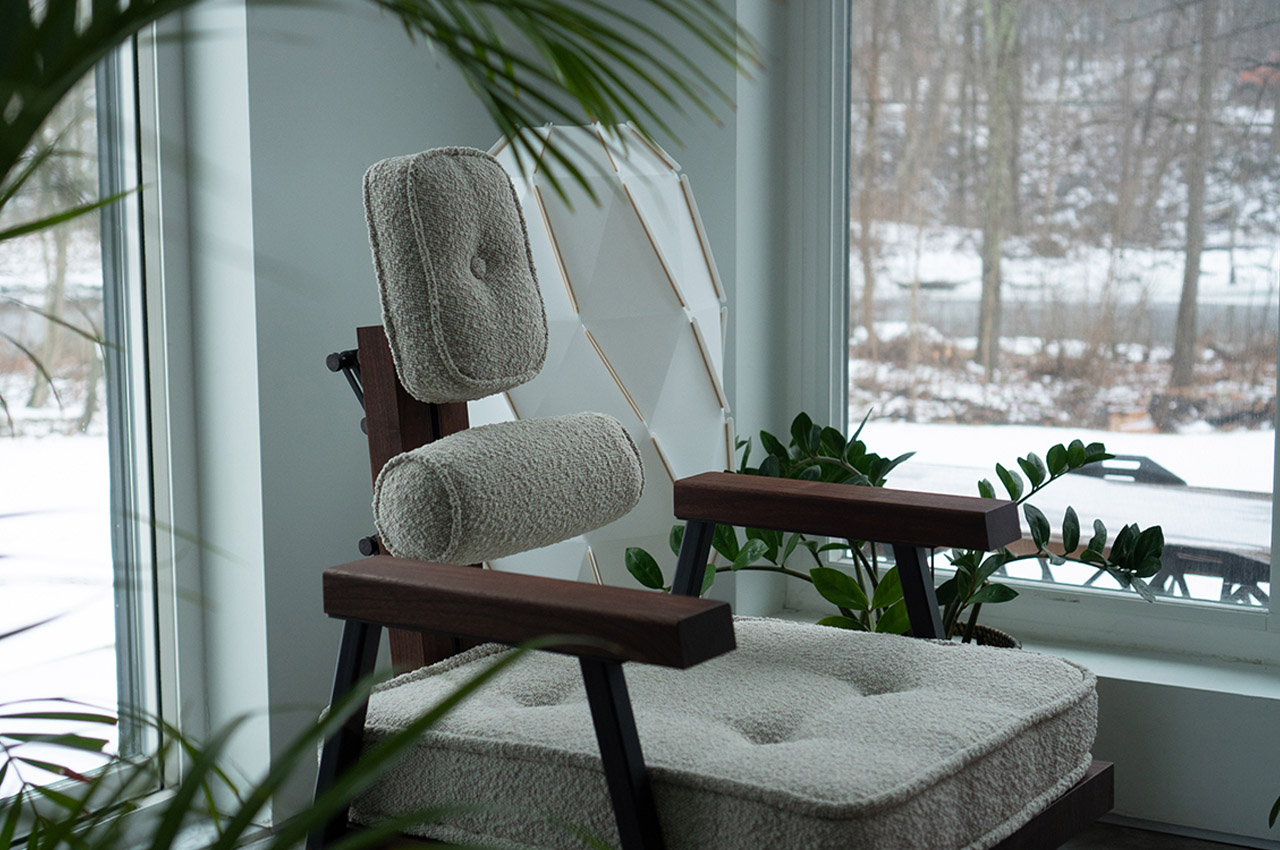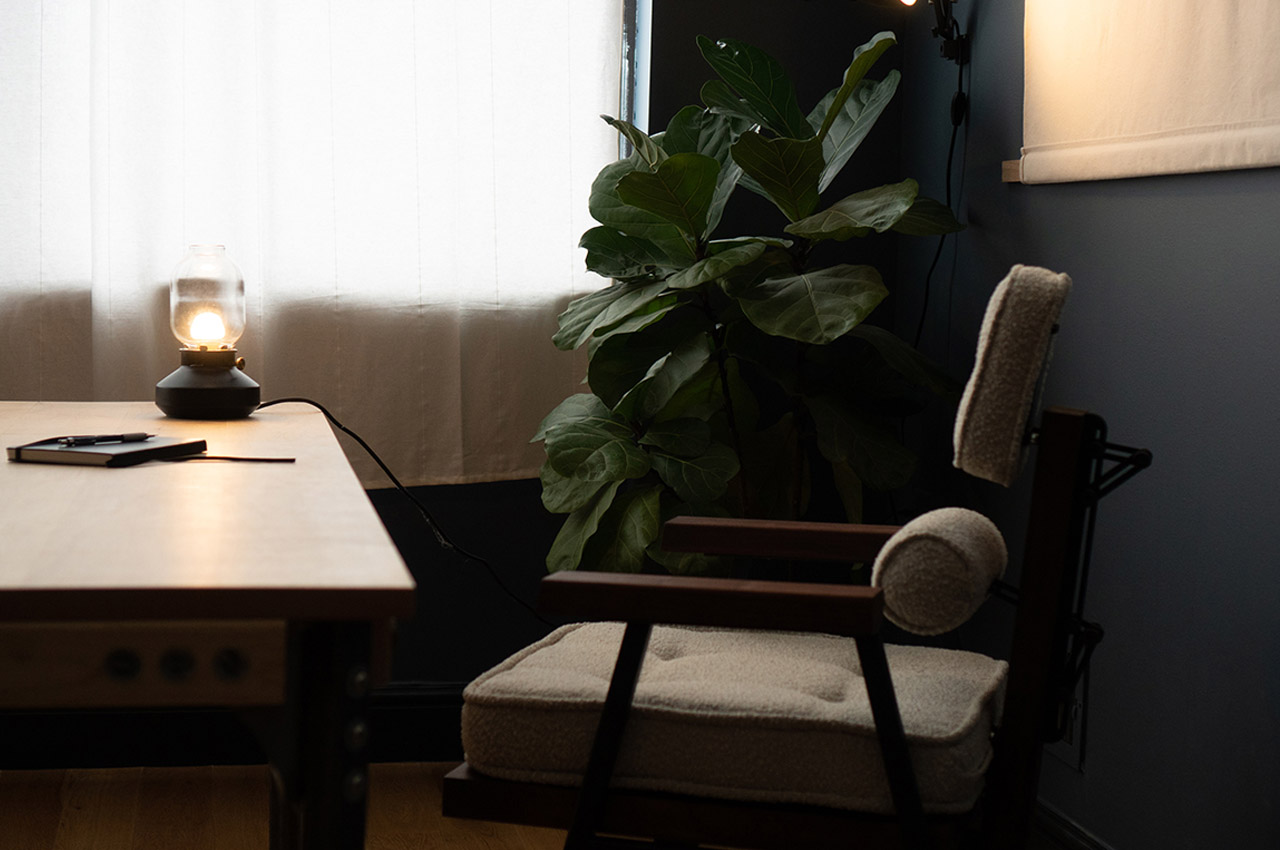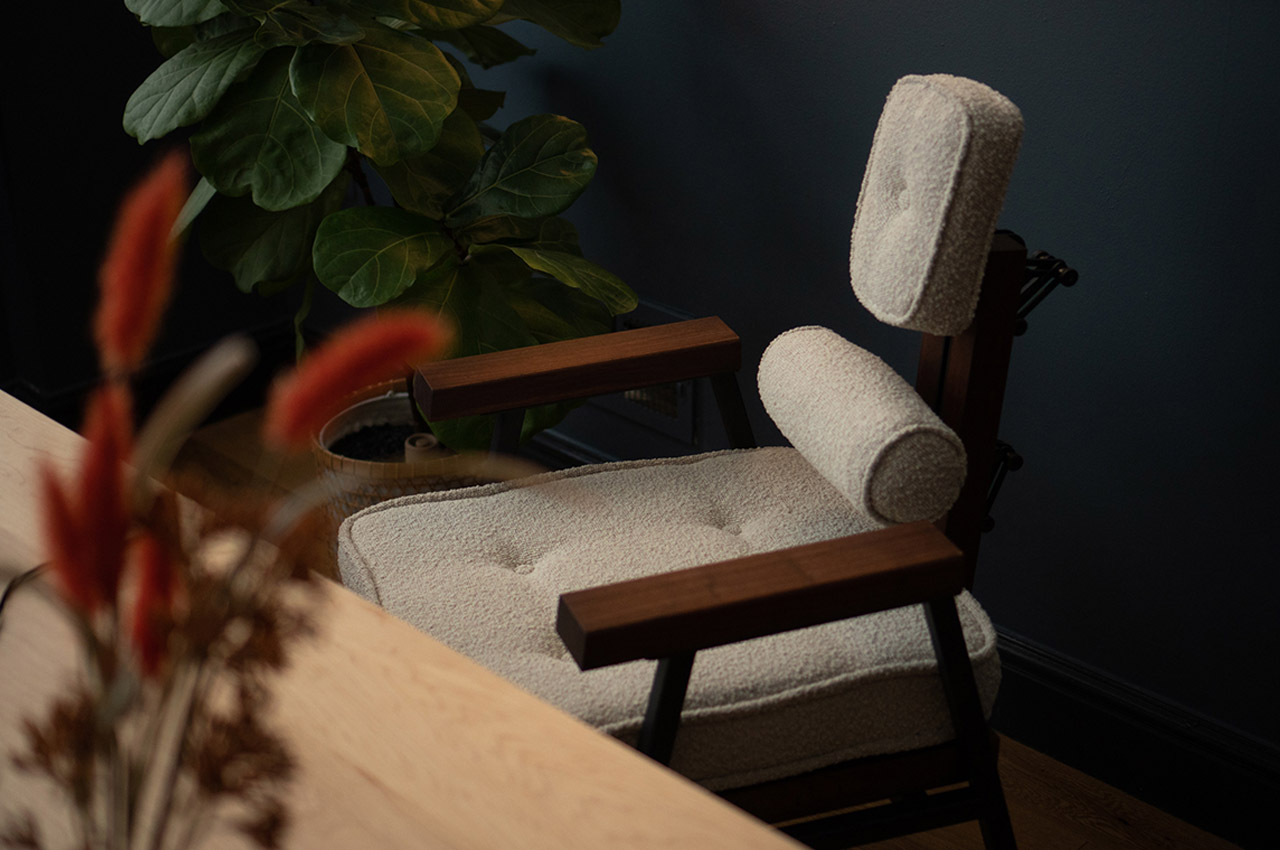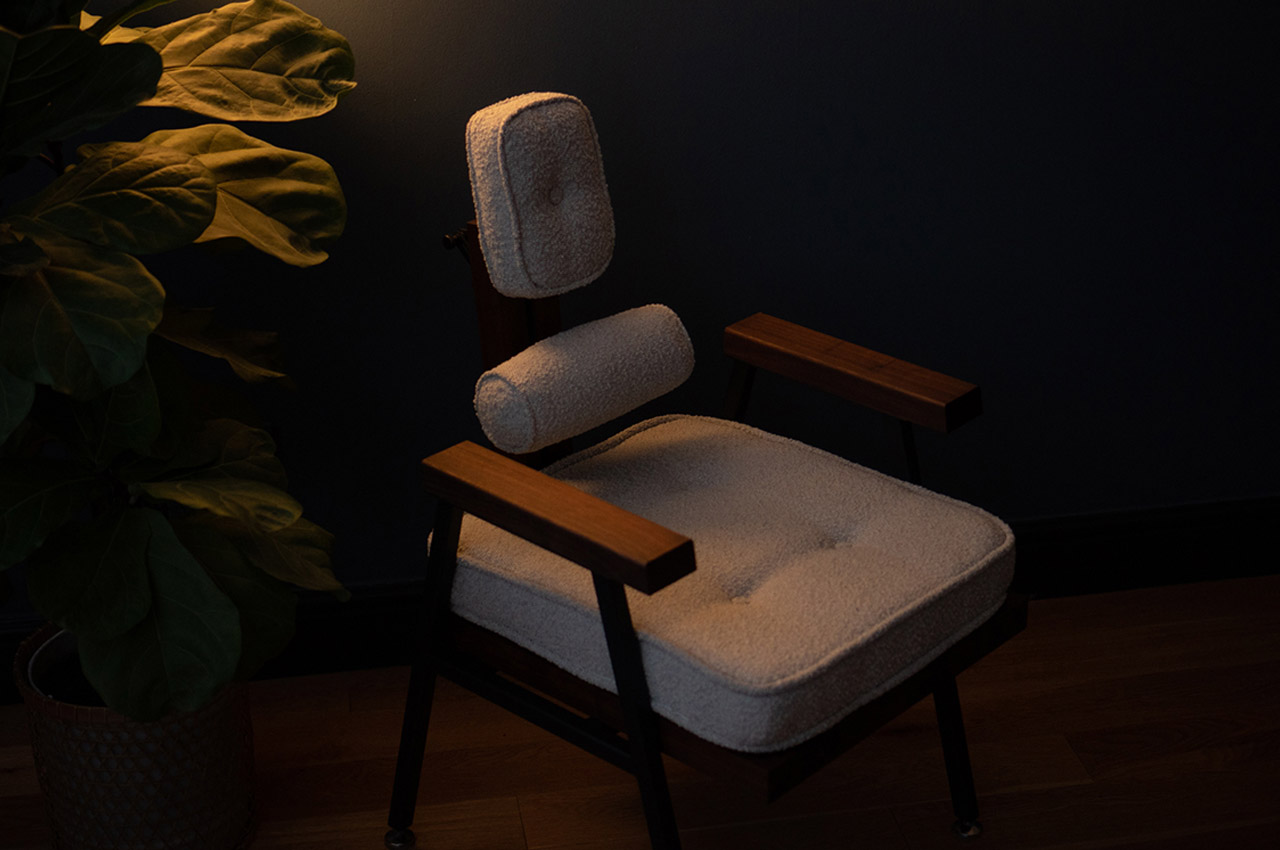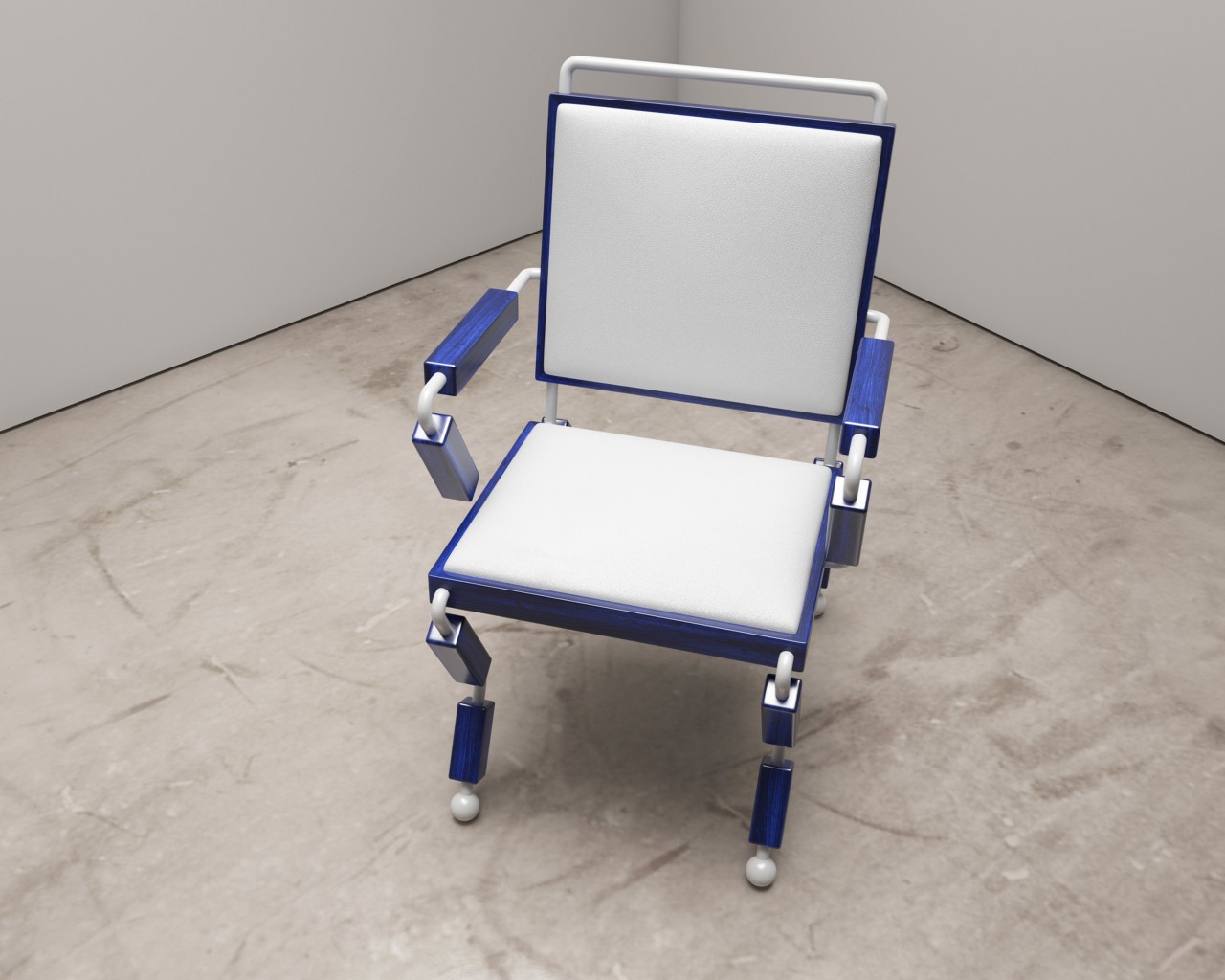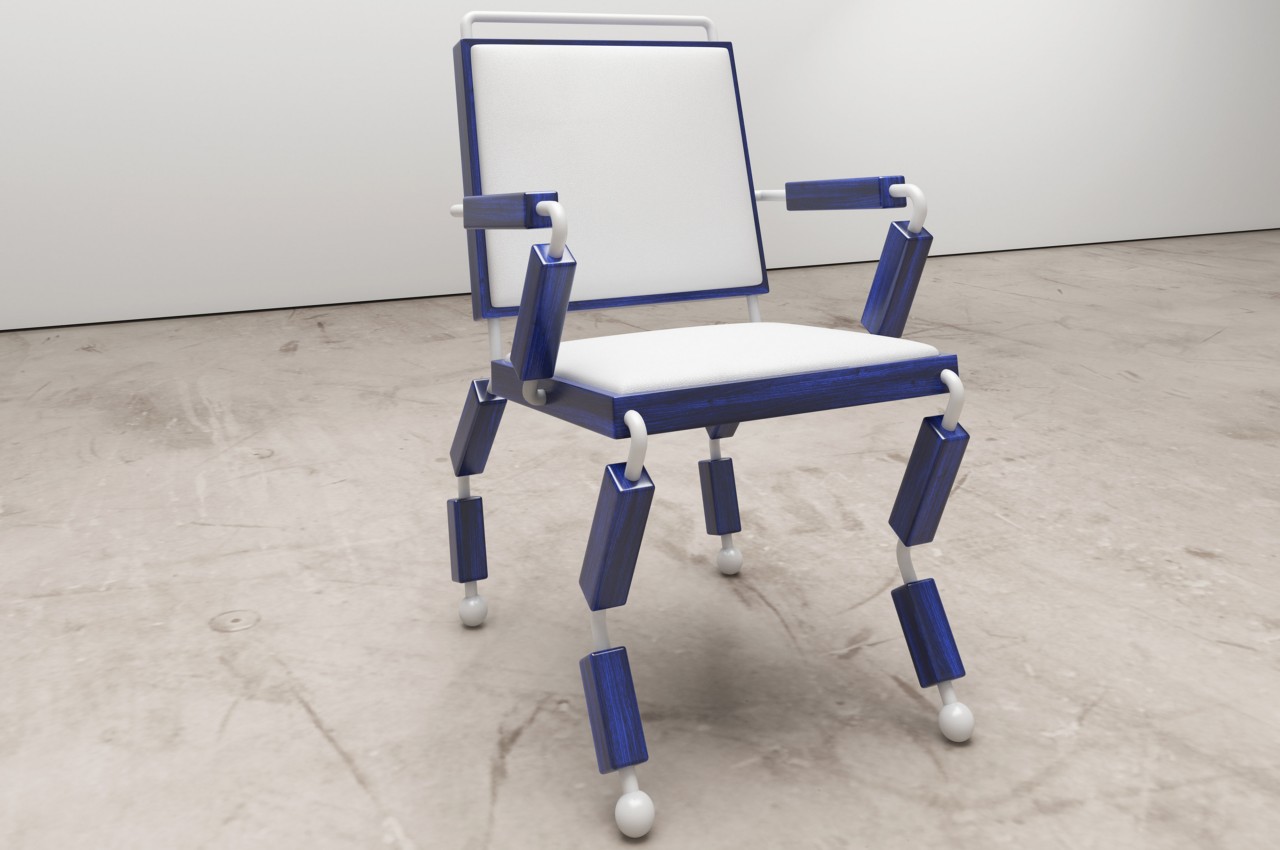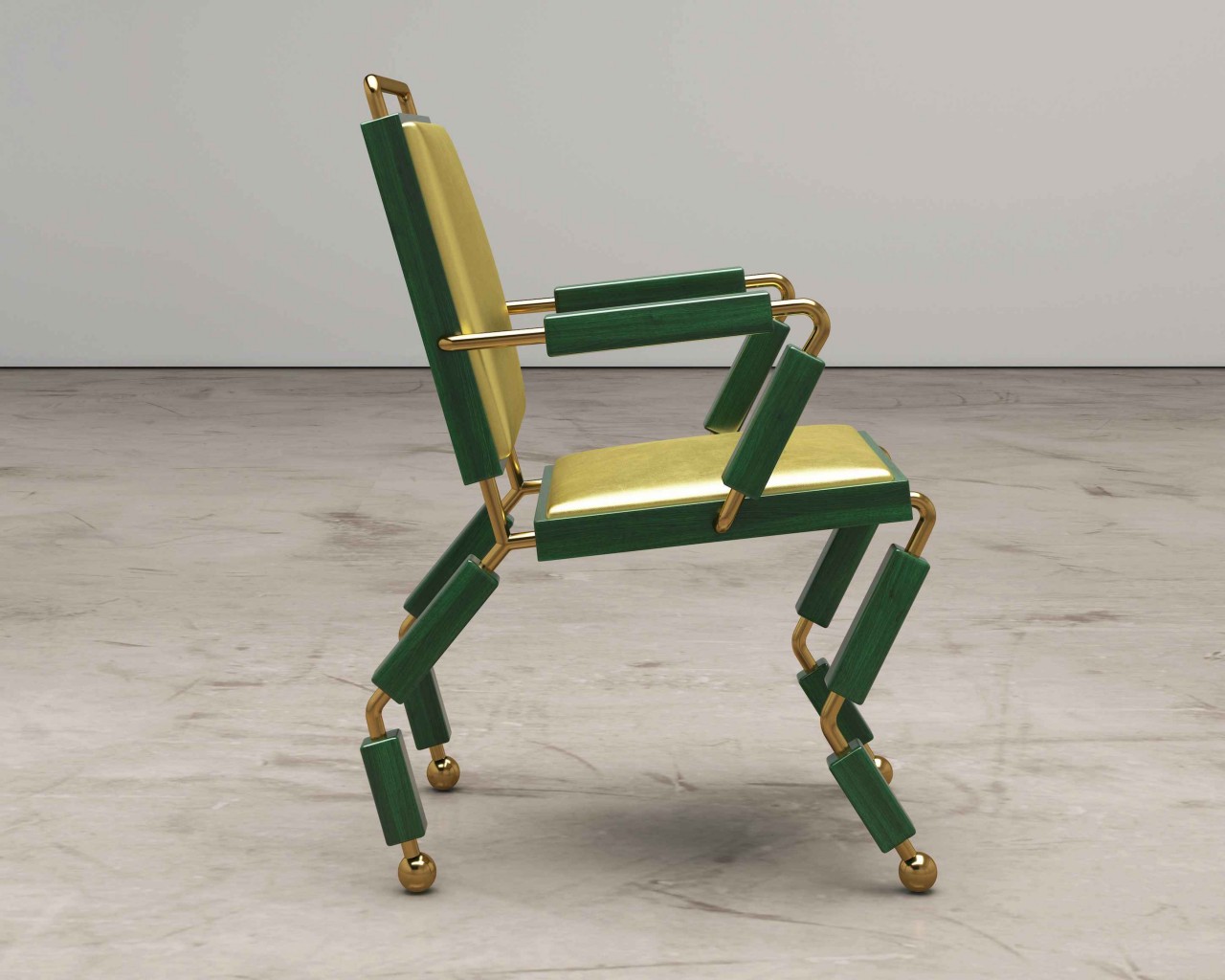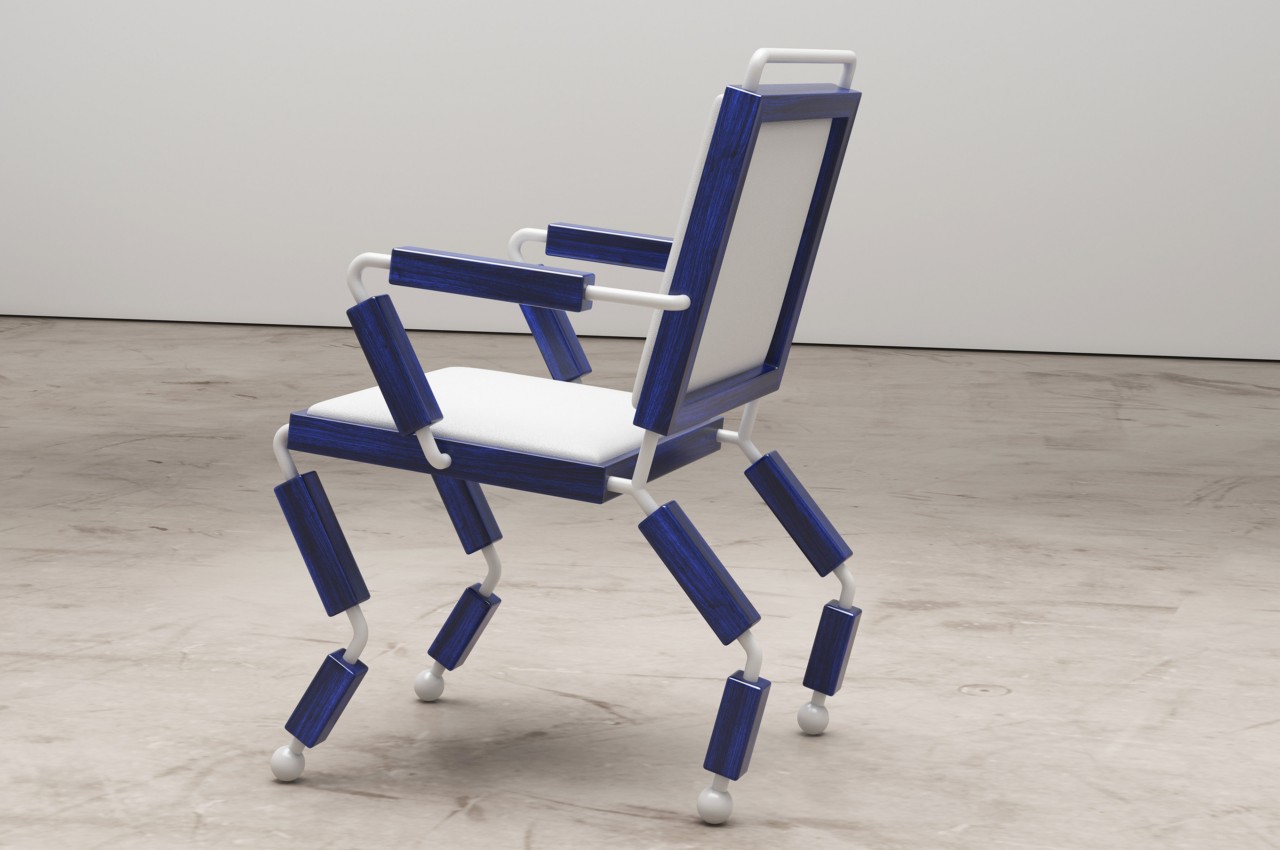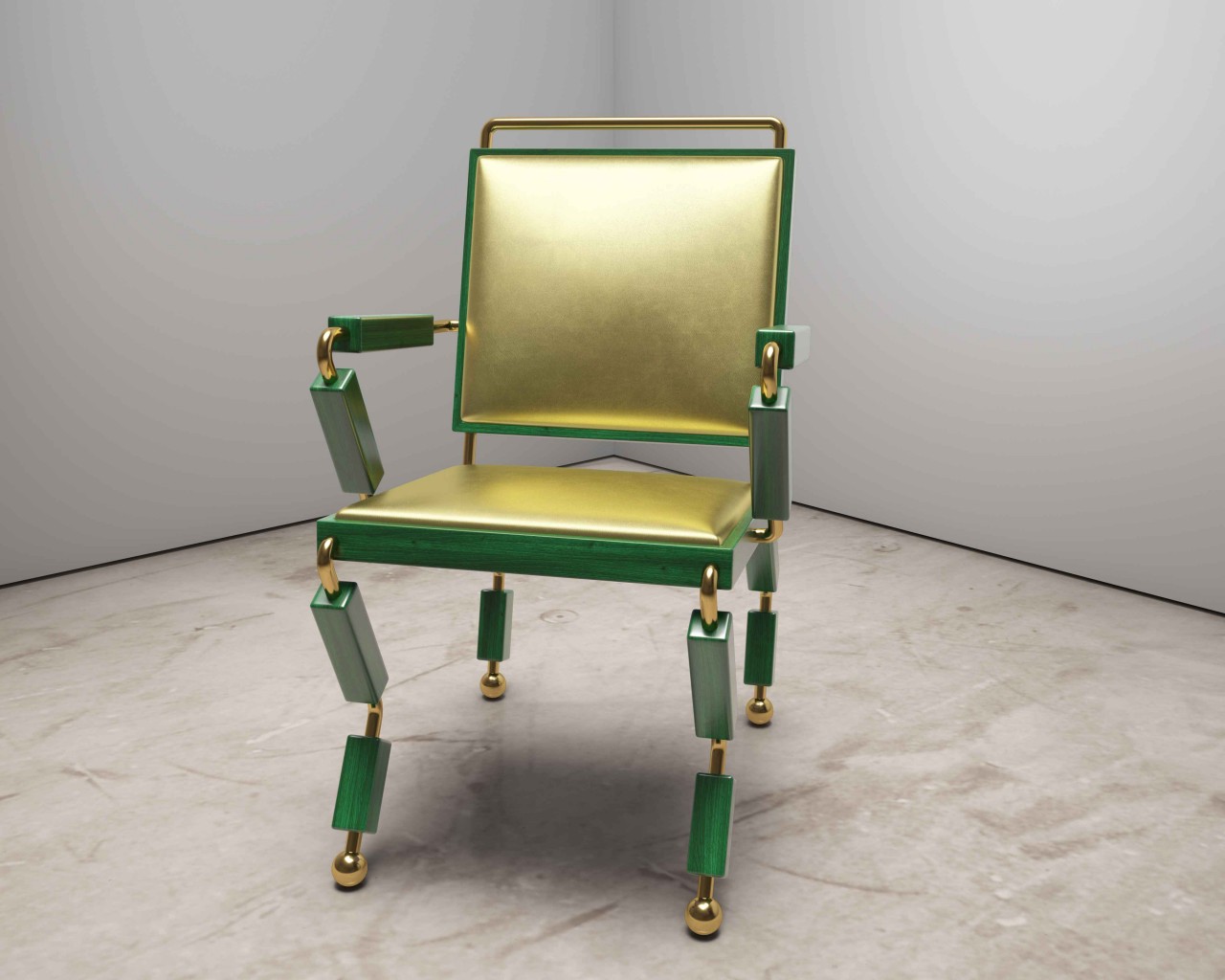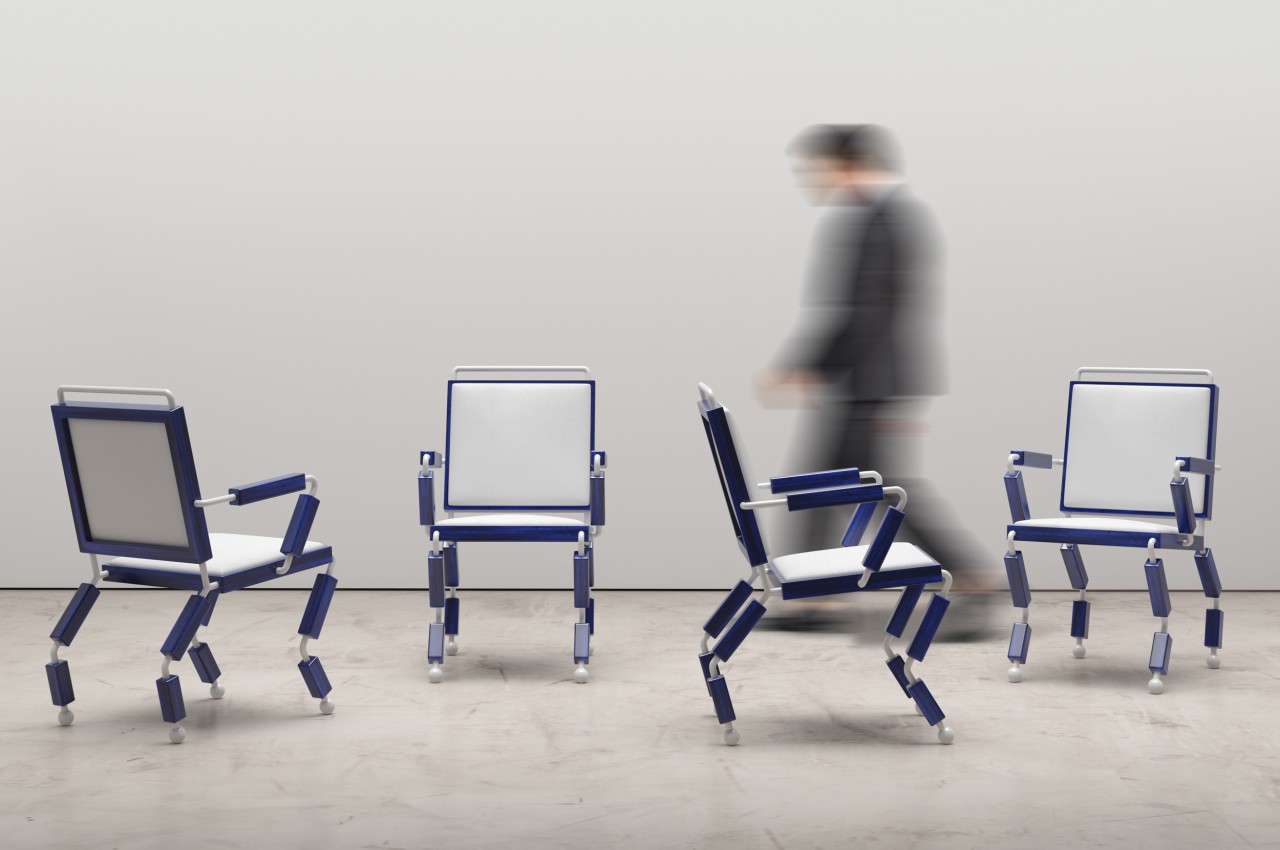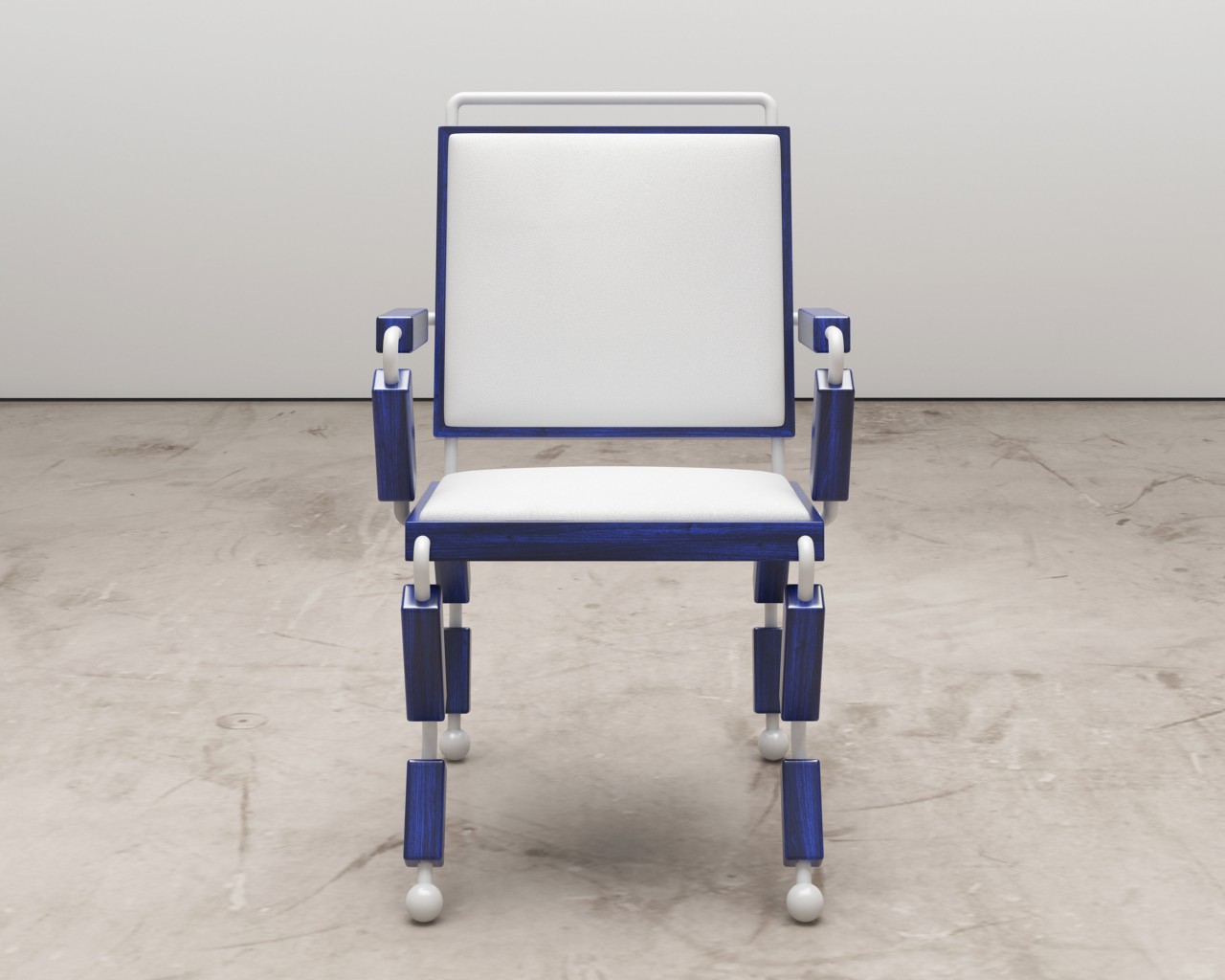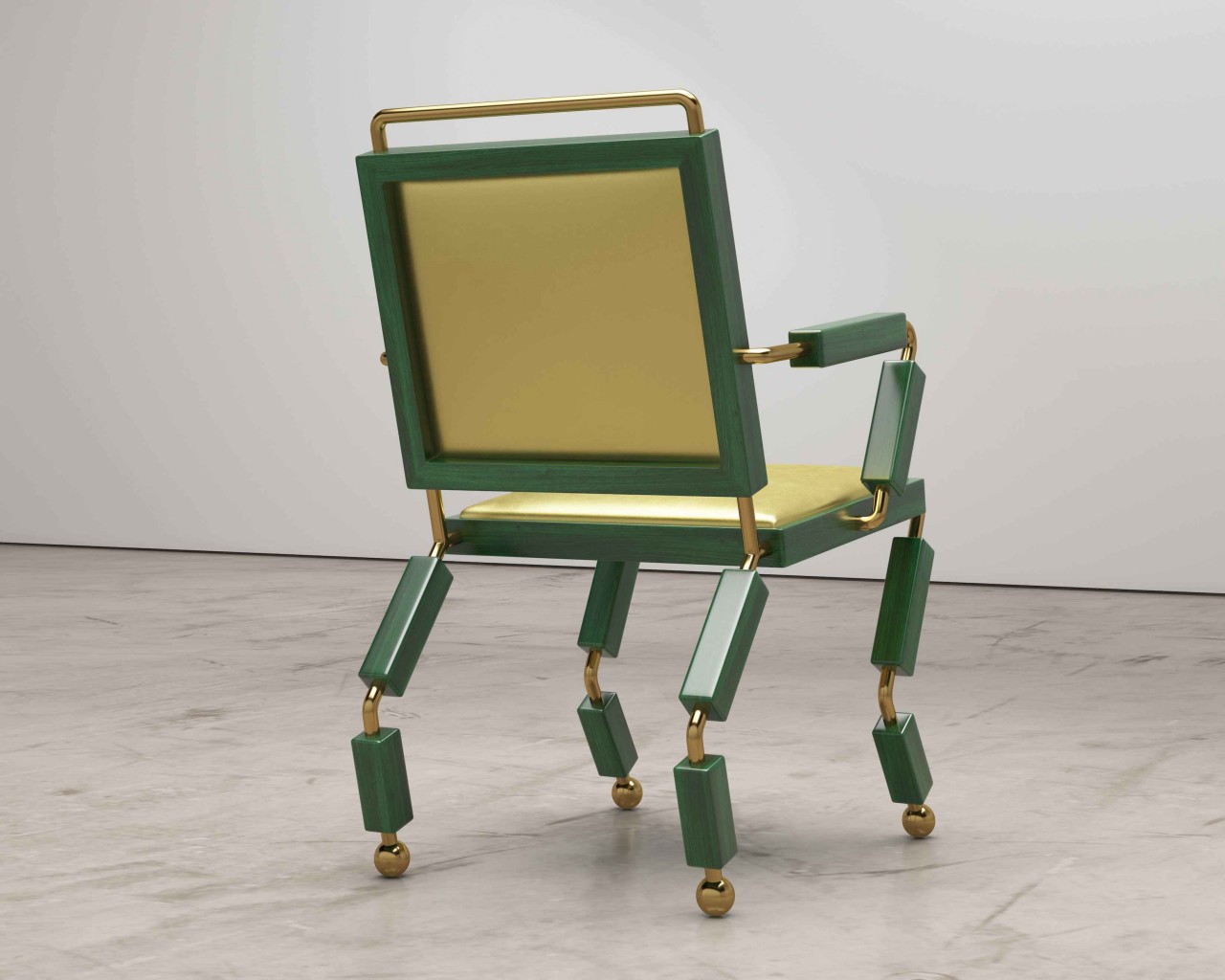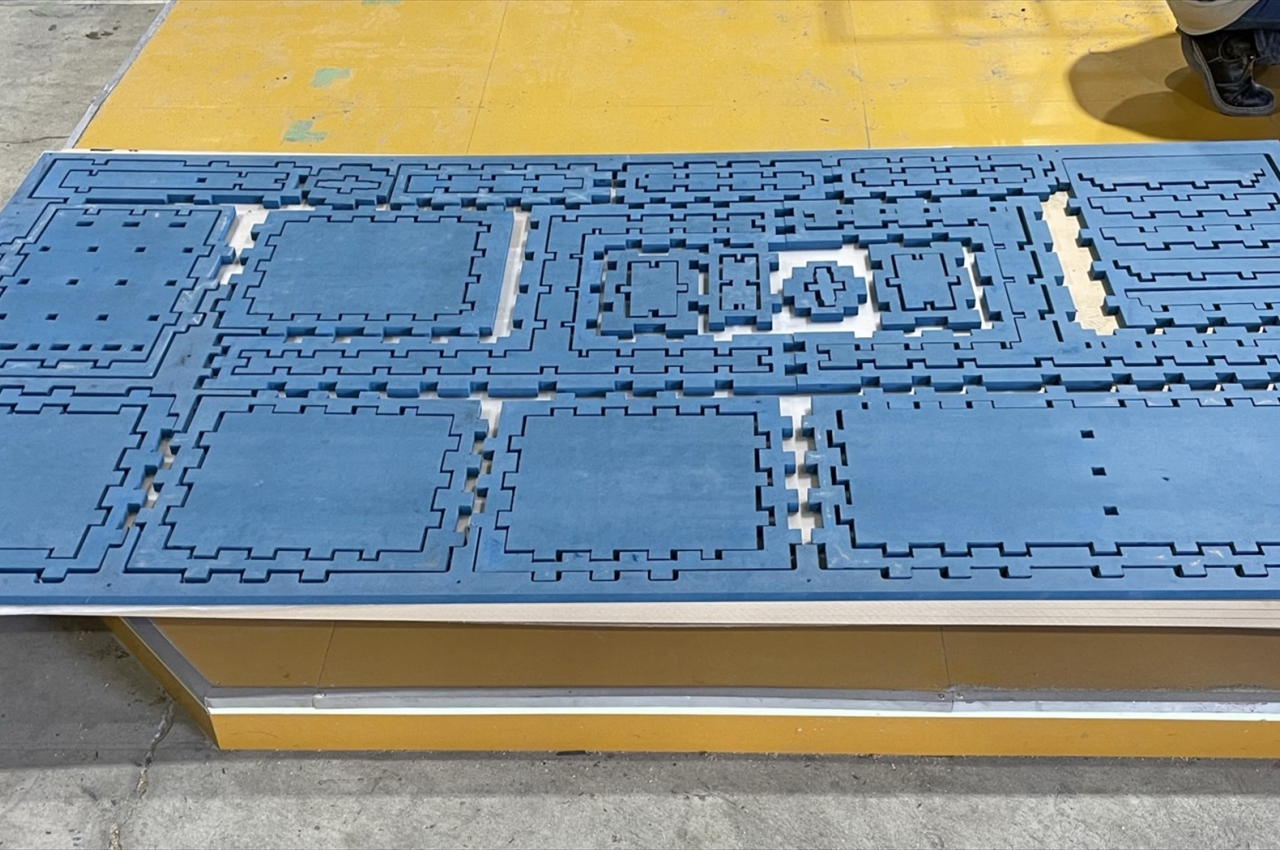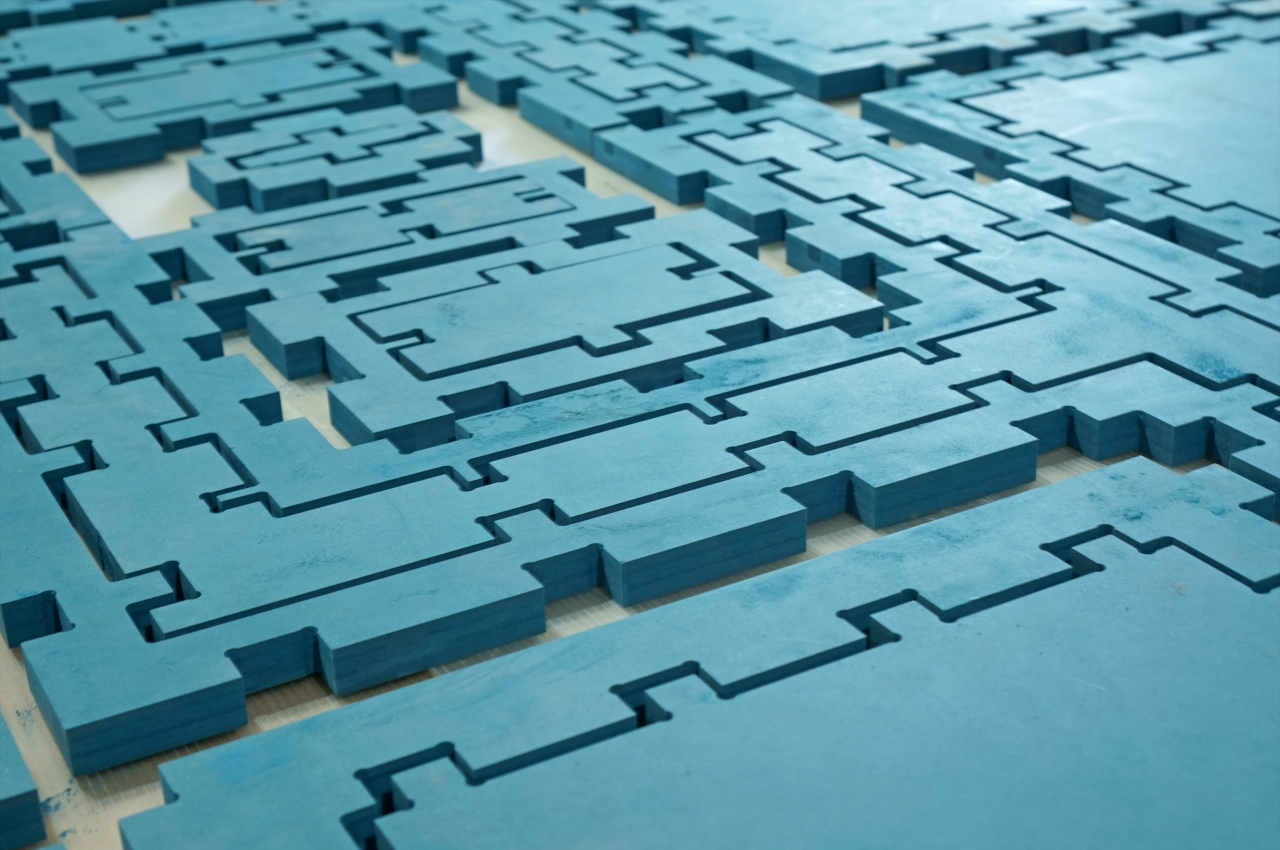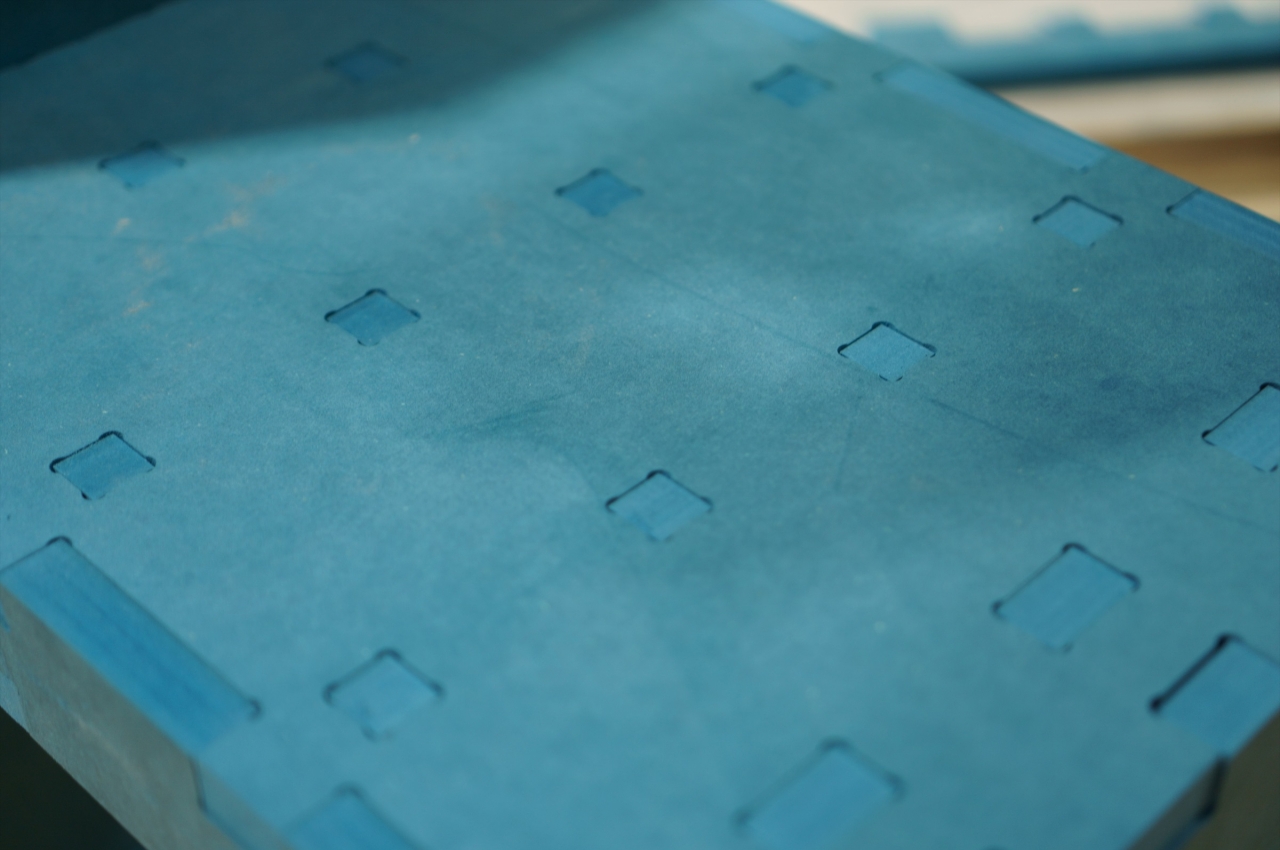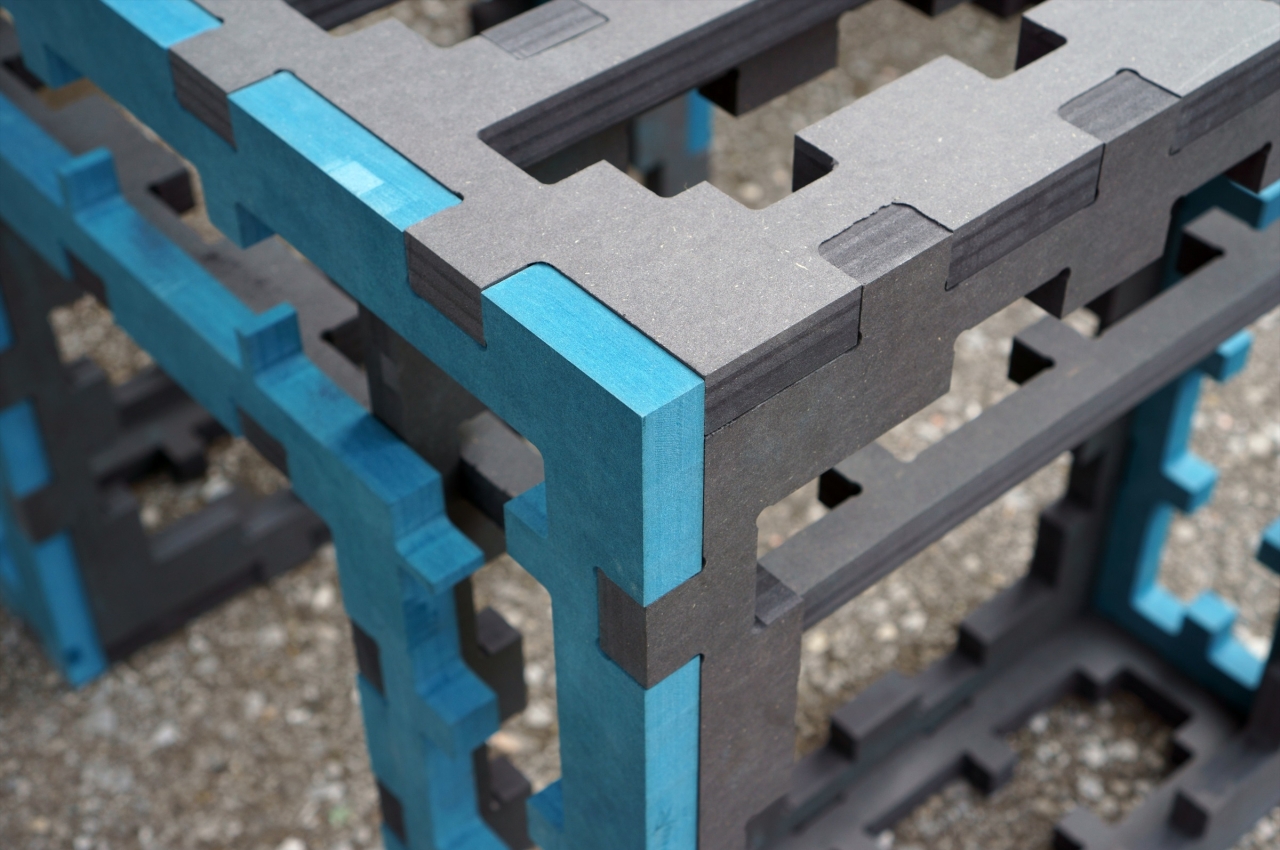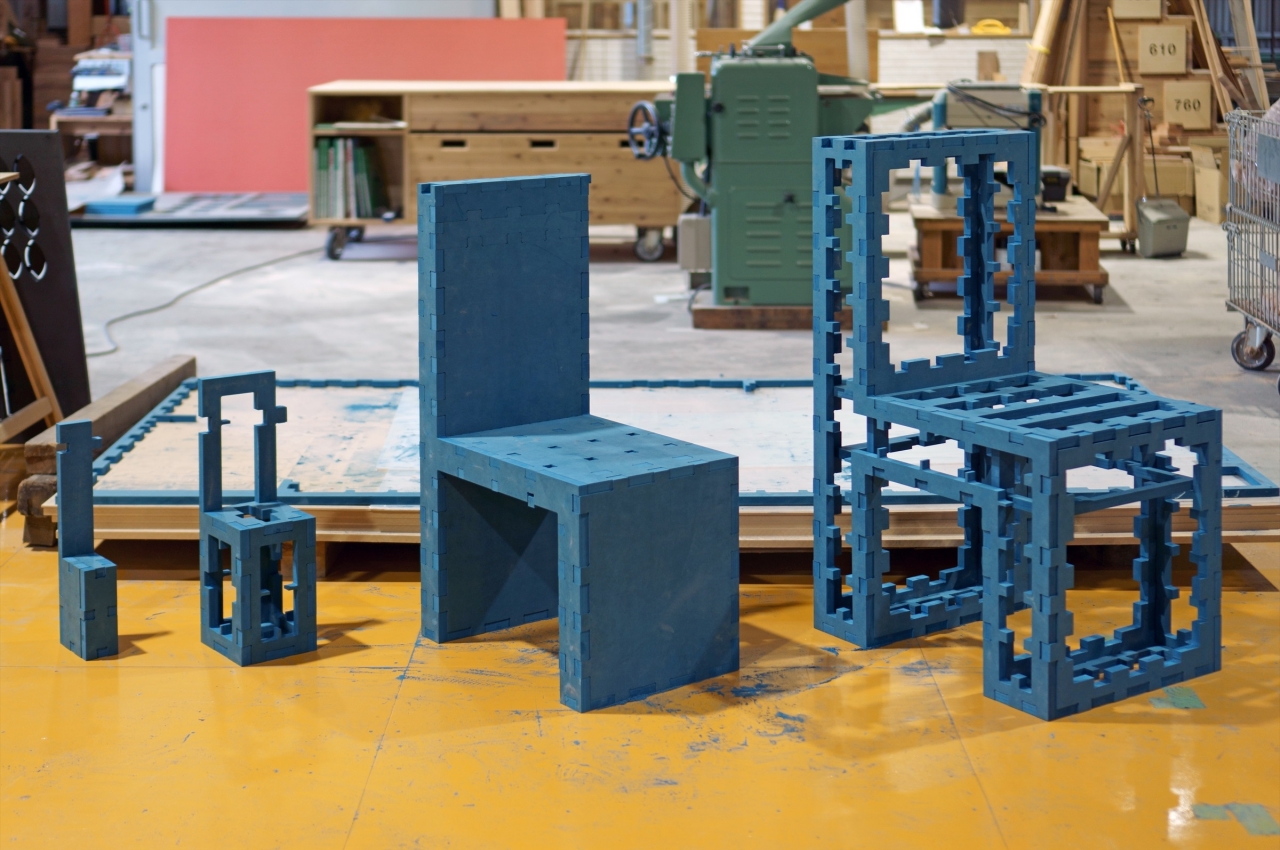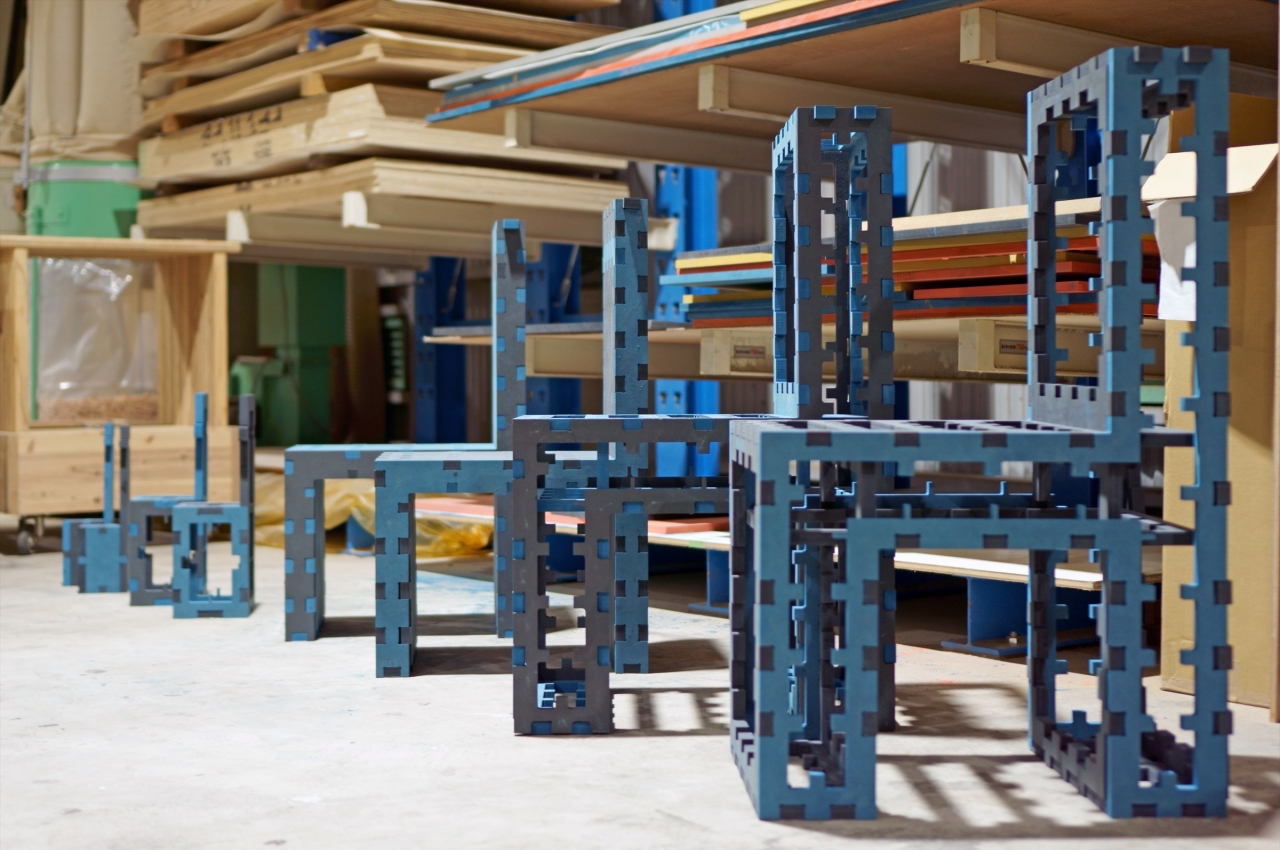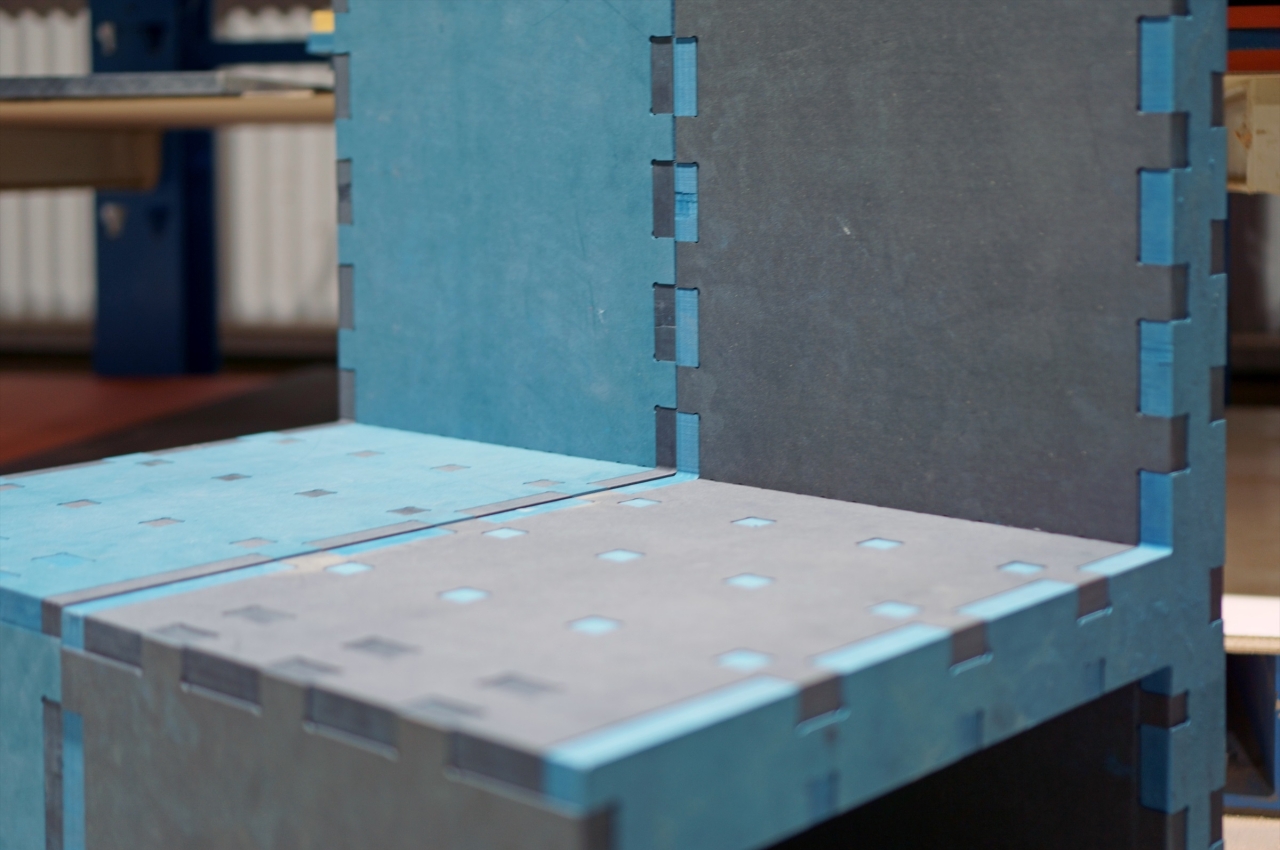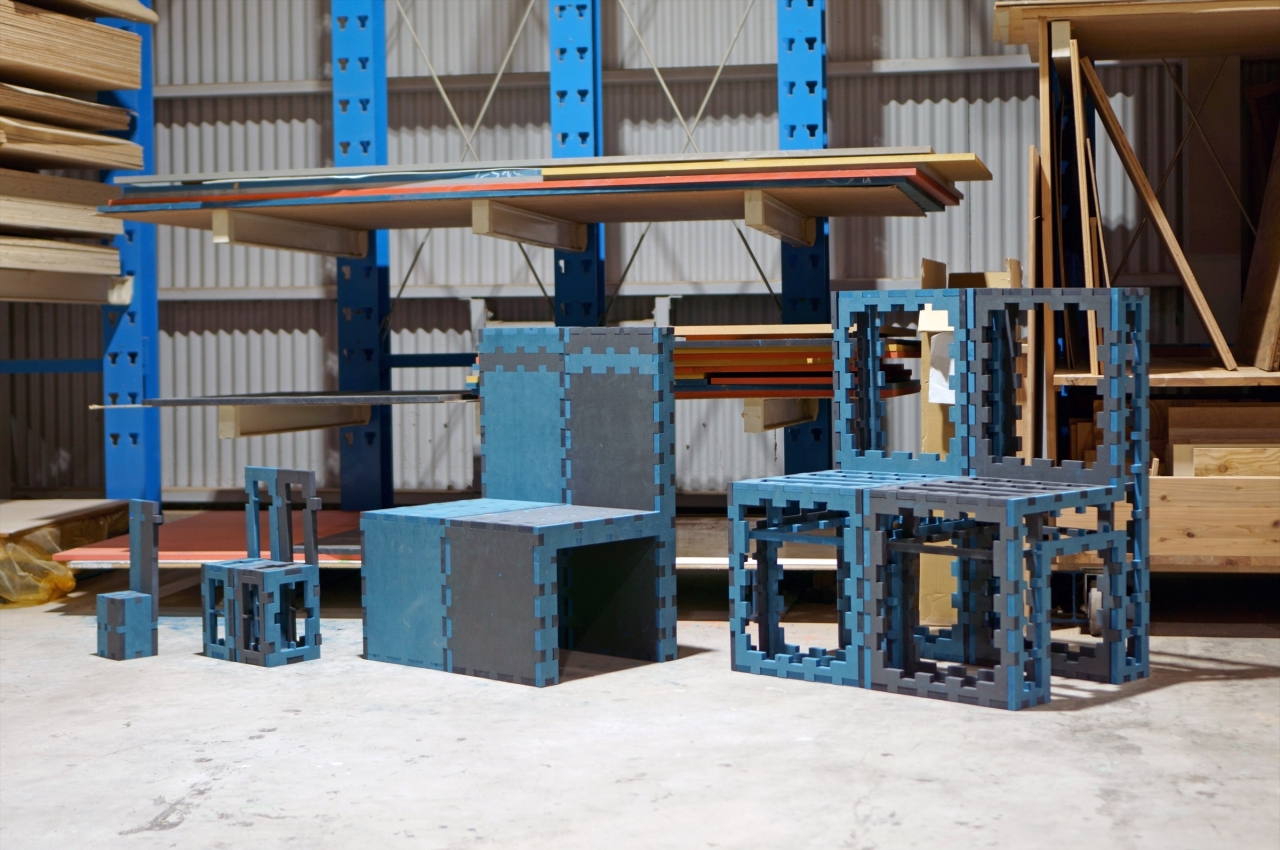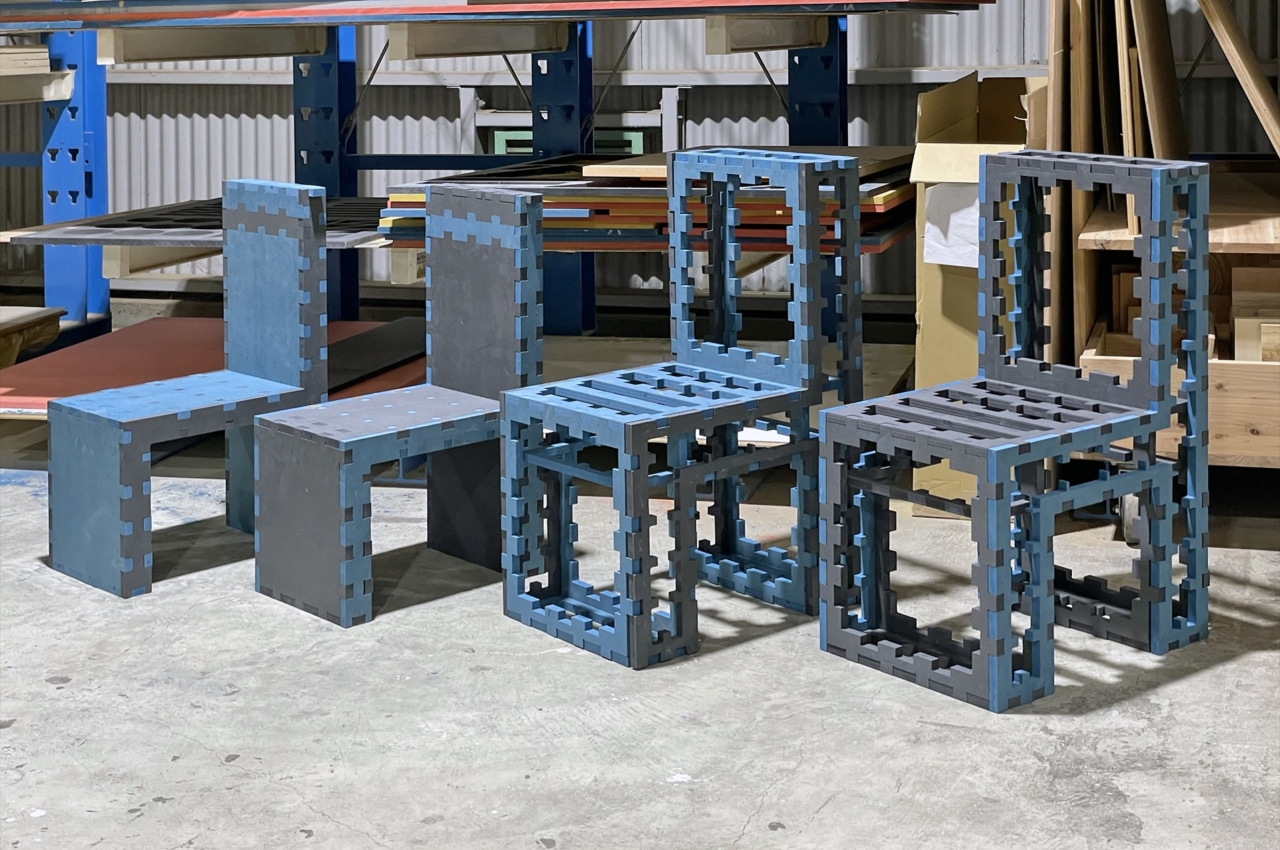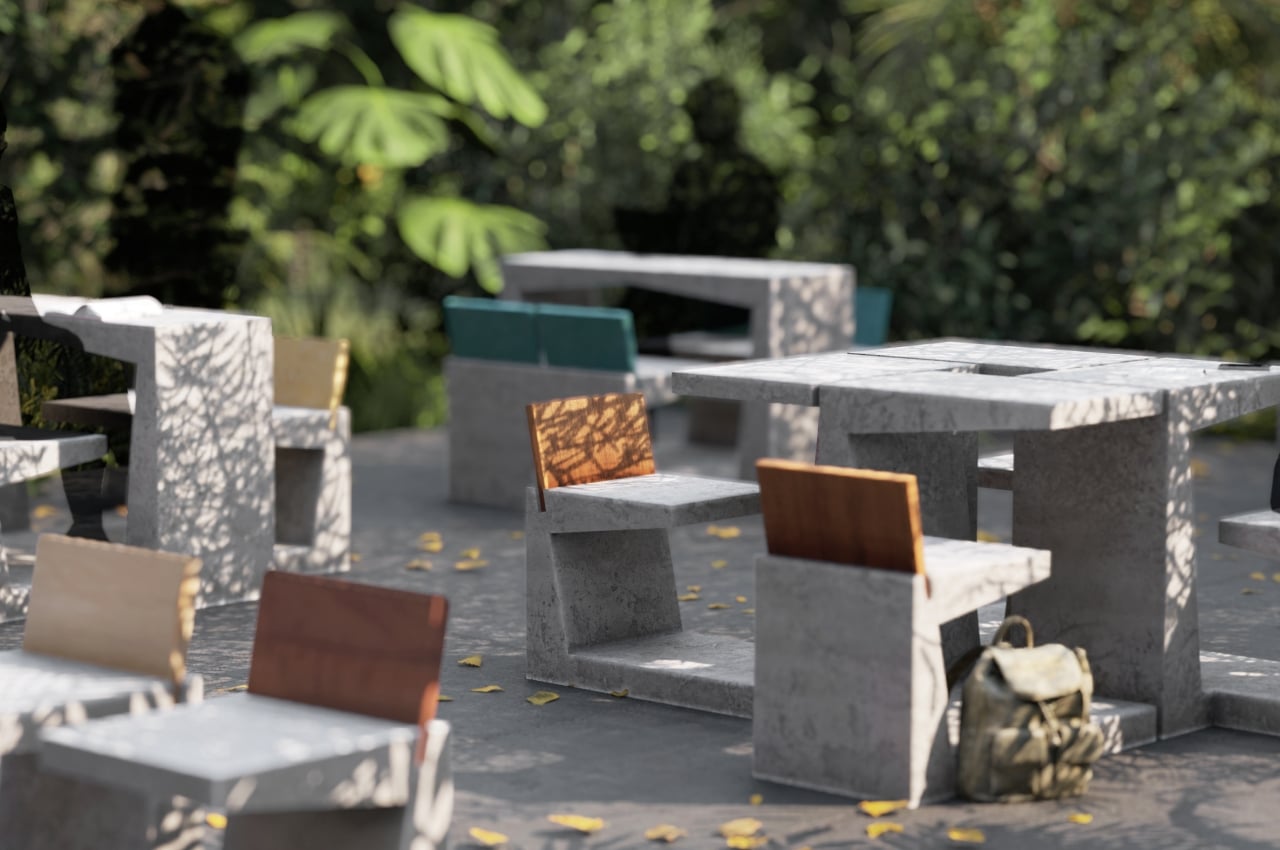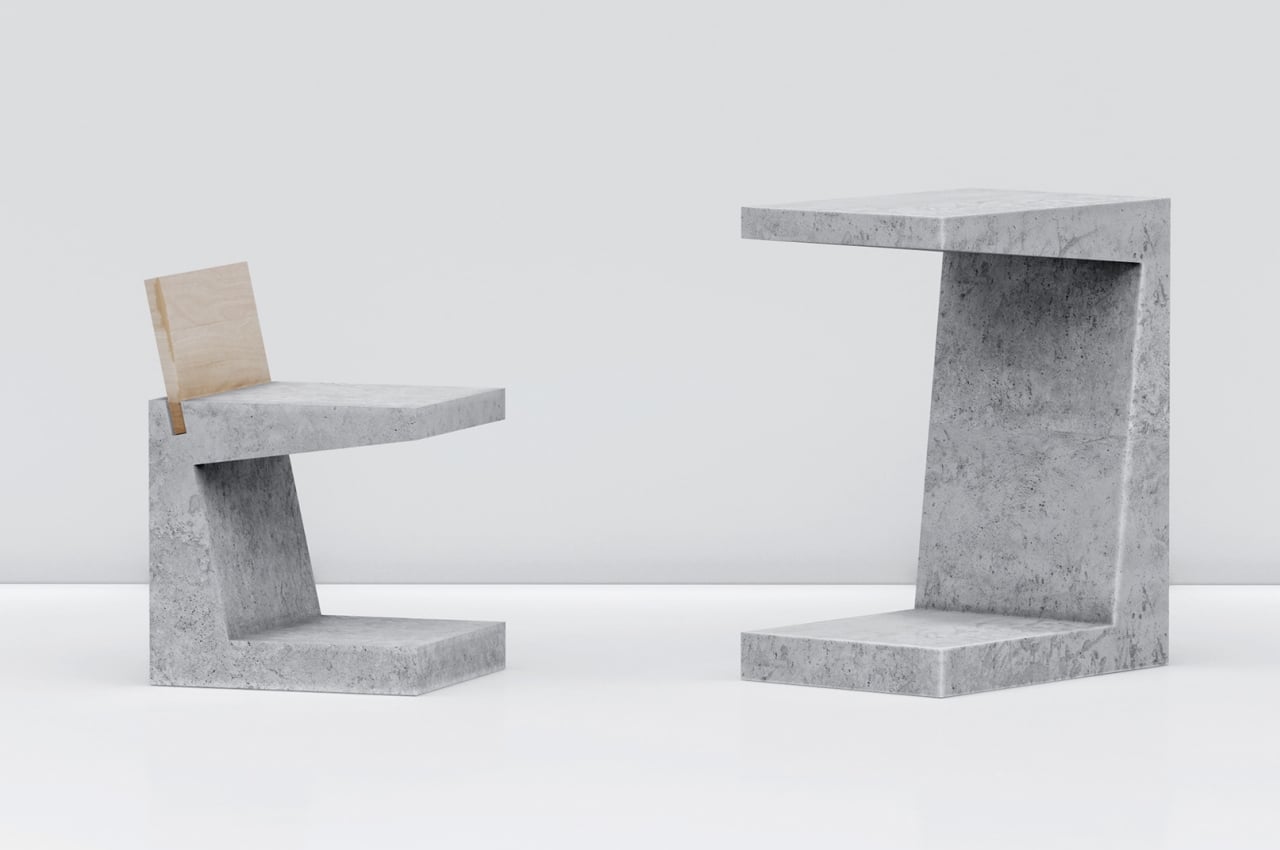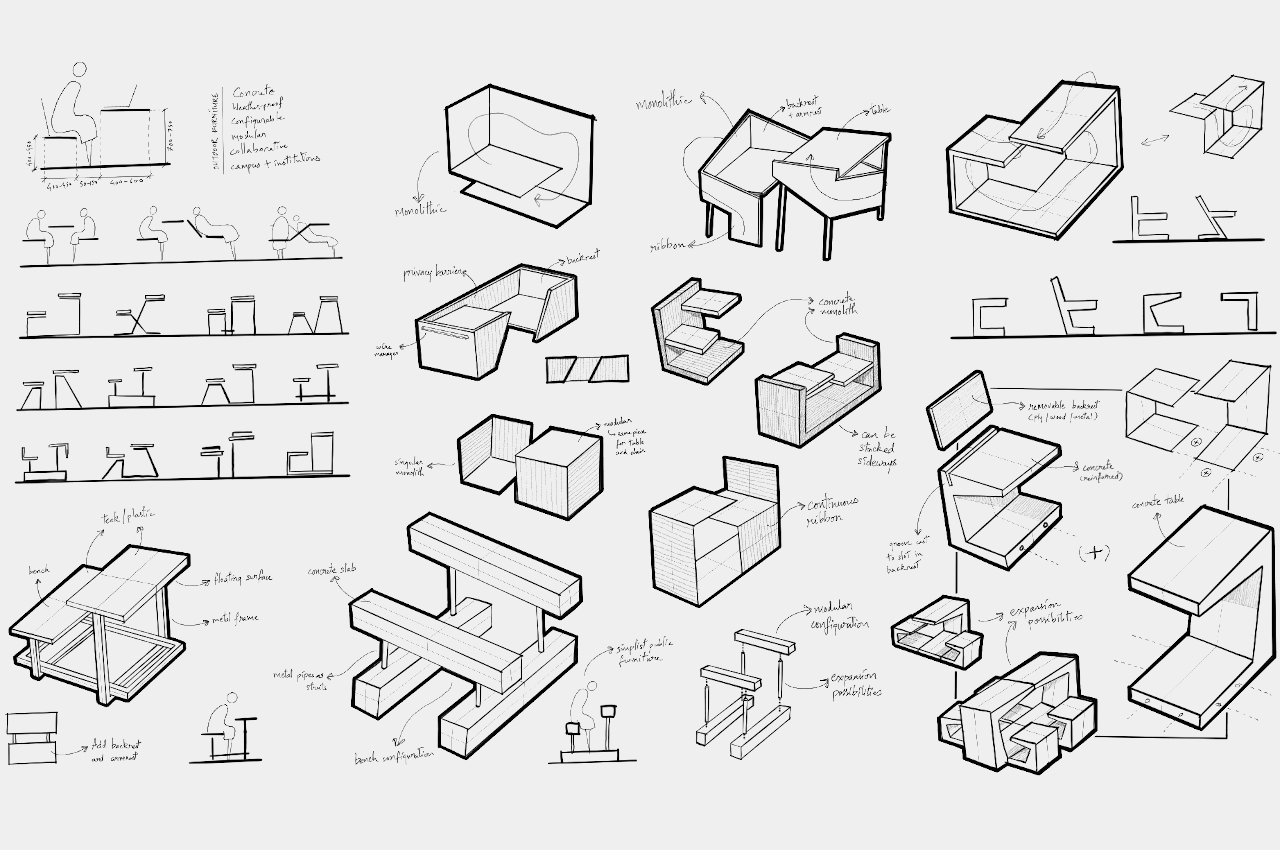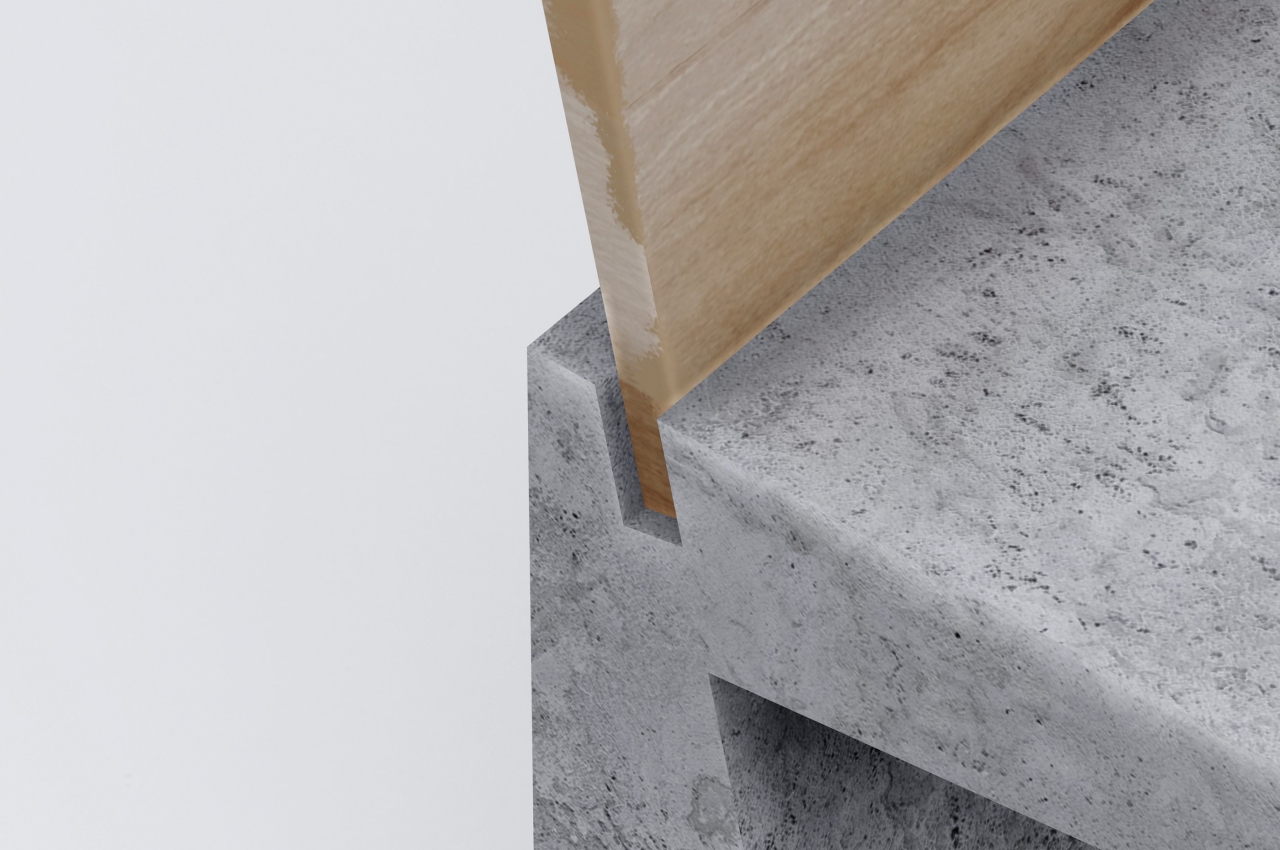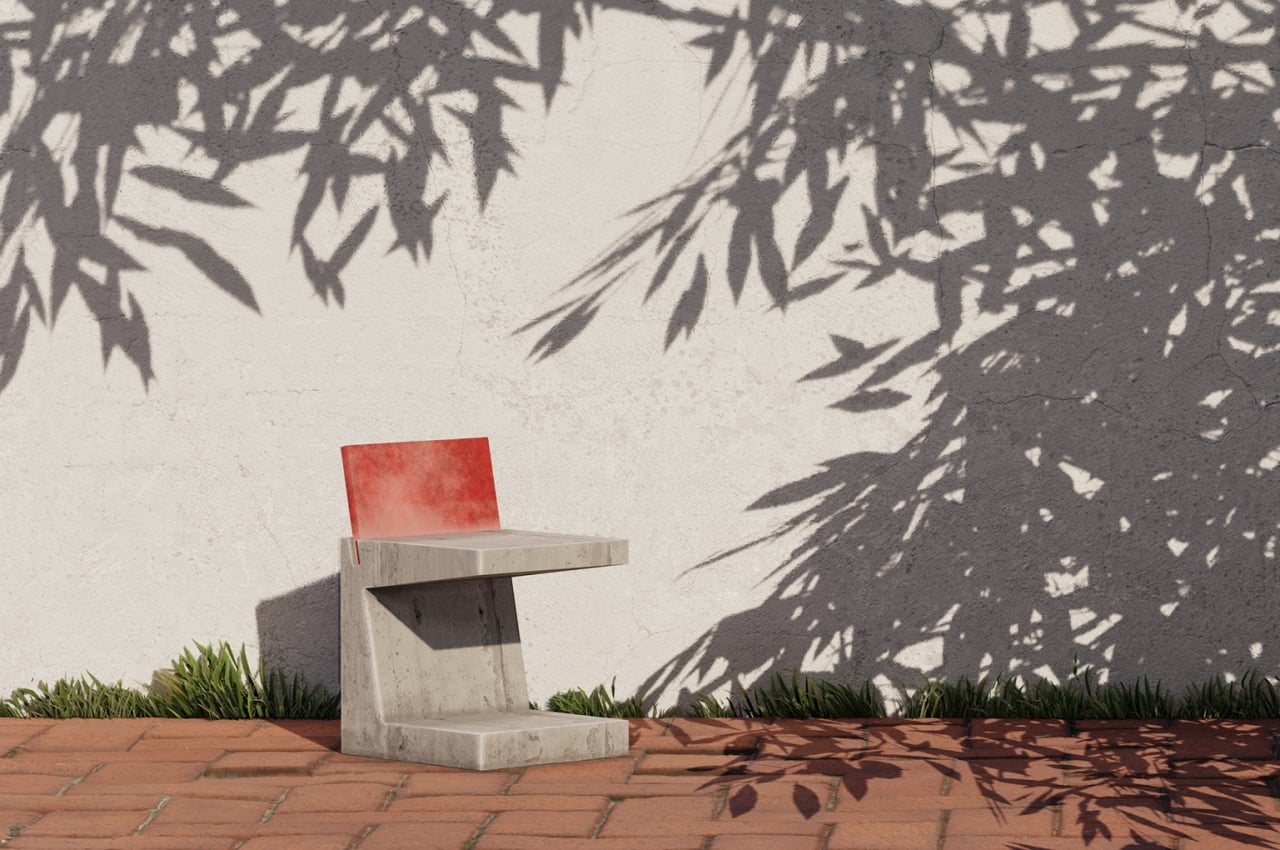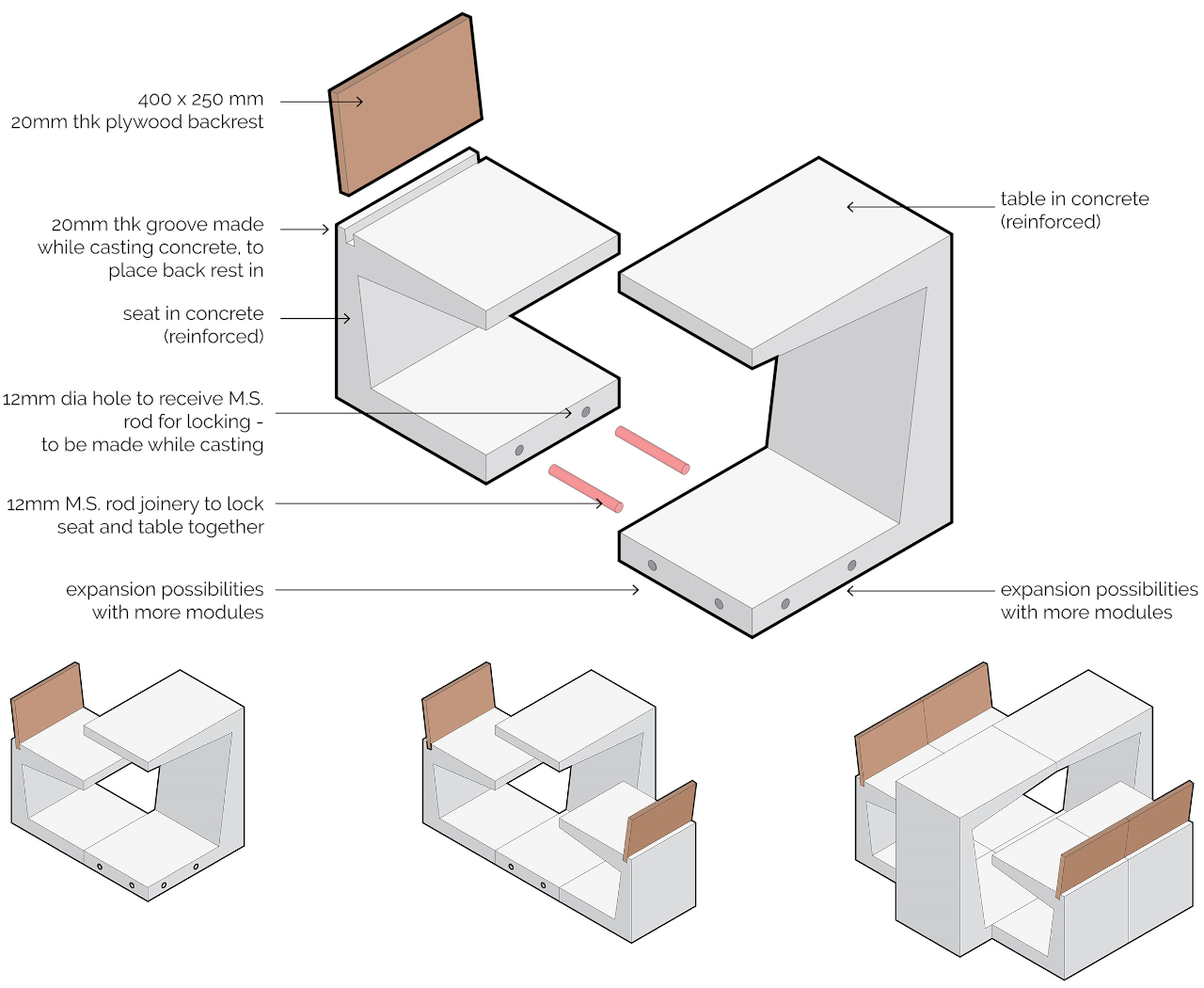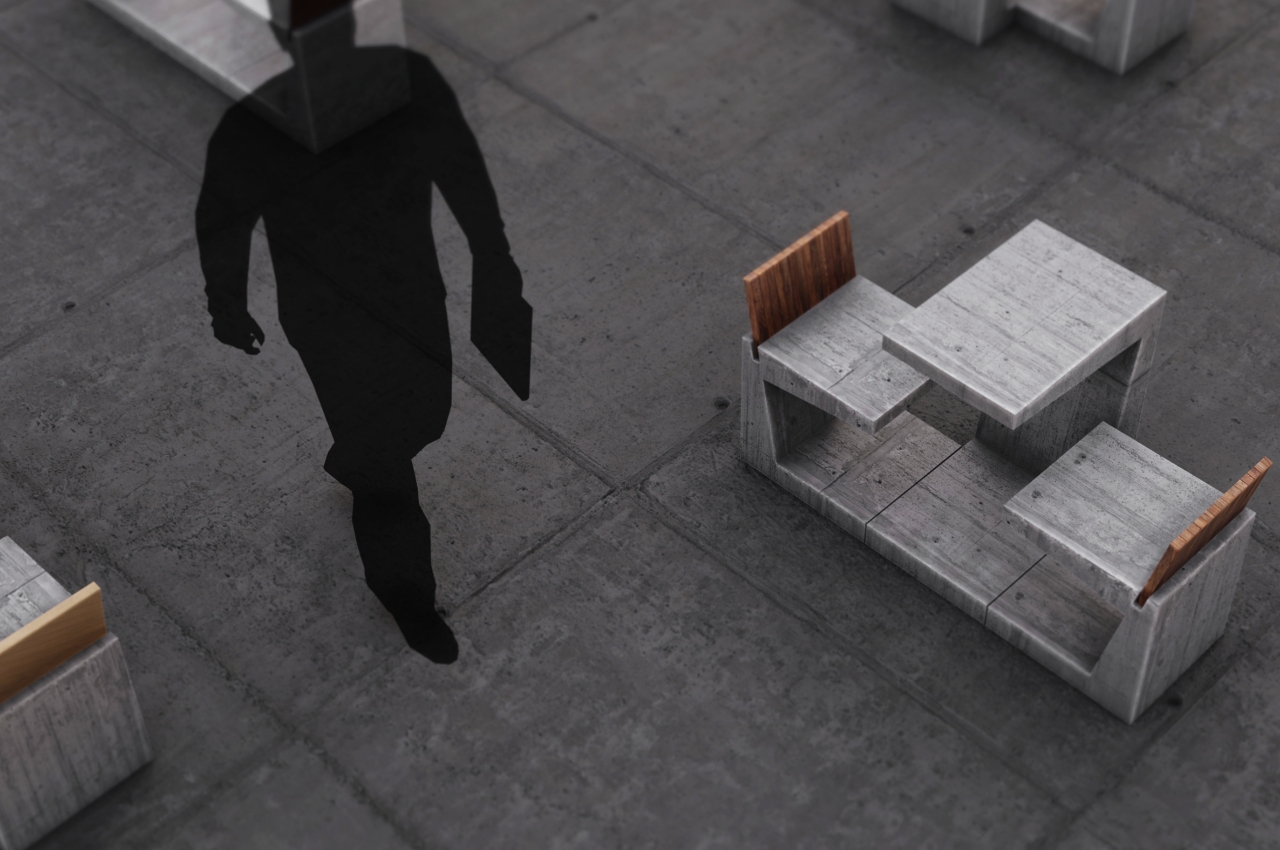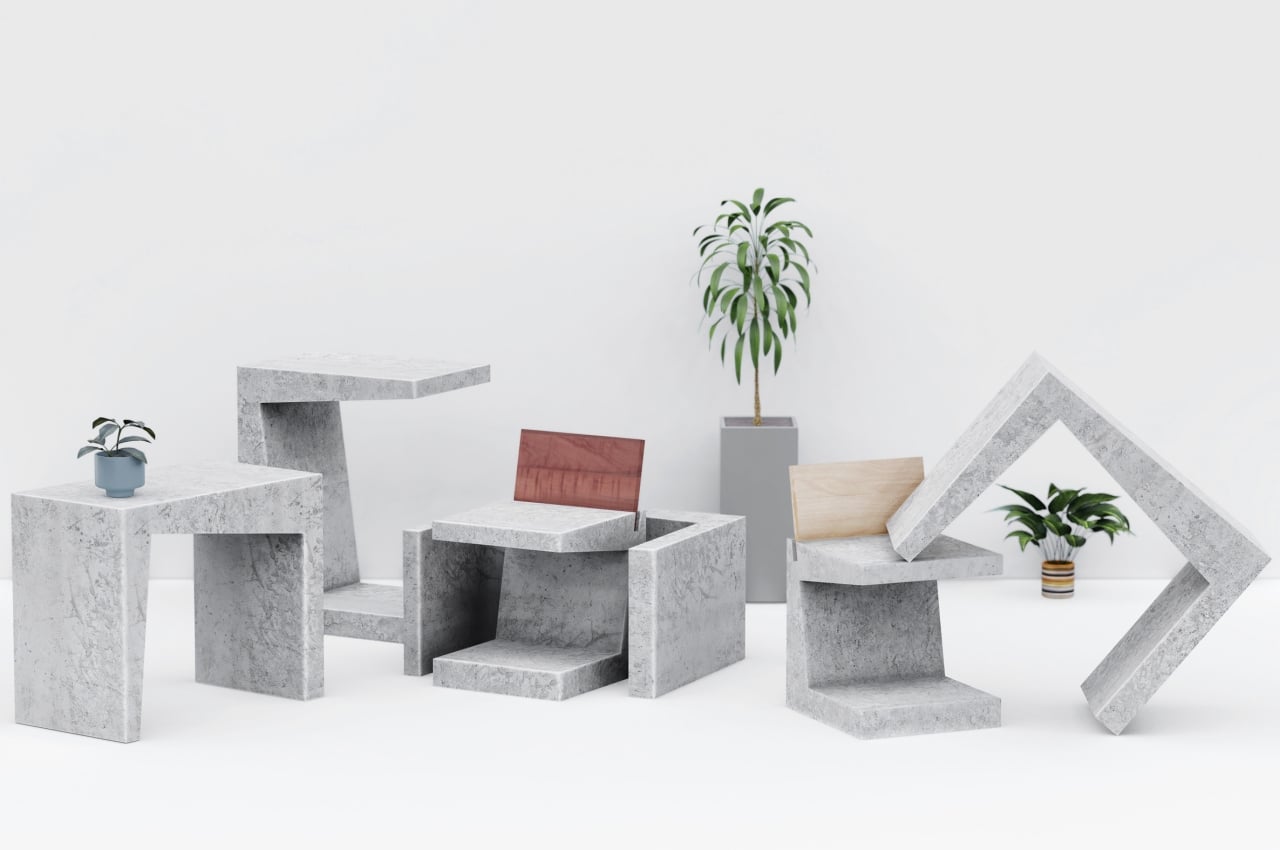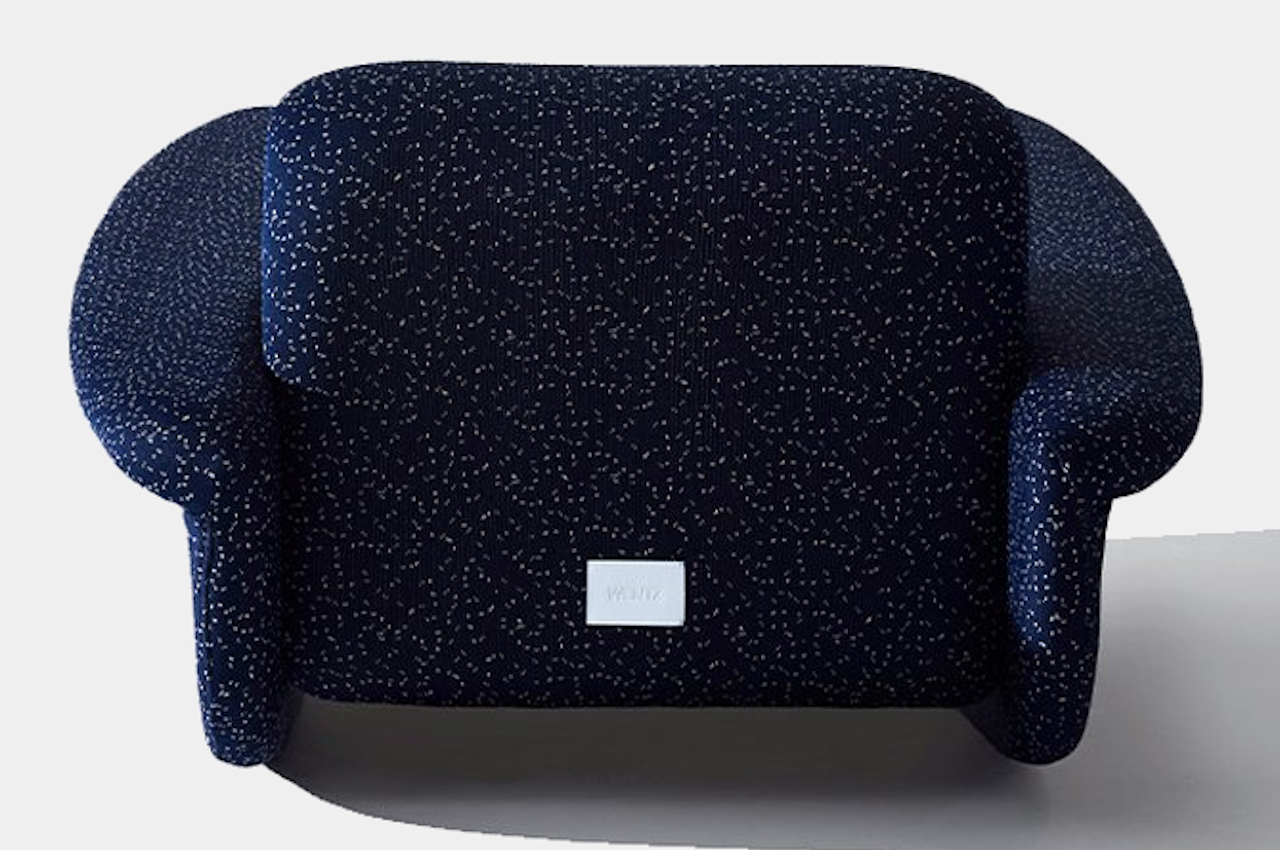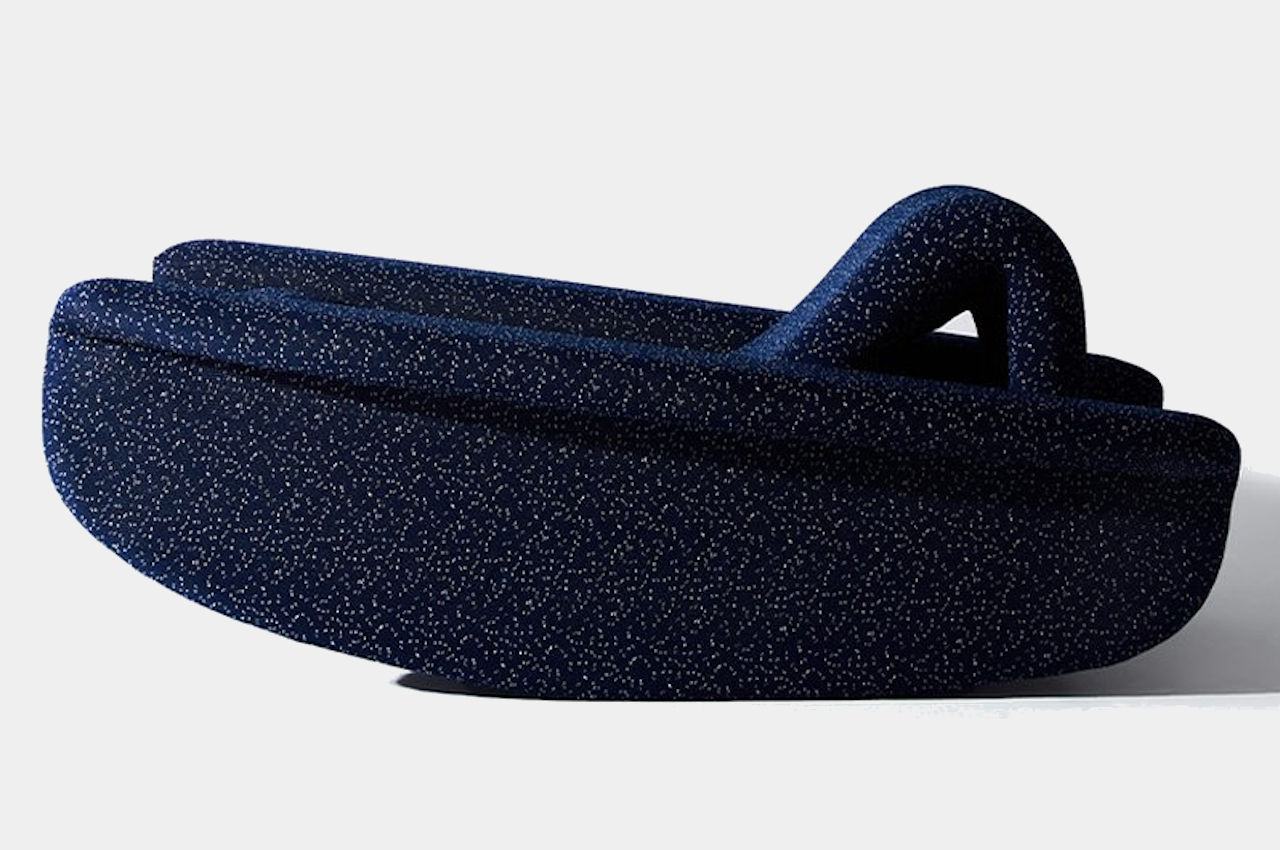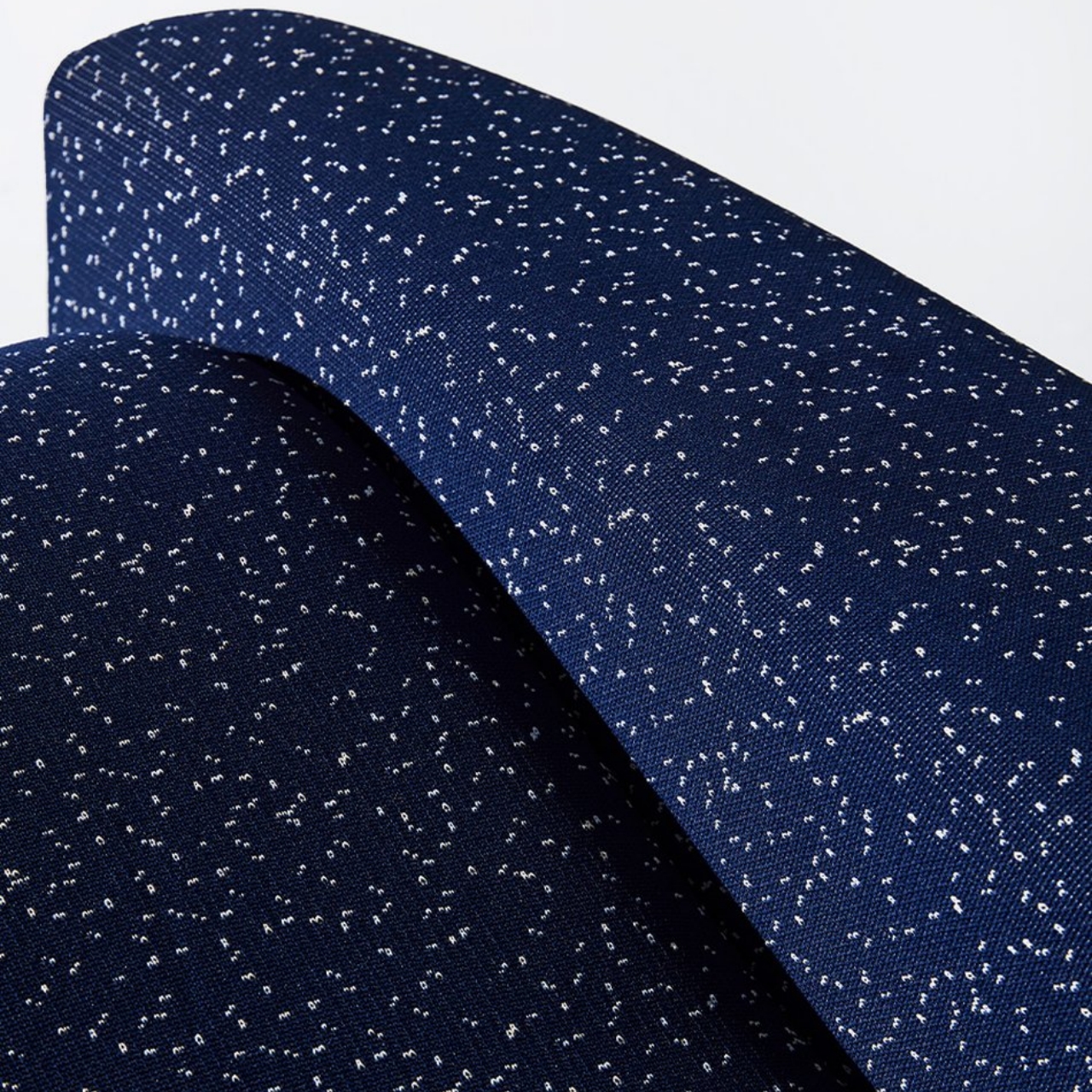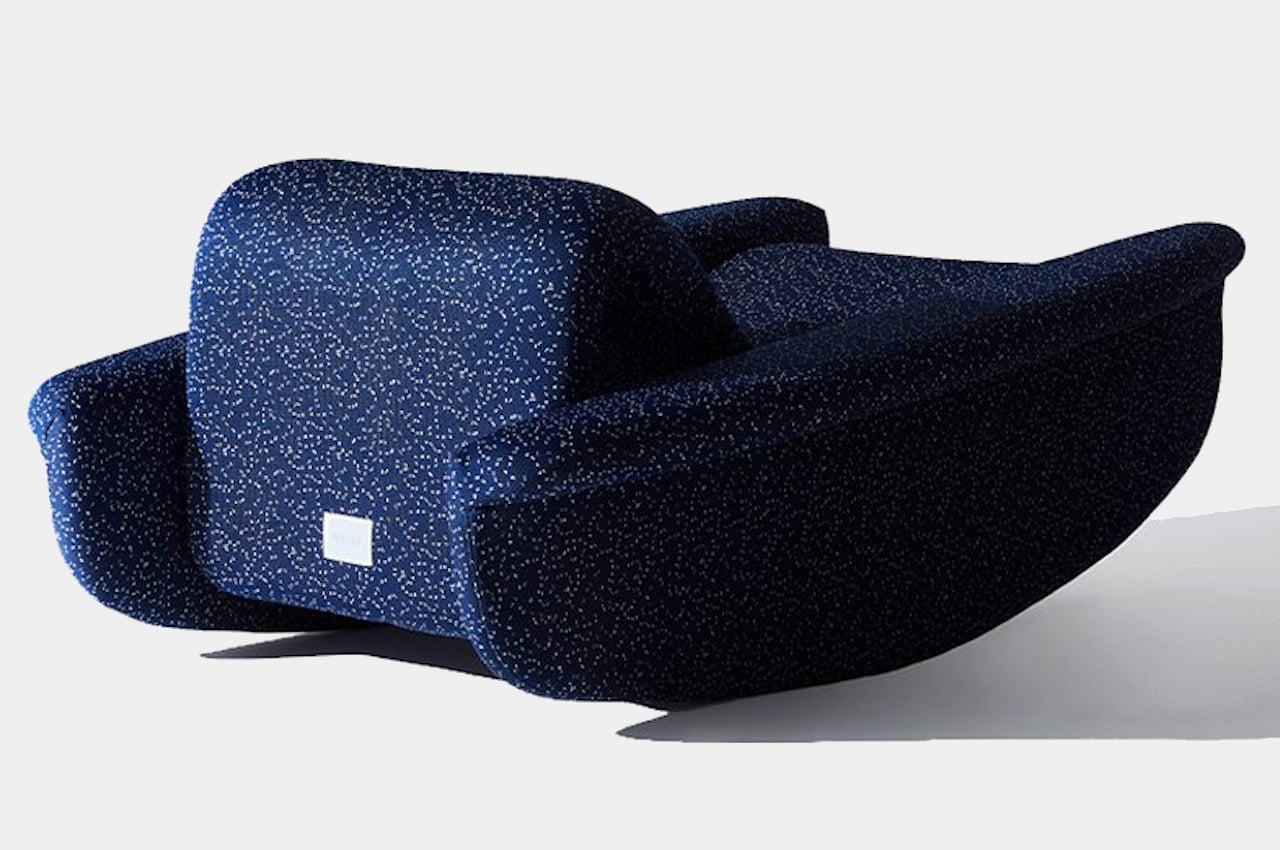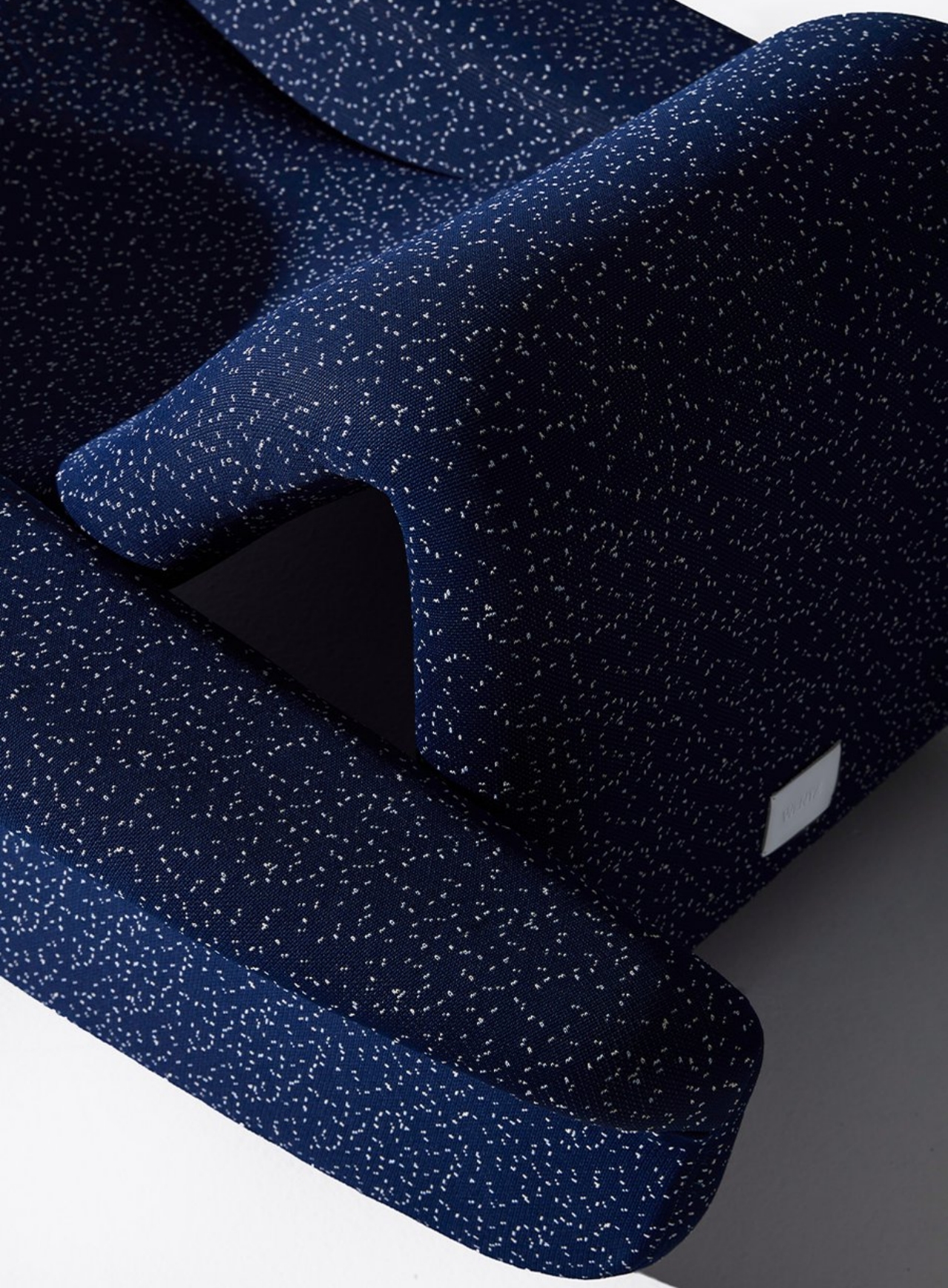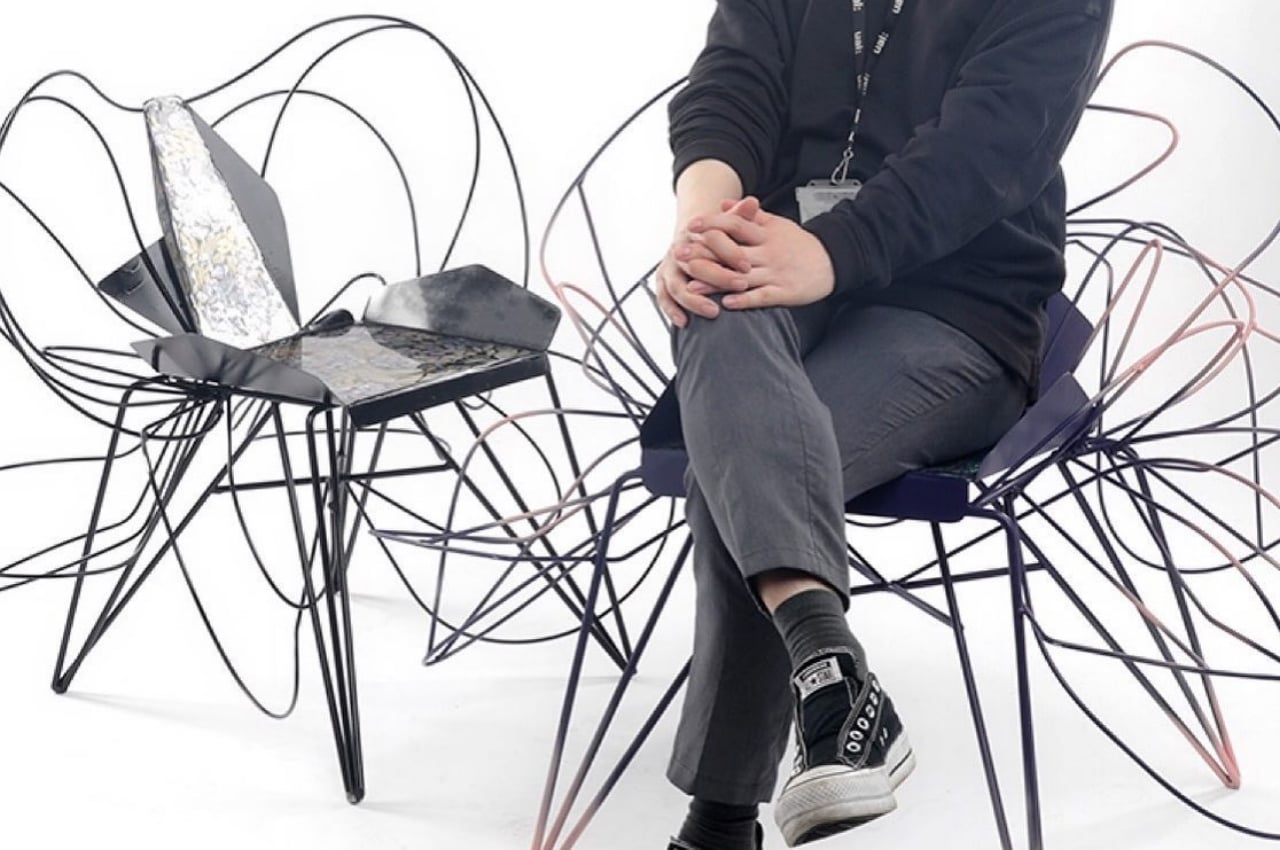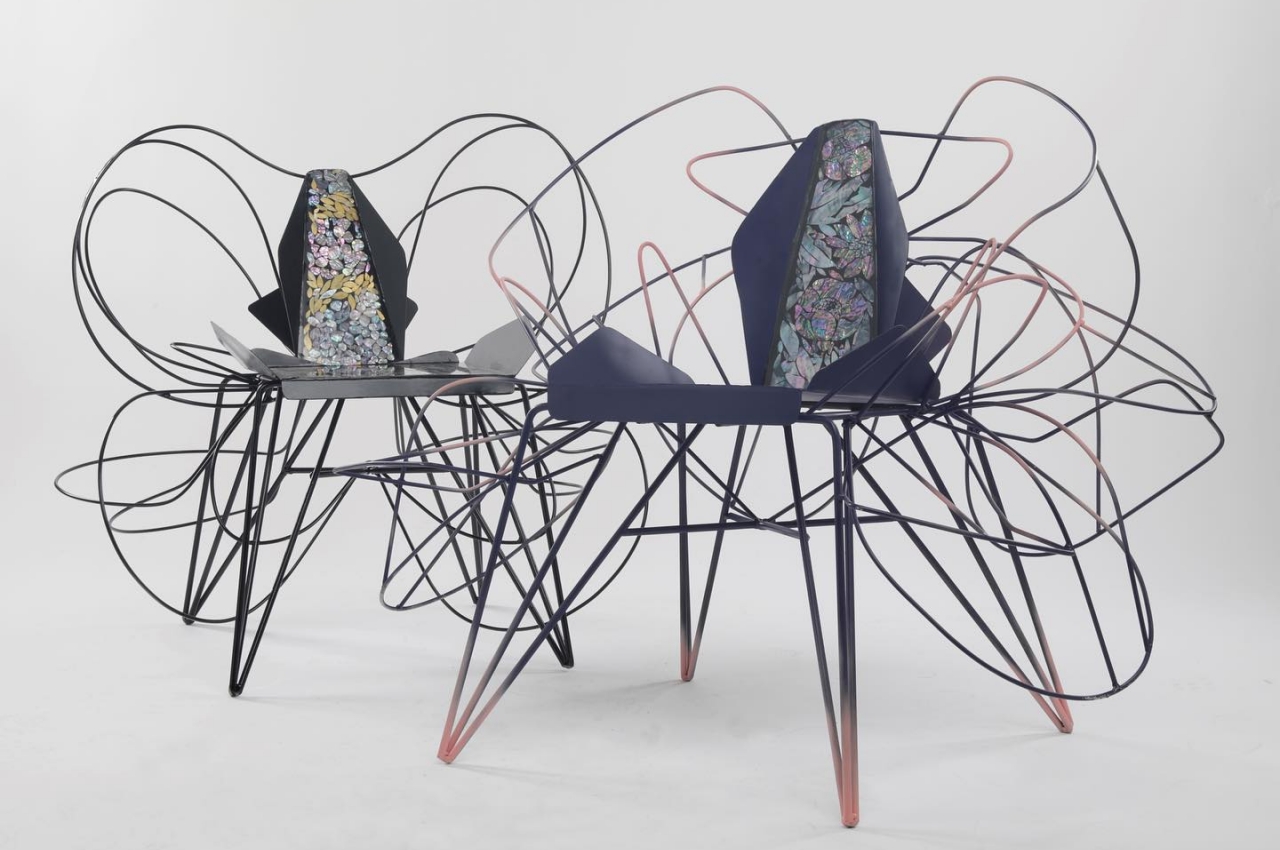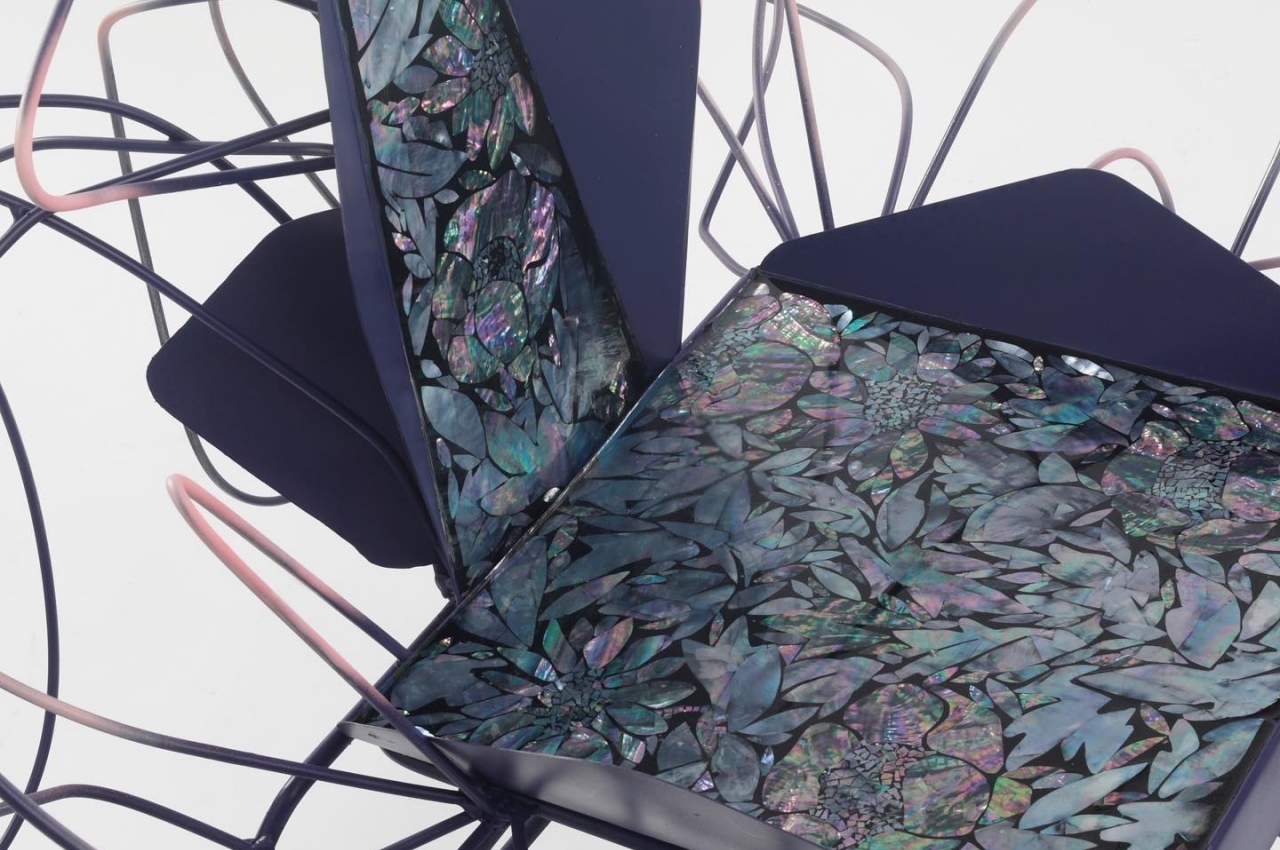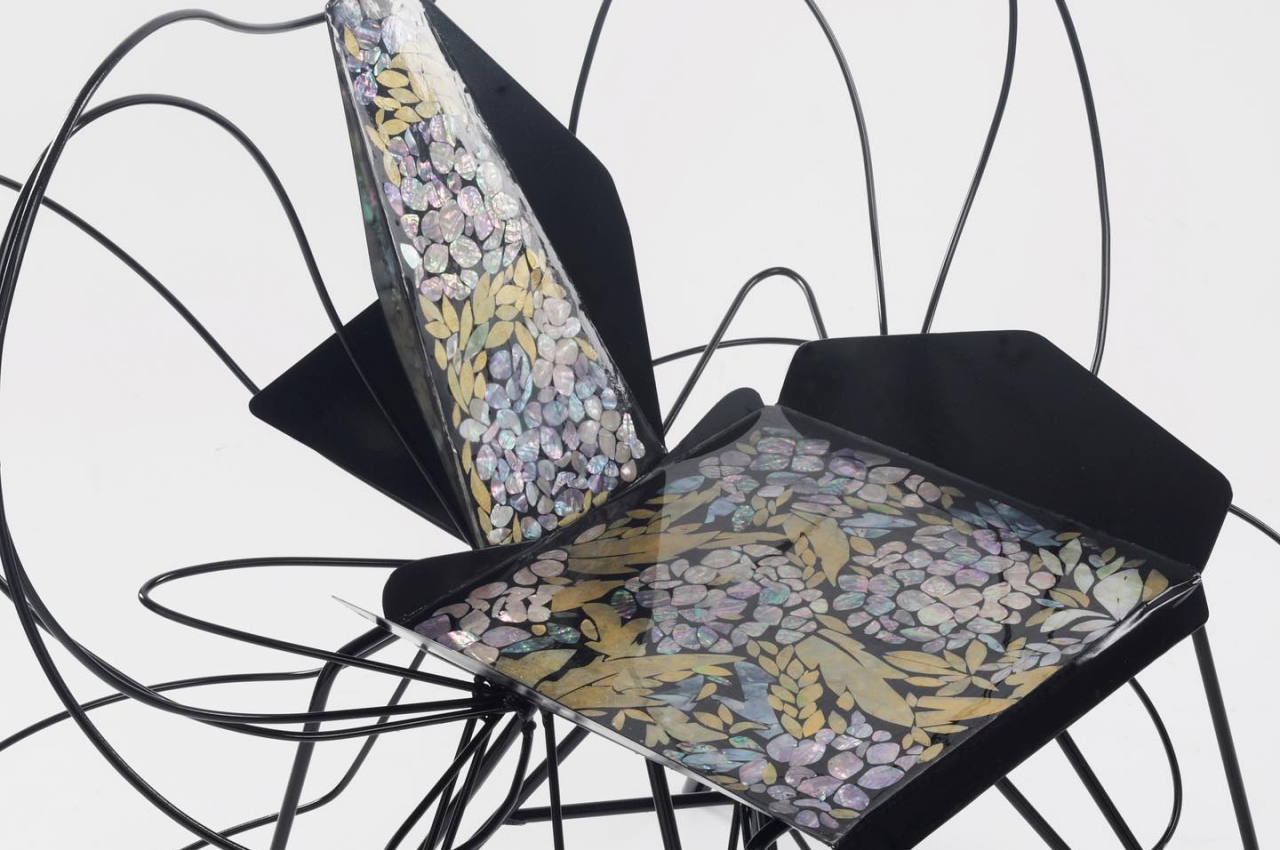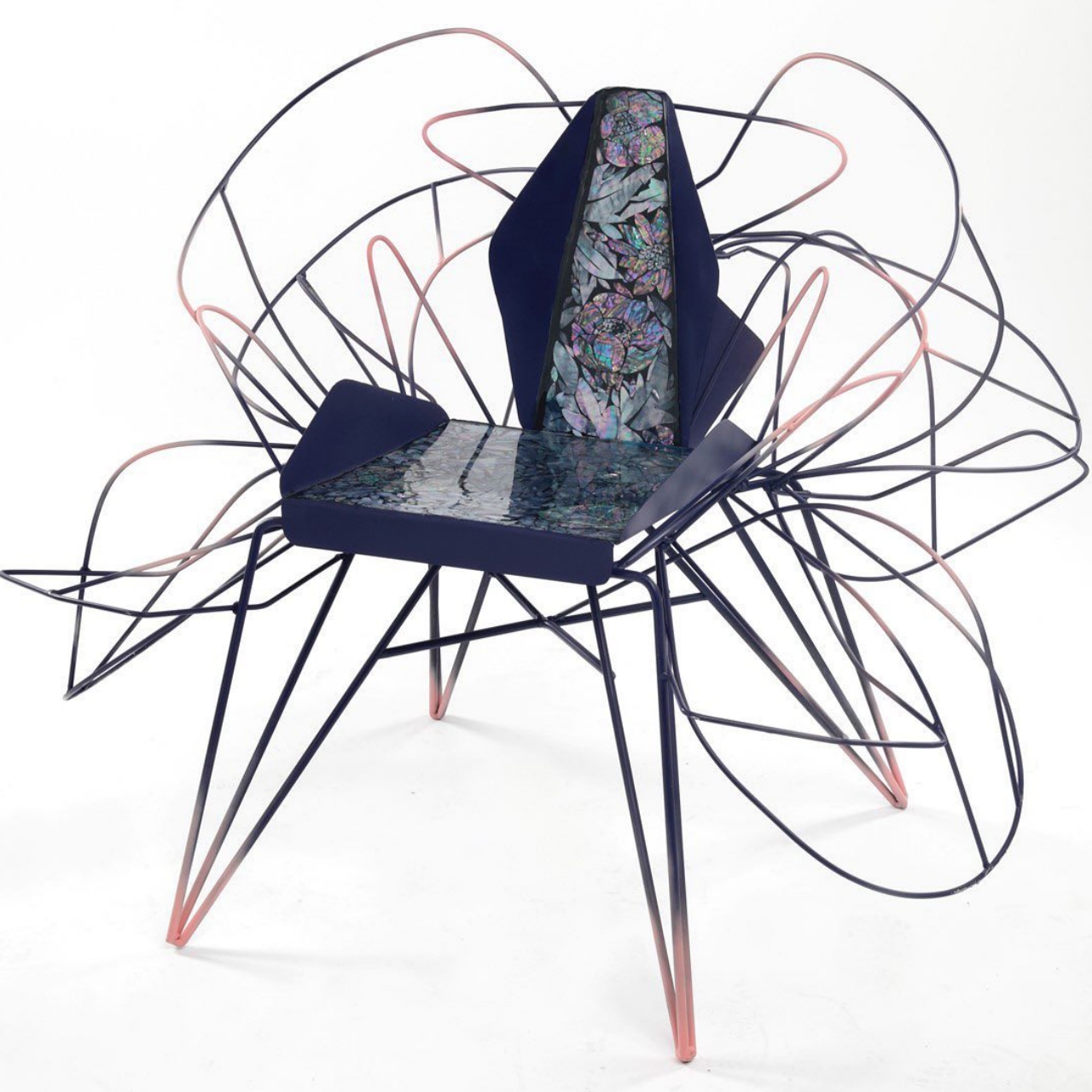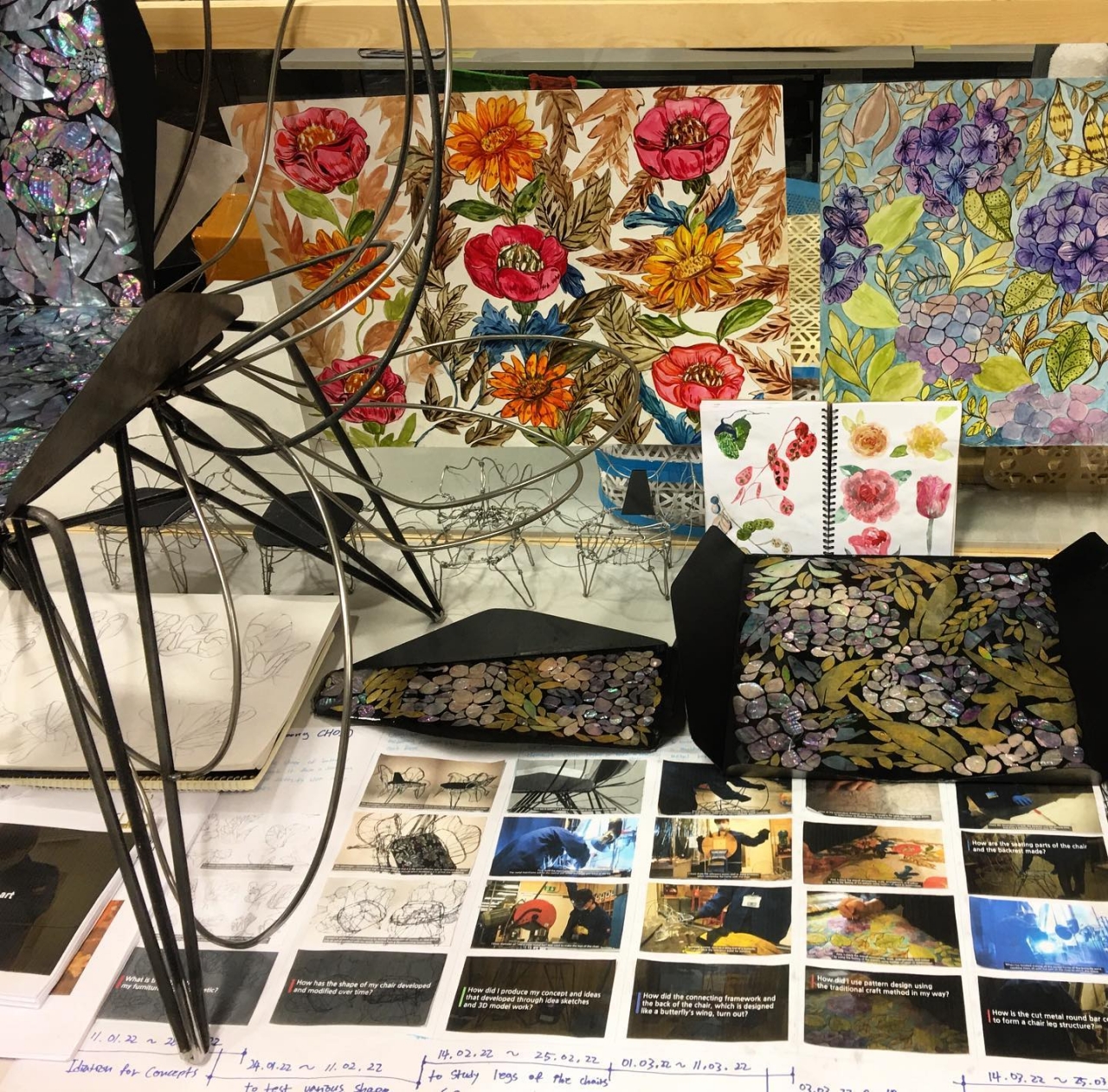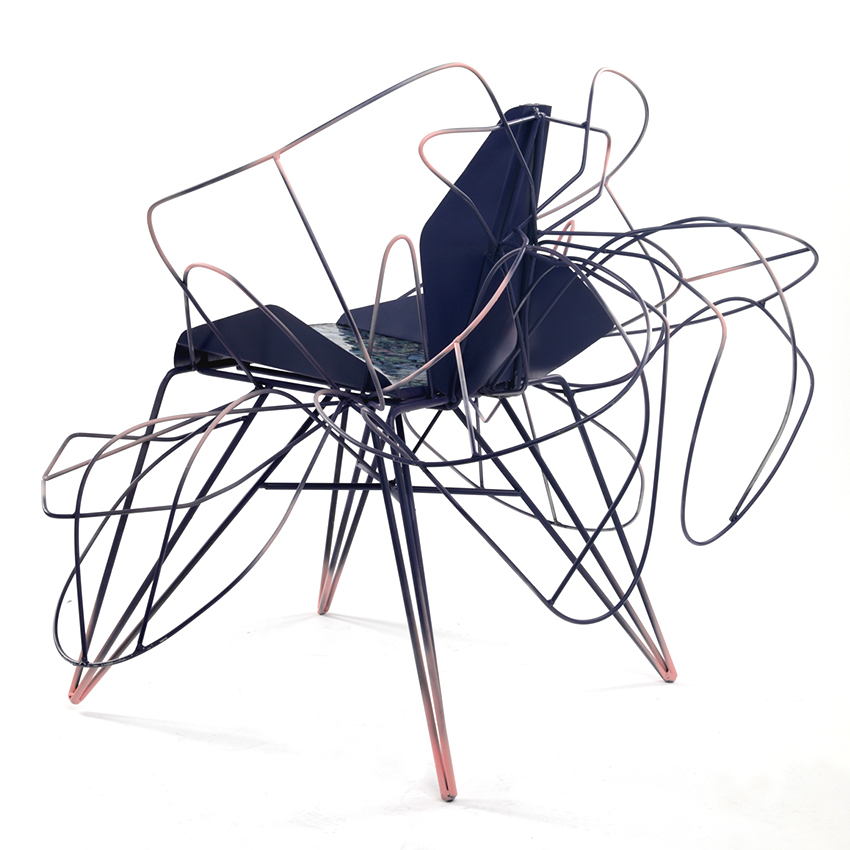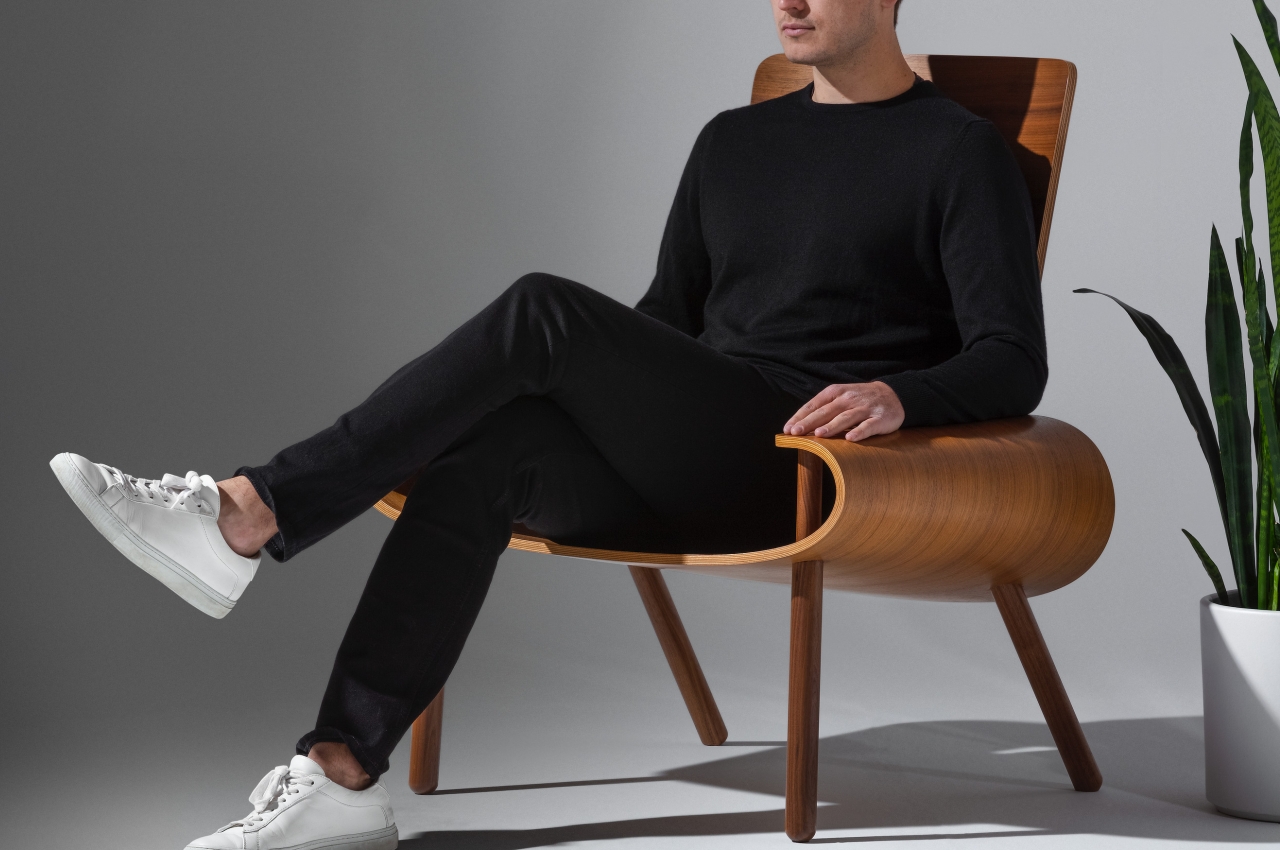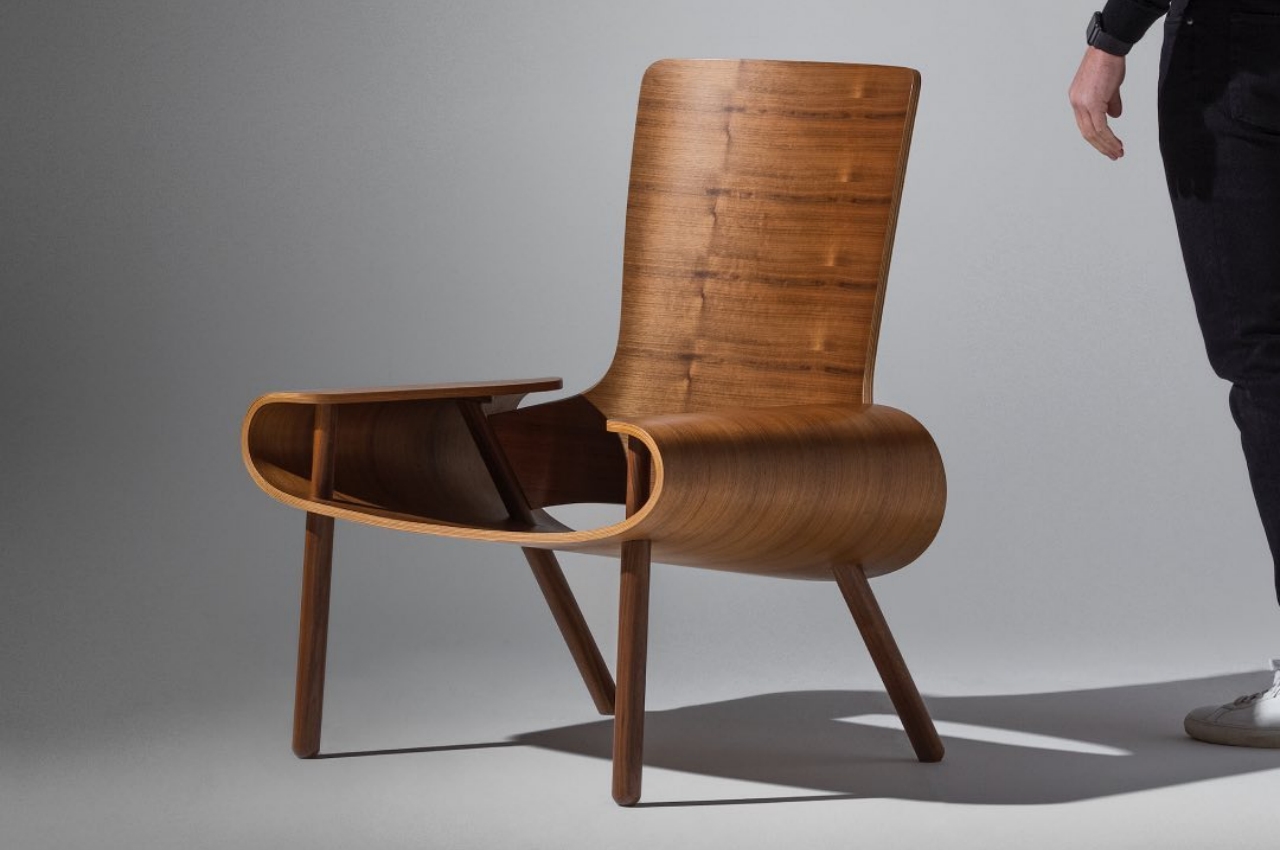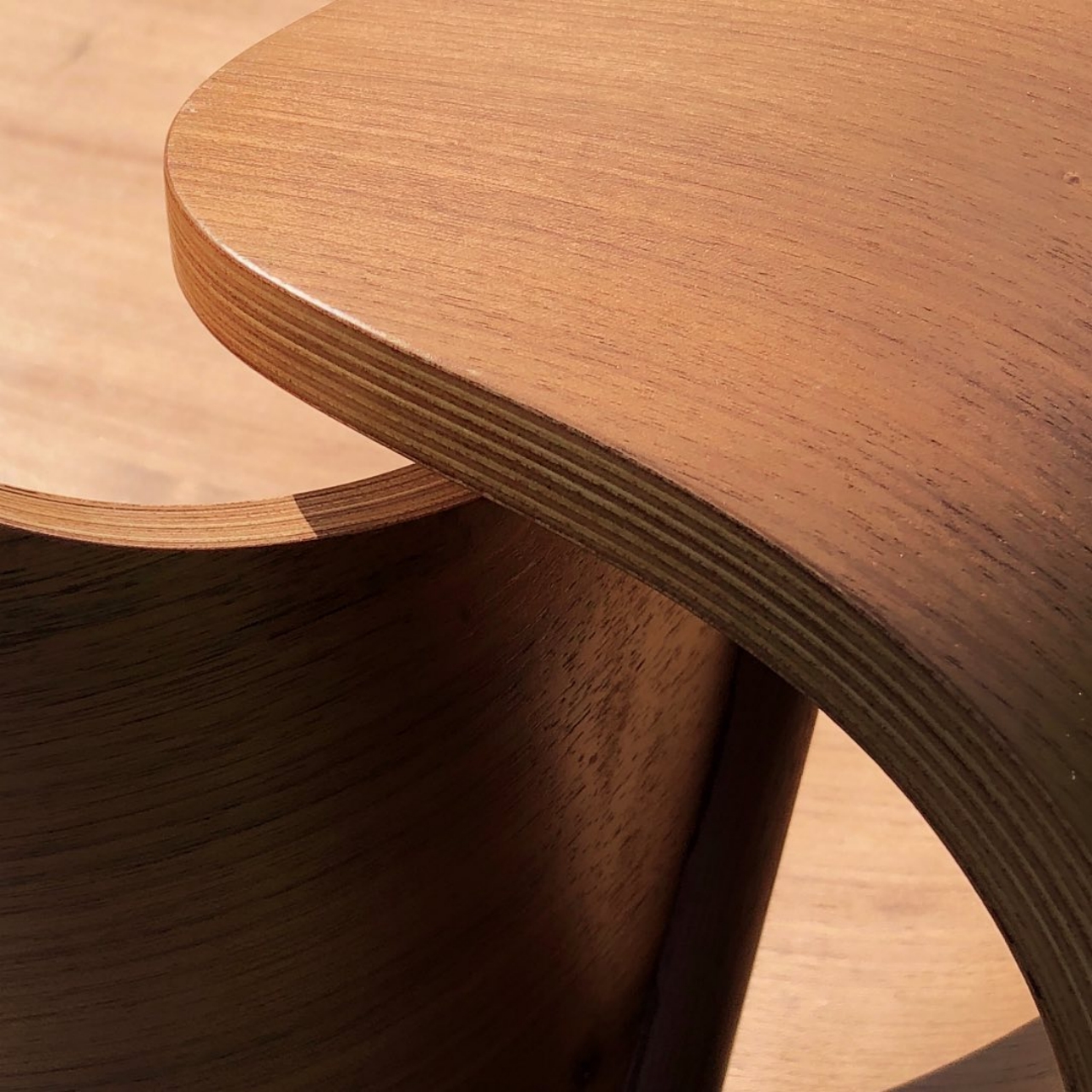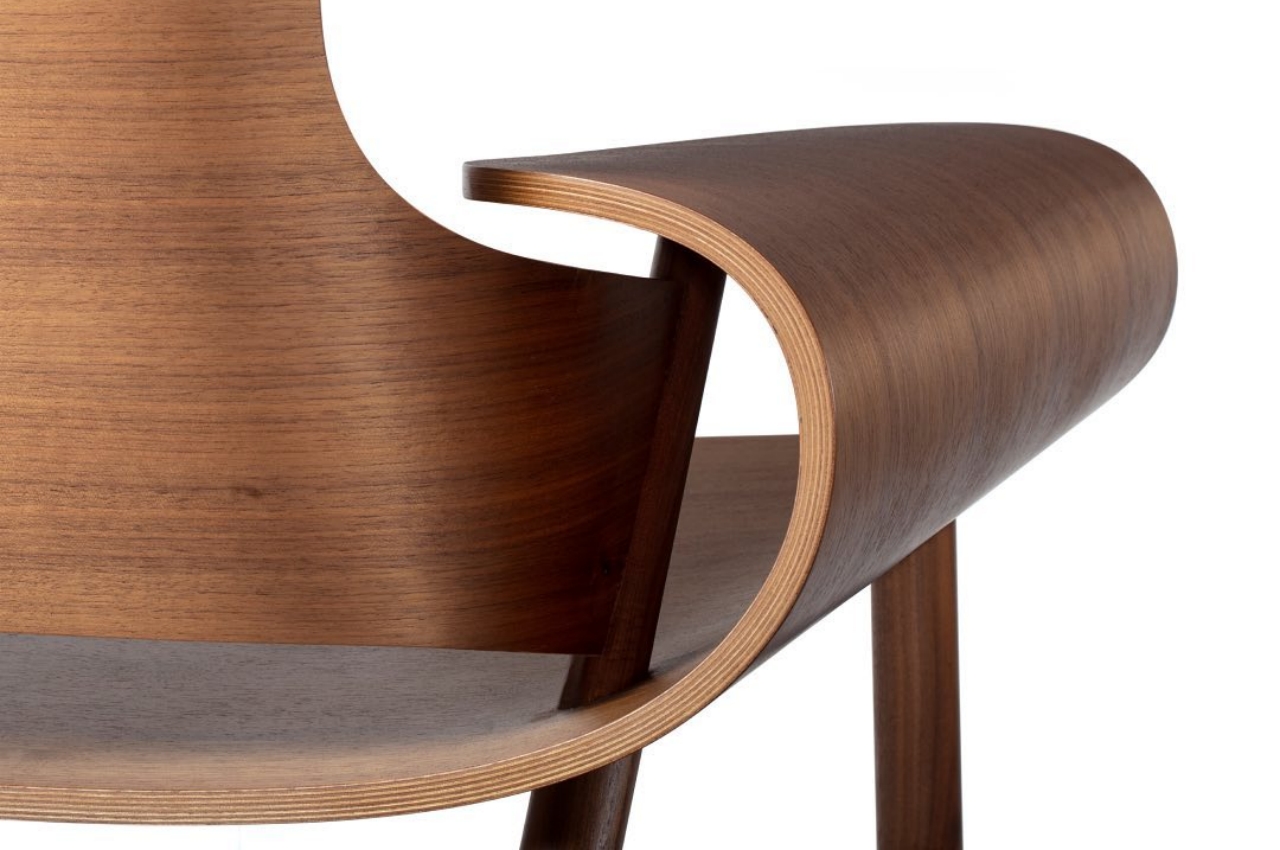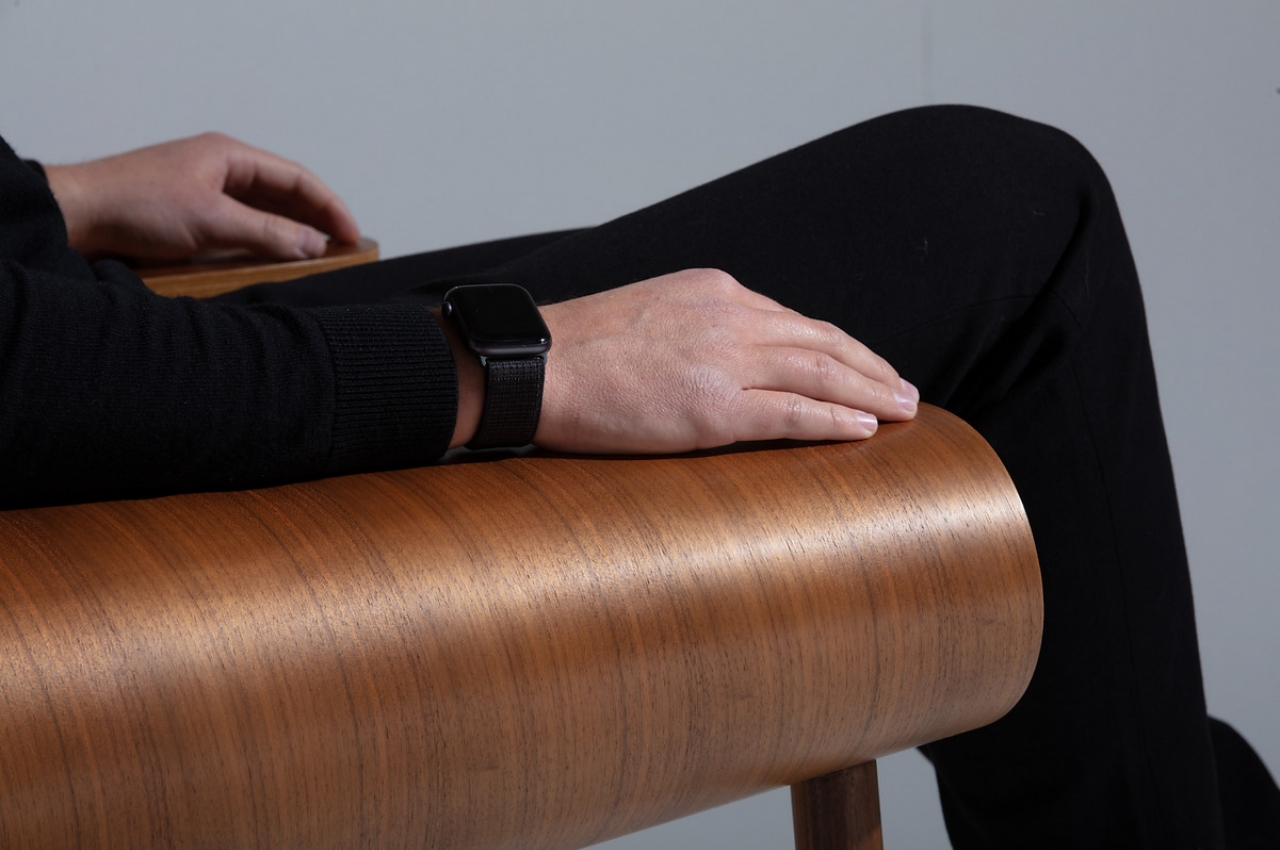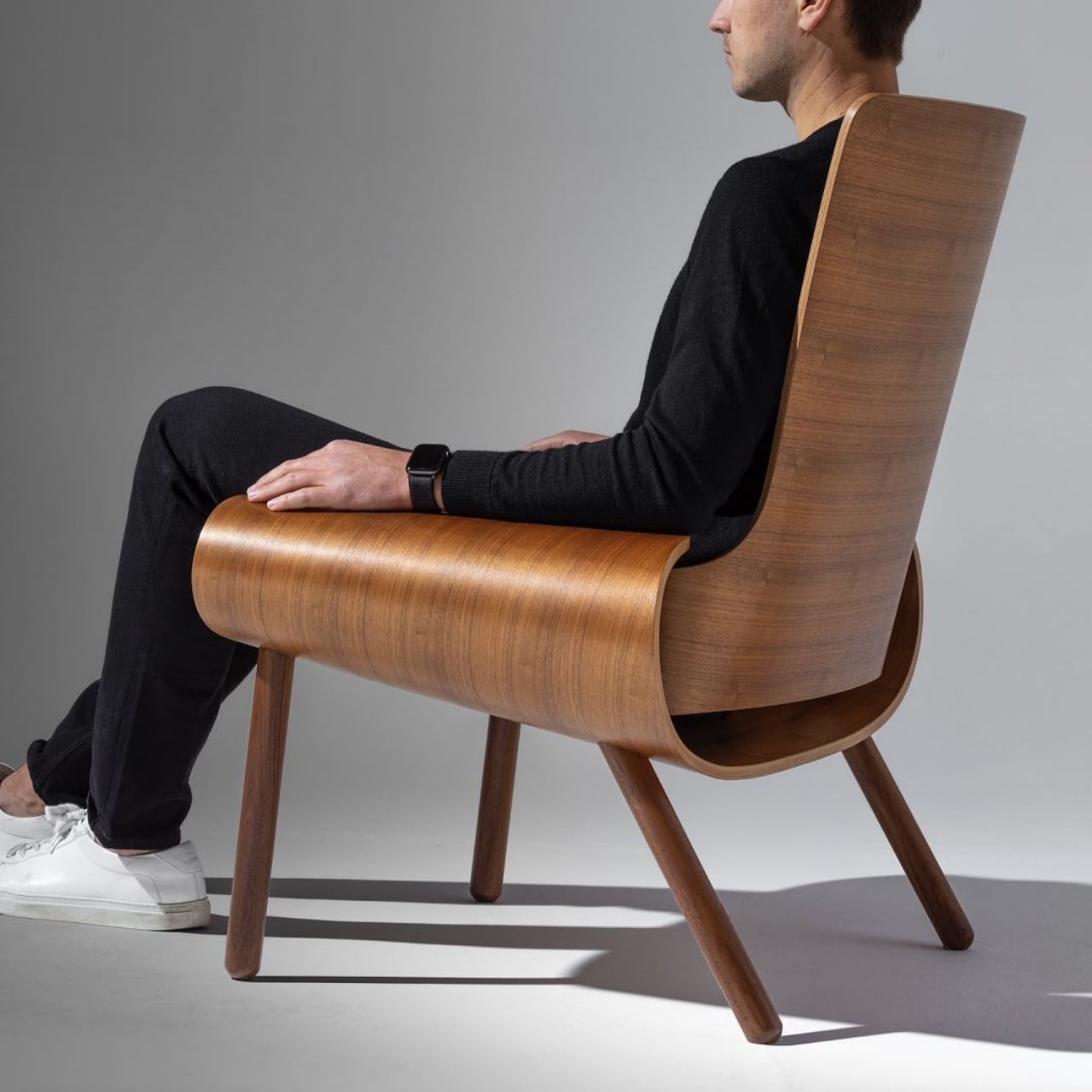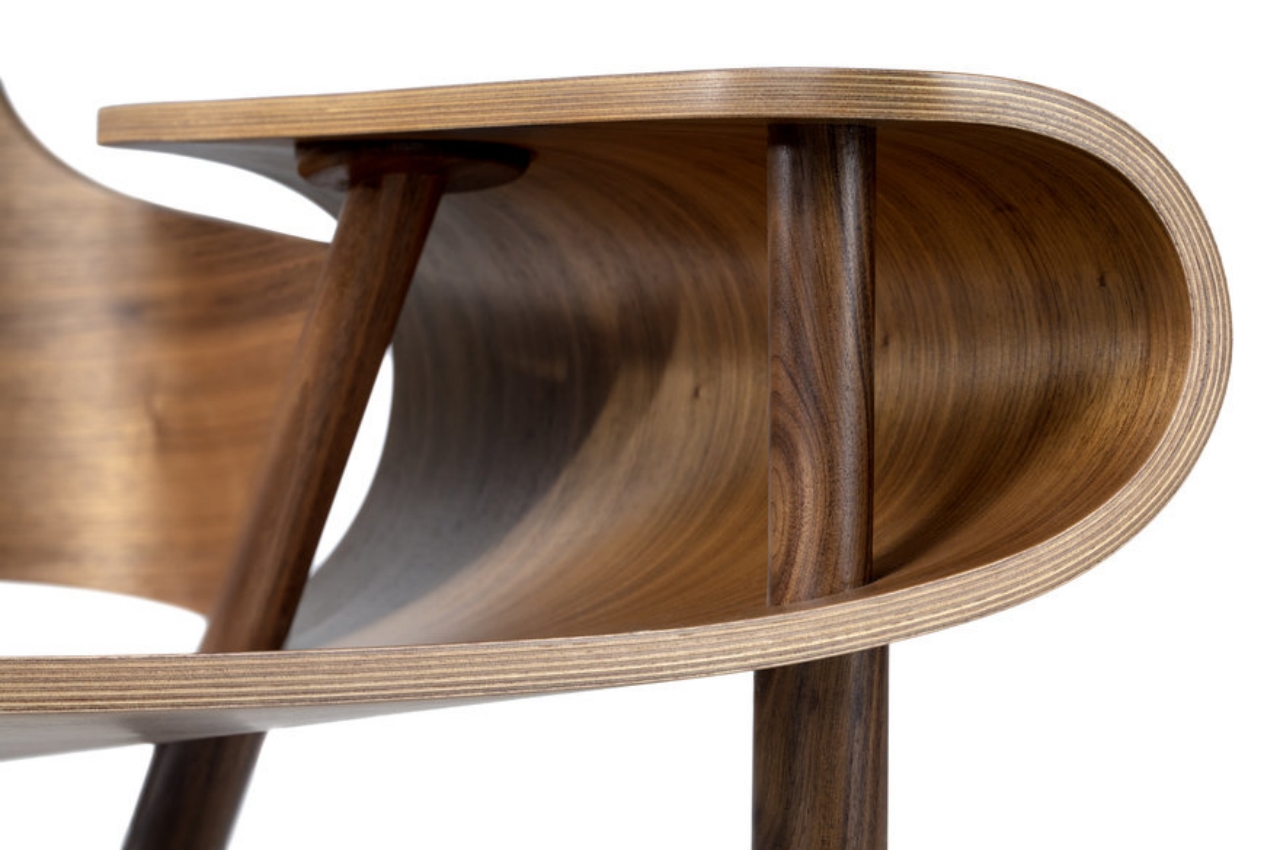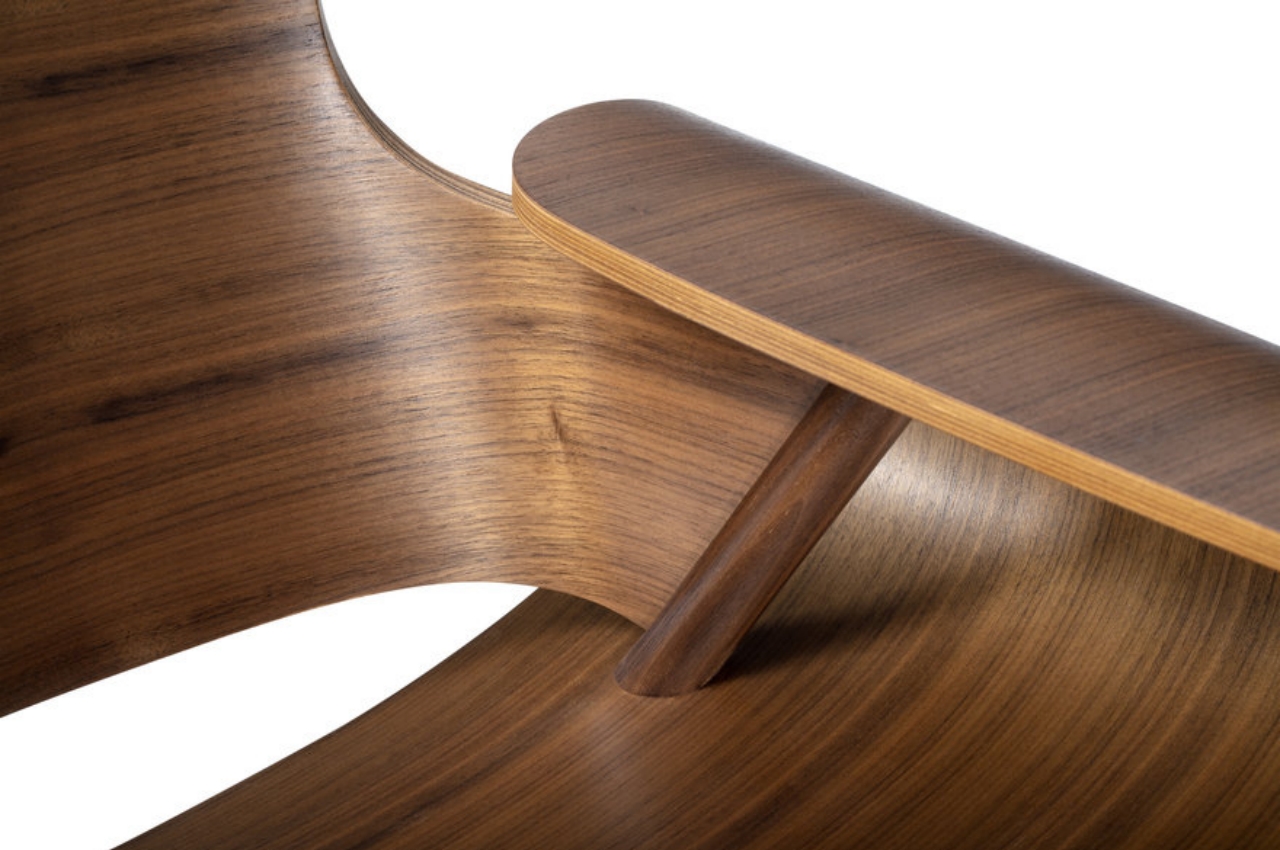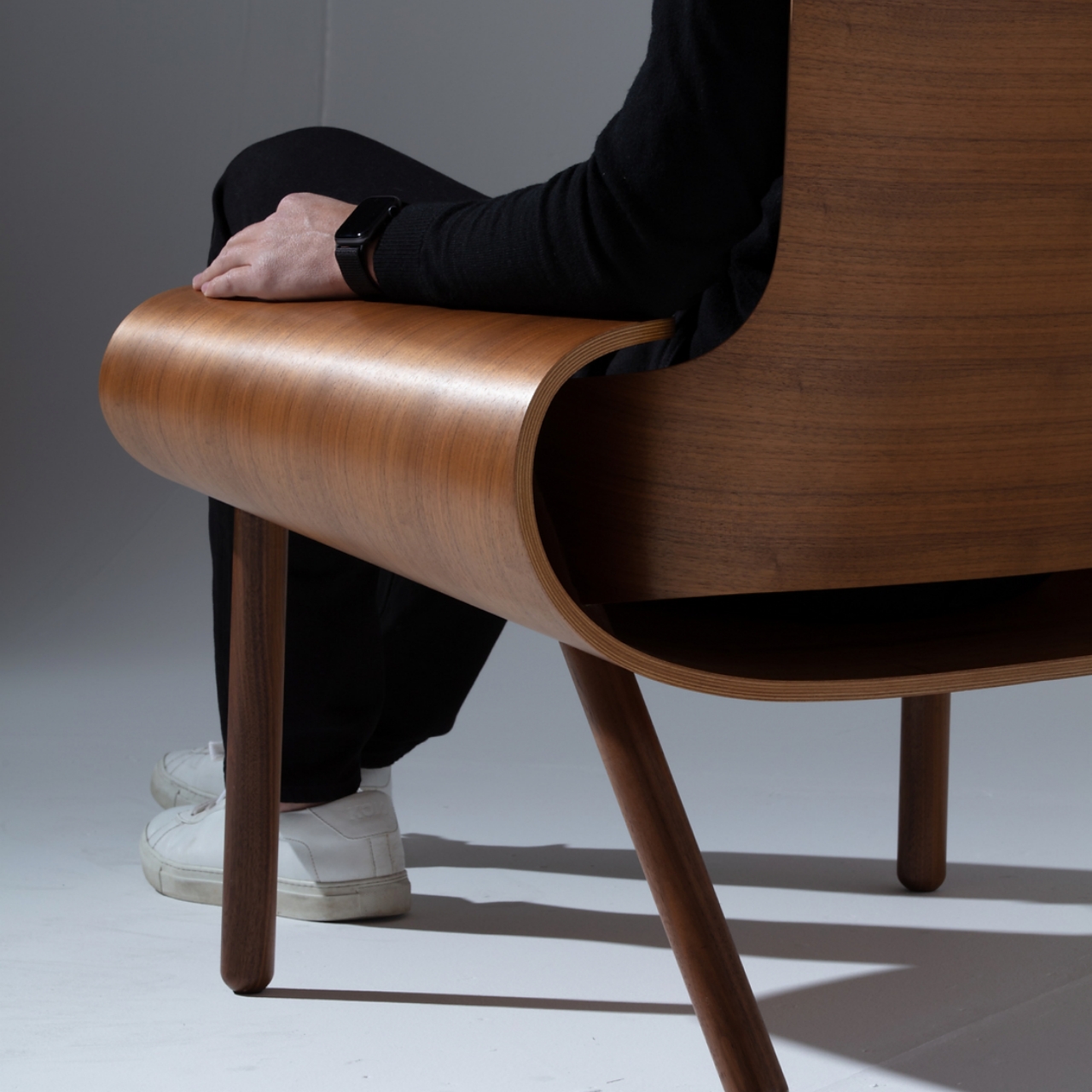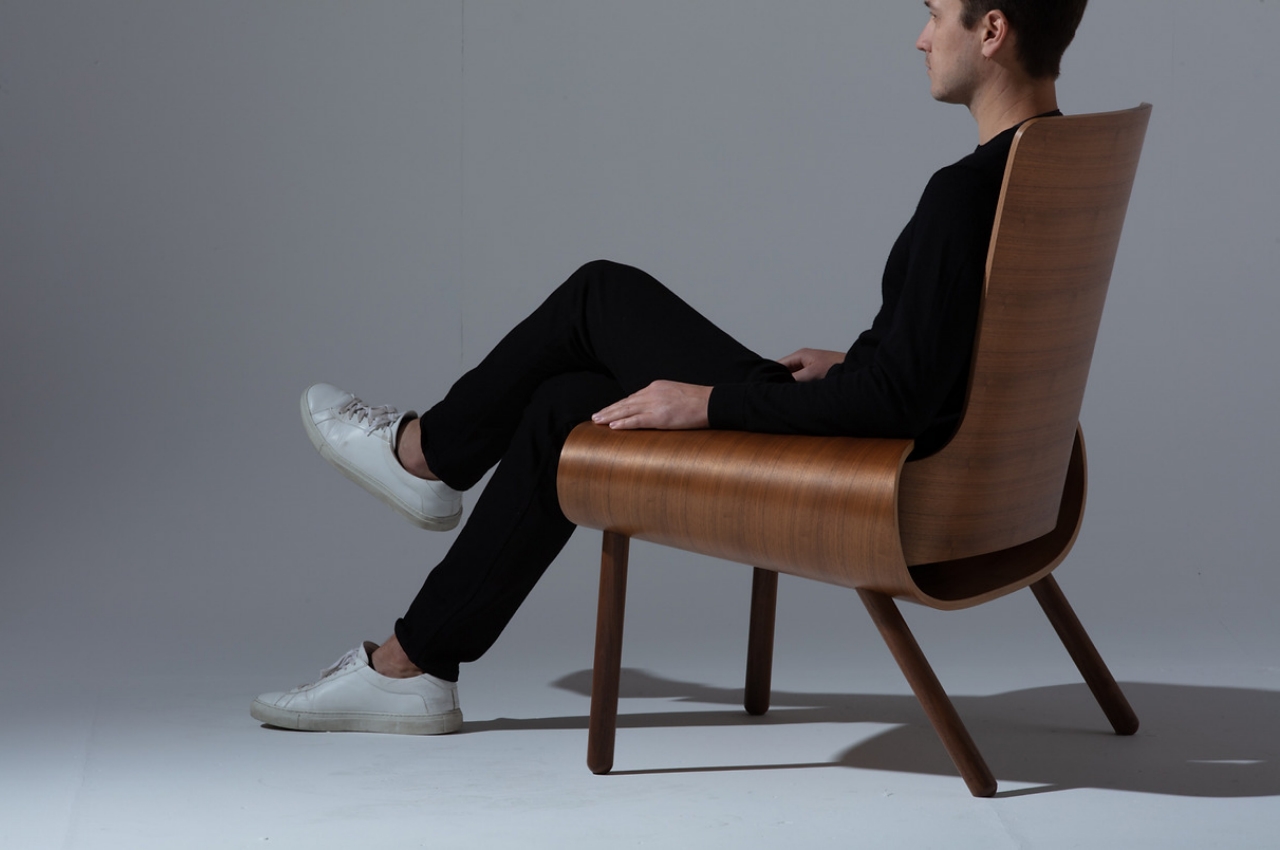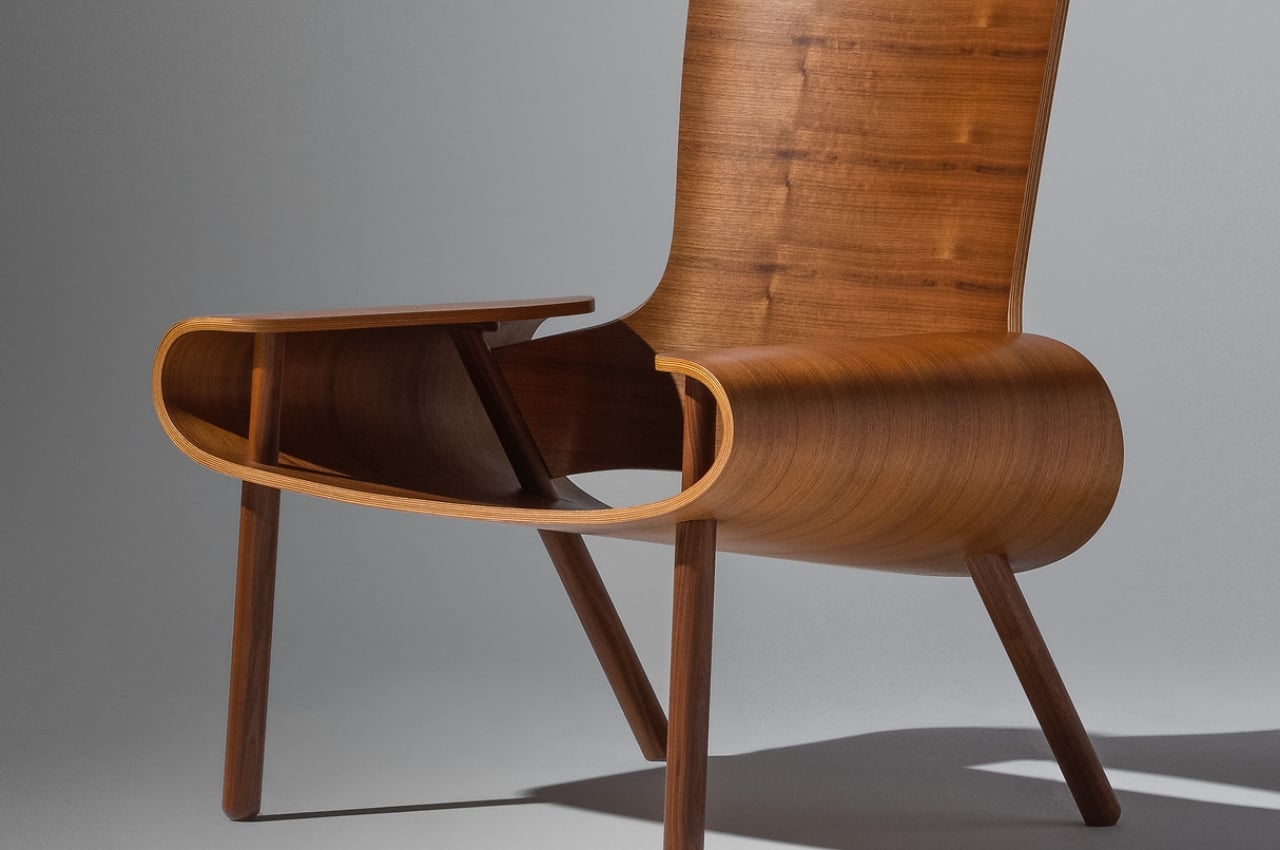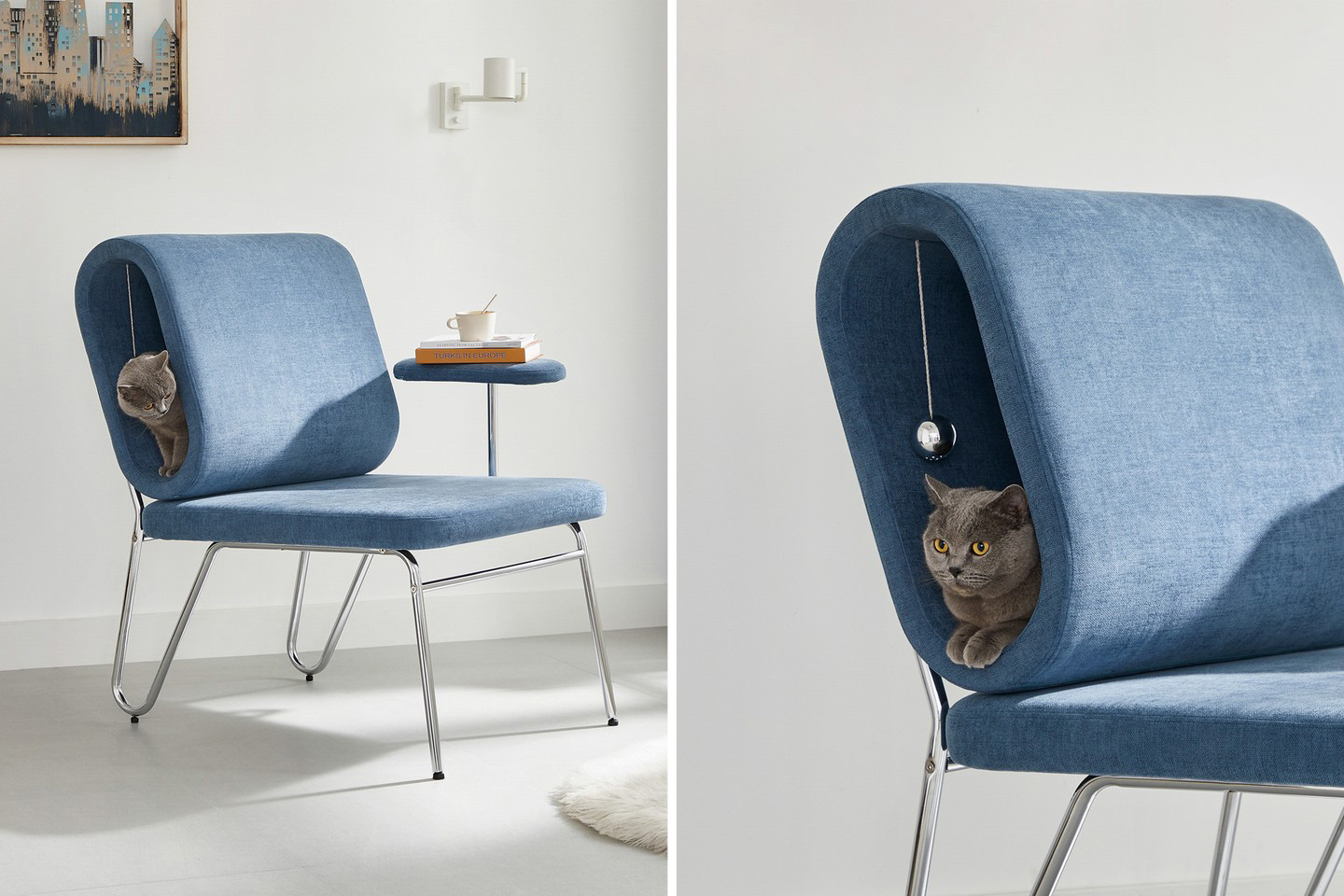
We often underestimate the importance of a great chair! When in reality we really shouldn’t. We spend the majority of our day sitting on chairs, whether we’re working in our home office, enjoying a meal, or simply sitting and reading a book for leisure! Hence, this piece of furniture needs to be not only comfortable but ergonomic, and aesthetic as well. And we’ve curated a collection of chair designs that meet all these criteria! From an adorable pet-friendly armchair to a boat-shaped lounge air – these innovative chair designs are not only a boon to your back, and help you maintain a healthy posture, but are also super comfy to sink into, and will perfectly match the interiors of your modern homes. Enjoy!
1. ‘Sharing Joy’
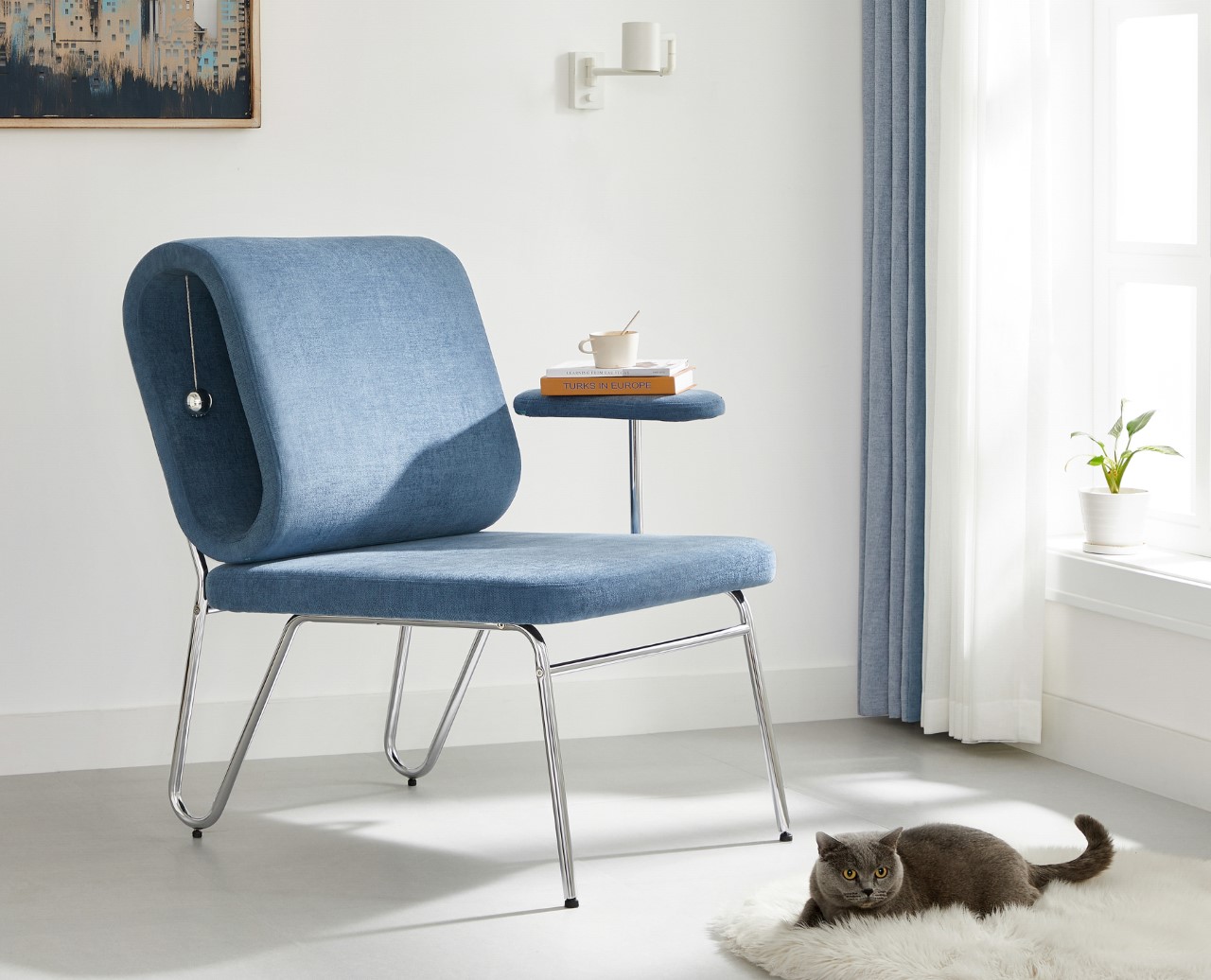
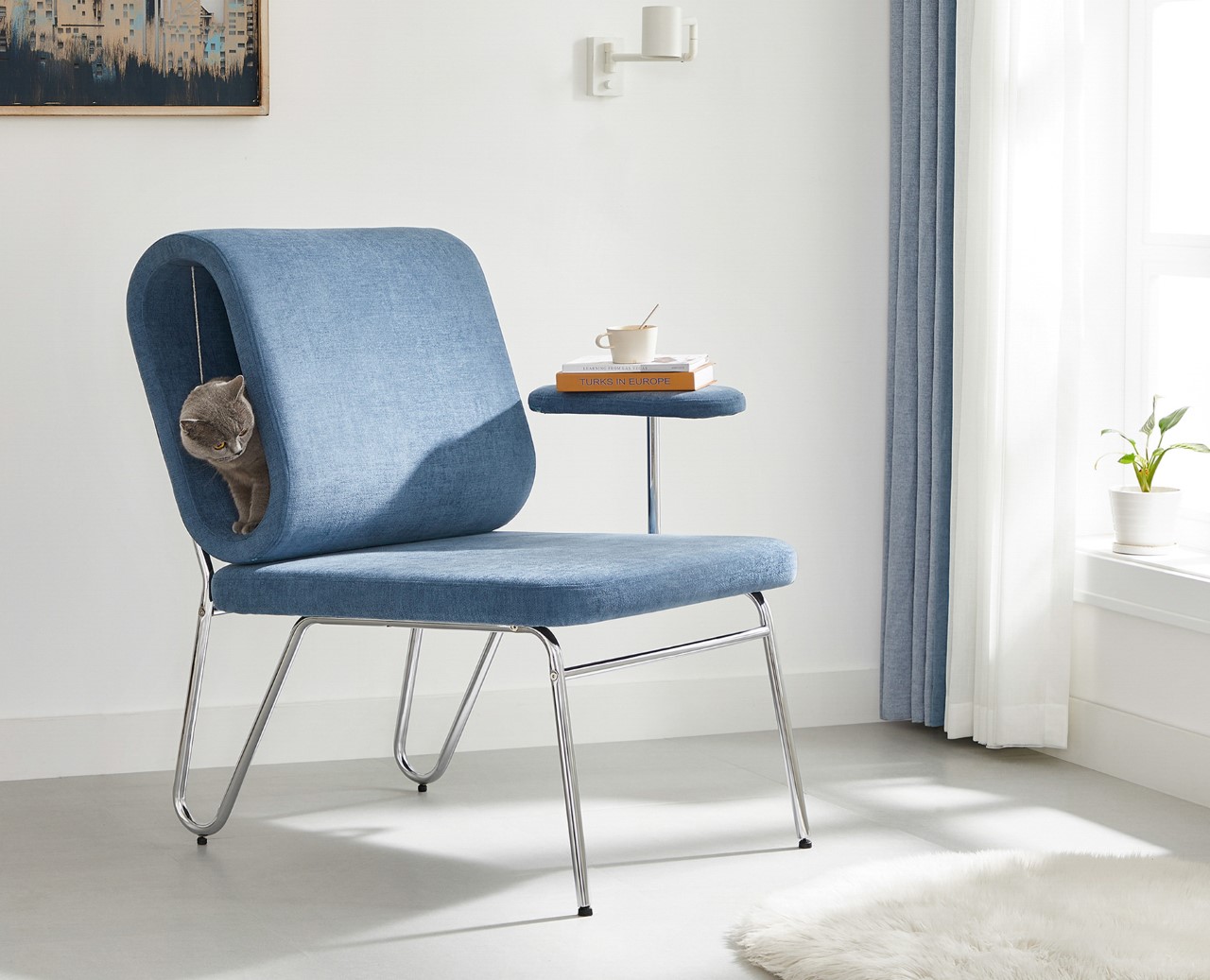
Rather aptly titled ‘Sharing Joy’, this award-winning chair comes with a side table for humans to place their books and cups of tea/coffee on, and a crawl space for cats to casually lounge in (complete with a suspended toy for them to play with).
Why is it noteworthy?
What I personally love about Sharing Joy is that it subscribes to a broader vision of what lounging is and who can ‘lounge’. Designed for humans and cats to cozy up in, the chair comes with a hollow, oblong backrest that’s perfectly sized for an adult cat (or a tiny dog) to crawl into and laze around in. Moreover, the idea of having the human and pet lounging together against each other sounds like absolute perfection. 10/10 will give you the happiness hormones.
What we like
- The chair sports a minimalist aesthetic that fits in most contemporary homes
What we dislike
2. Hug
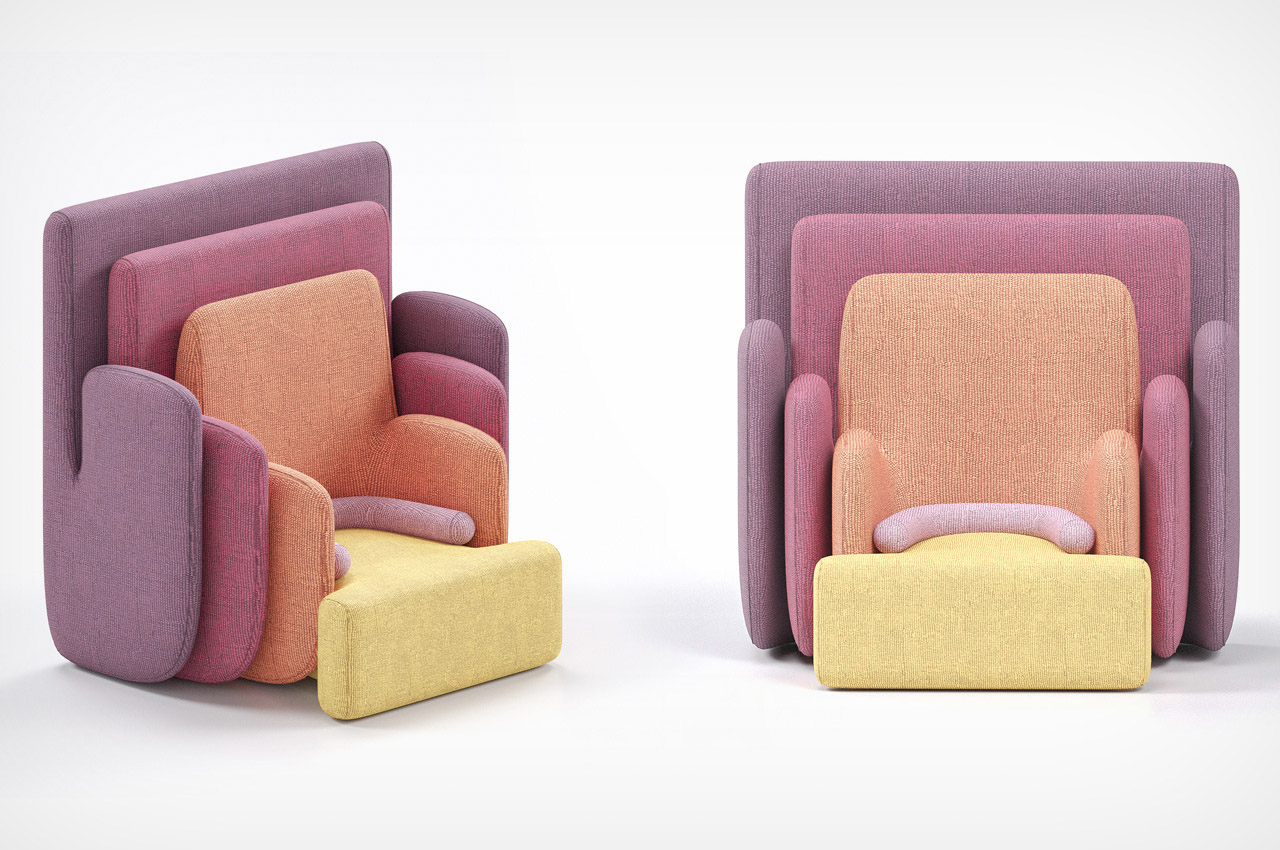
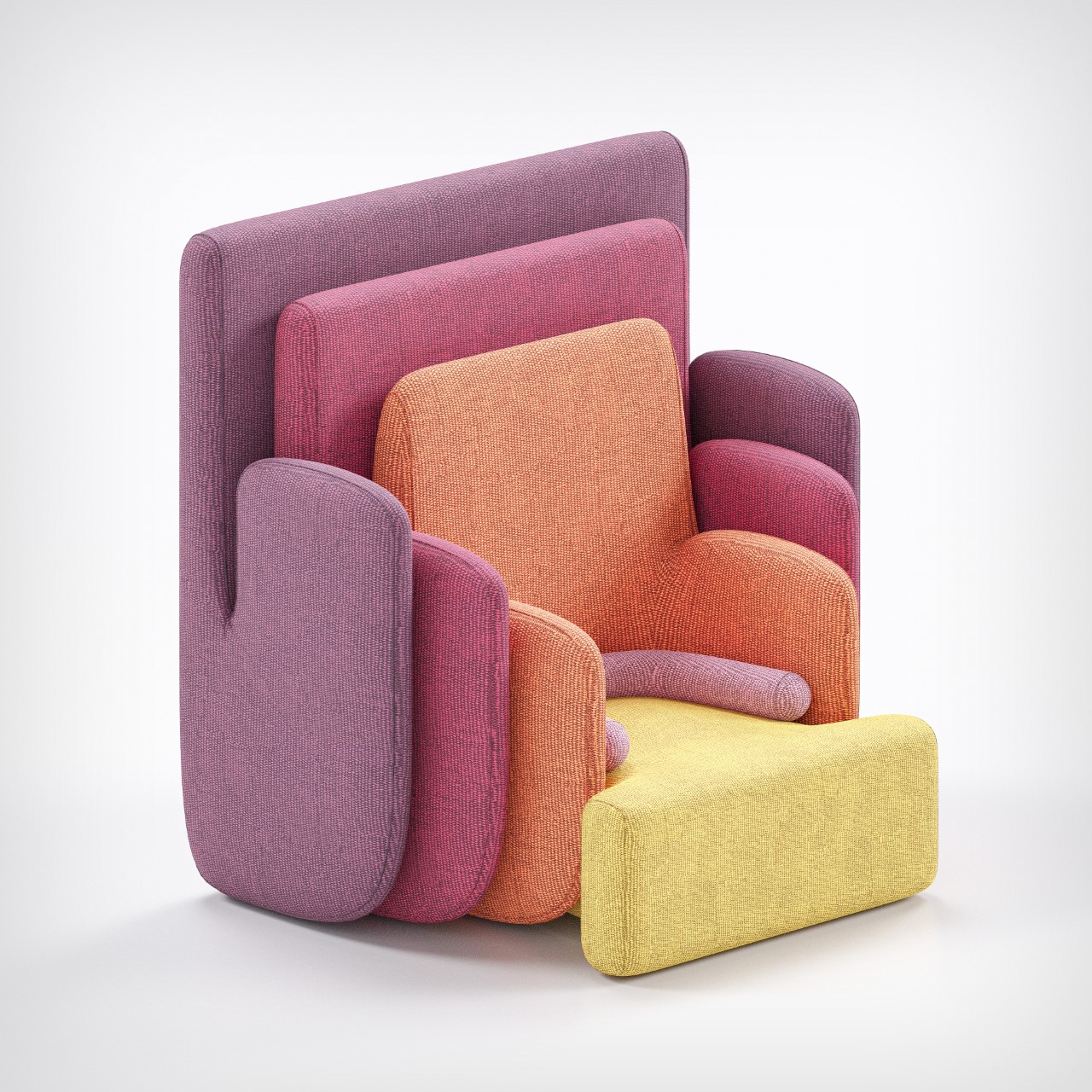
Aptly titled ‘Hug’ for the way the elements hug each other, the Hug Armchair is pleasing to look at, inviting with its warm design and eye-catching colors, and comfortable, thanks to an all-cushion construction that you practically sink right into.
Why is it noteworthy?
The chair is (at least visually) made from 5 parts, with a rainbow-esque color palette to help separate them while giving the chair a unique theme. Starting off with a seat and gradually moving over to the large backrest which envelopes the entire chair, the Hug looks like a set of nesting kitchen containers or spoons (the ones from Joseph Joseph, no less)
What we like
- The chair’s overarching personality envelops you in a hug when you sit on it
- The Hug Armchair acts as a unique conversation piece for an interior
What we dislike
3. Coffin Office Chair
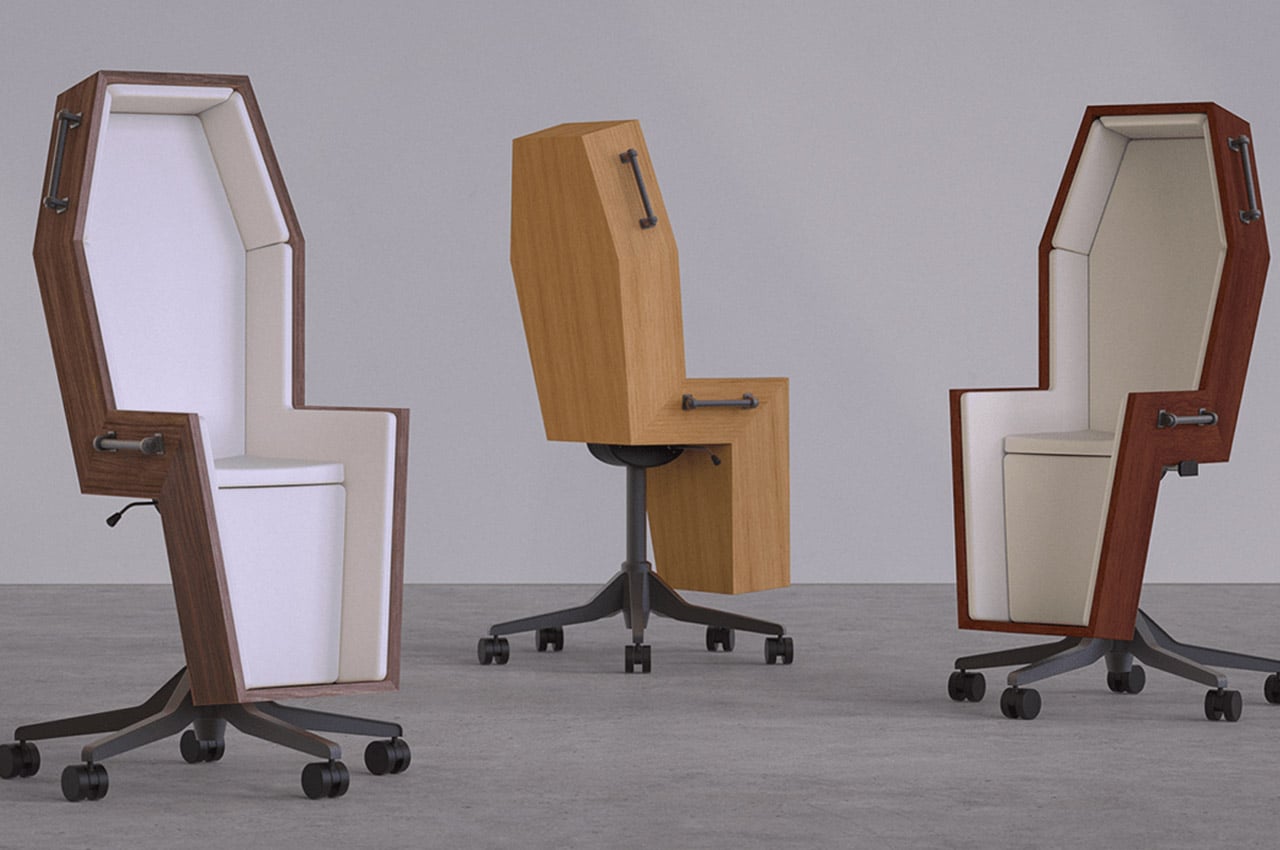
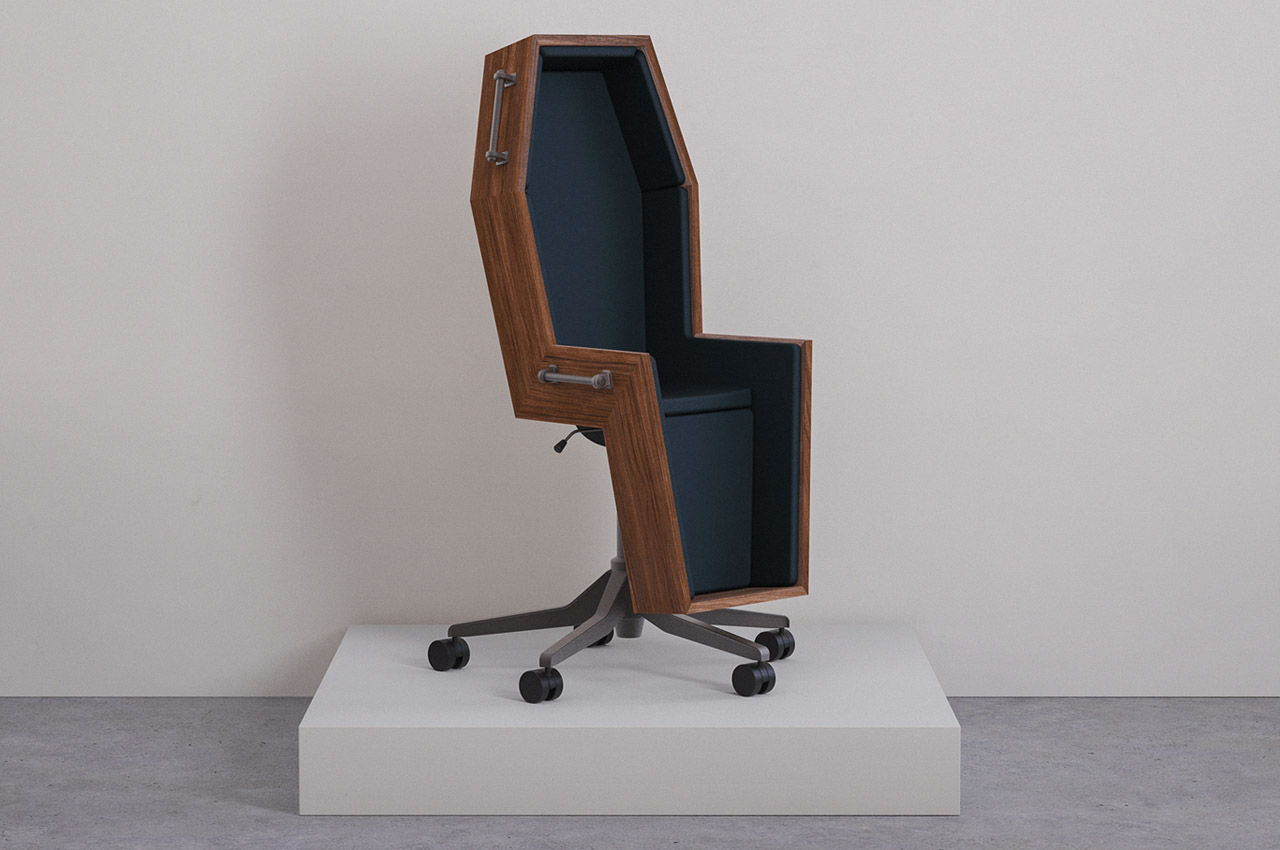
Are you someone who absolutely despises your dead-end corporate job, well then, we may have found the chair for you! Shaped like a coffin, this wooden chair recently took the internet by storm. A Twitter user shared it on September 7th, and everyone who’s downright fed up with their jobs completely resonated with it.
Why is it noteworthy?
The conceptual coffin chair perfectly represents all the dreaded emotions employees feel throughout the entirety of their workday. It reflects the feeling of doom one experiences, as they have to sit through another pointless meeting that could have been an email.
What we like
- Inspired by Rene Magritte’s painting titled The Balcony (1950)
- Perfectly captures the feeling of having a dead-end job
What we dislike
- It’s a concept!
- There’s no cozy cushioning to get comfy in
4. Mantis
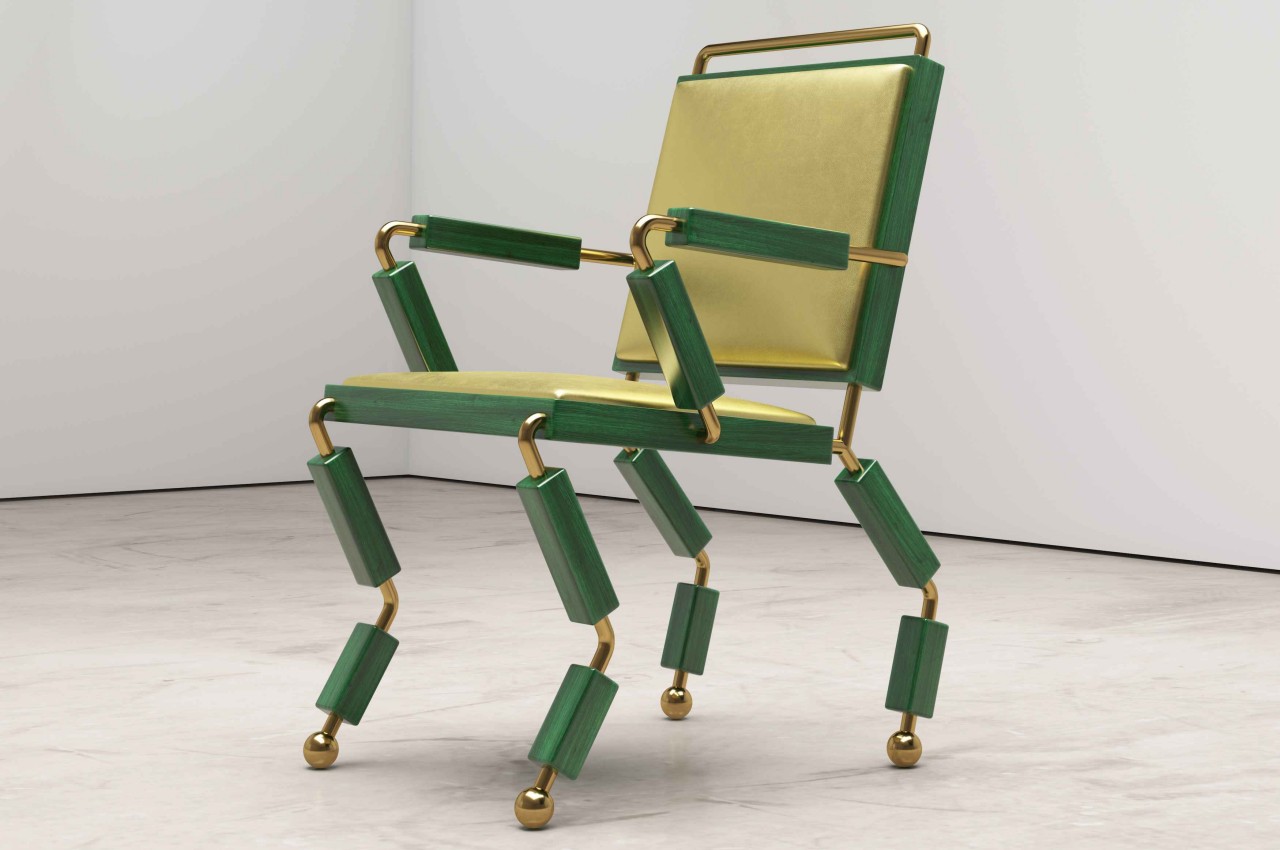
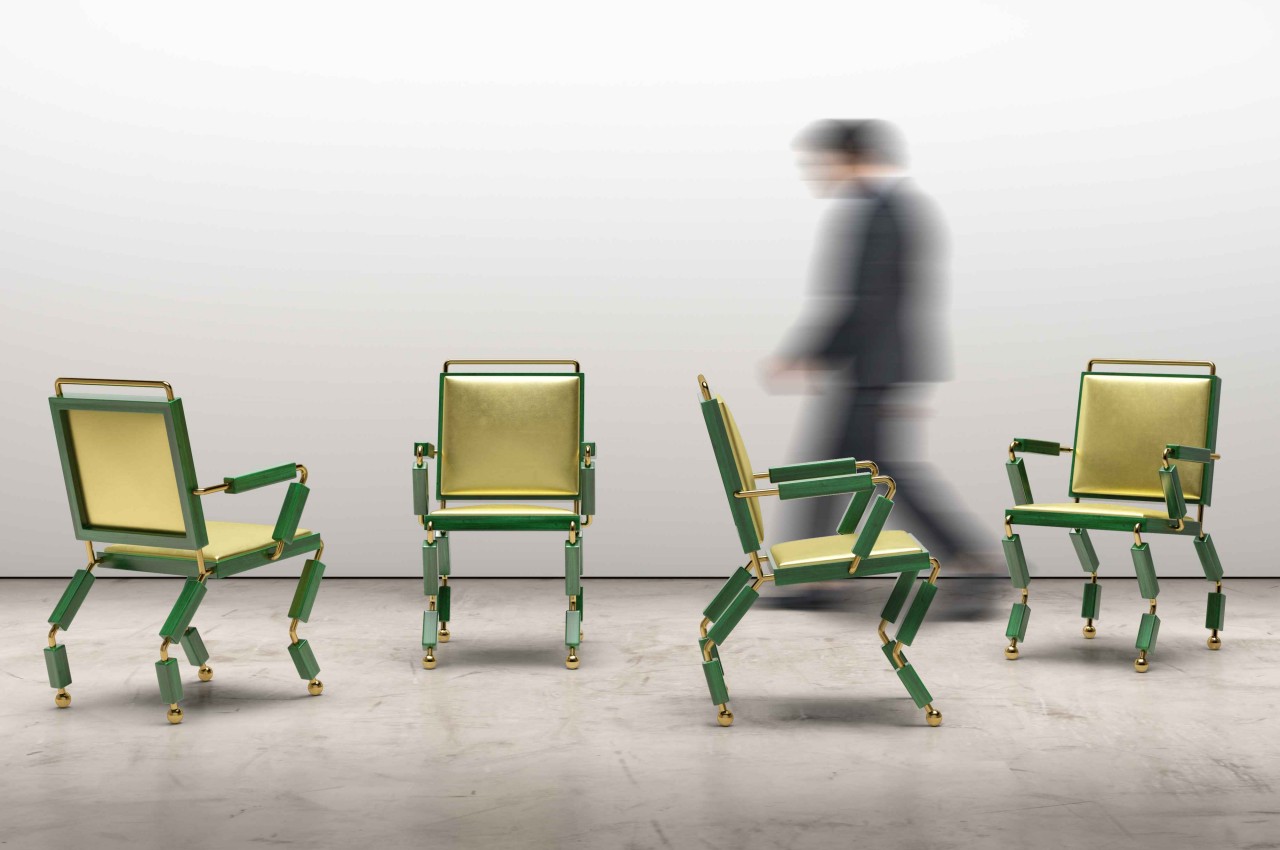
Chairs, just like tables, are supposed to convey a sense of stability and confidence that they won’t topple over or come crashing down when you sit on them. That’s why in most cases, the legs of chairs are designed to be wide, sturdy, and whole, with feet that are almost always flat. This dining chair design throws all those conventions outside the window and almost evokes the opposite emotions. At the same time, it also appears to challenge the viewer to have a little bit more confidence in going beyond what the eyes see.
Why is it noteworthy?
The dining chair is called “Mantis,” most likely because of how its segmented legs and arms resemble those of the insect. One variant even shares the same green and yellow motif. Perhaps another association between the chair and the insect is how the piece of furniture leans back rather than standing straight, almost like how a mantis’ body is in a perpetual state of leaning forward.
What we like
- The mirror-polished brass contrasts nicely with the green chair and gives it a bit more personality
- Color-matching leather offers some physical comfort to what looks like an uneasy chair
What we dislike
- The legs end in soft spheres rather than sharp feet, though it might make one worry that the chair will slide all over the place
5. The TWINS-MDF
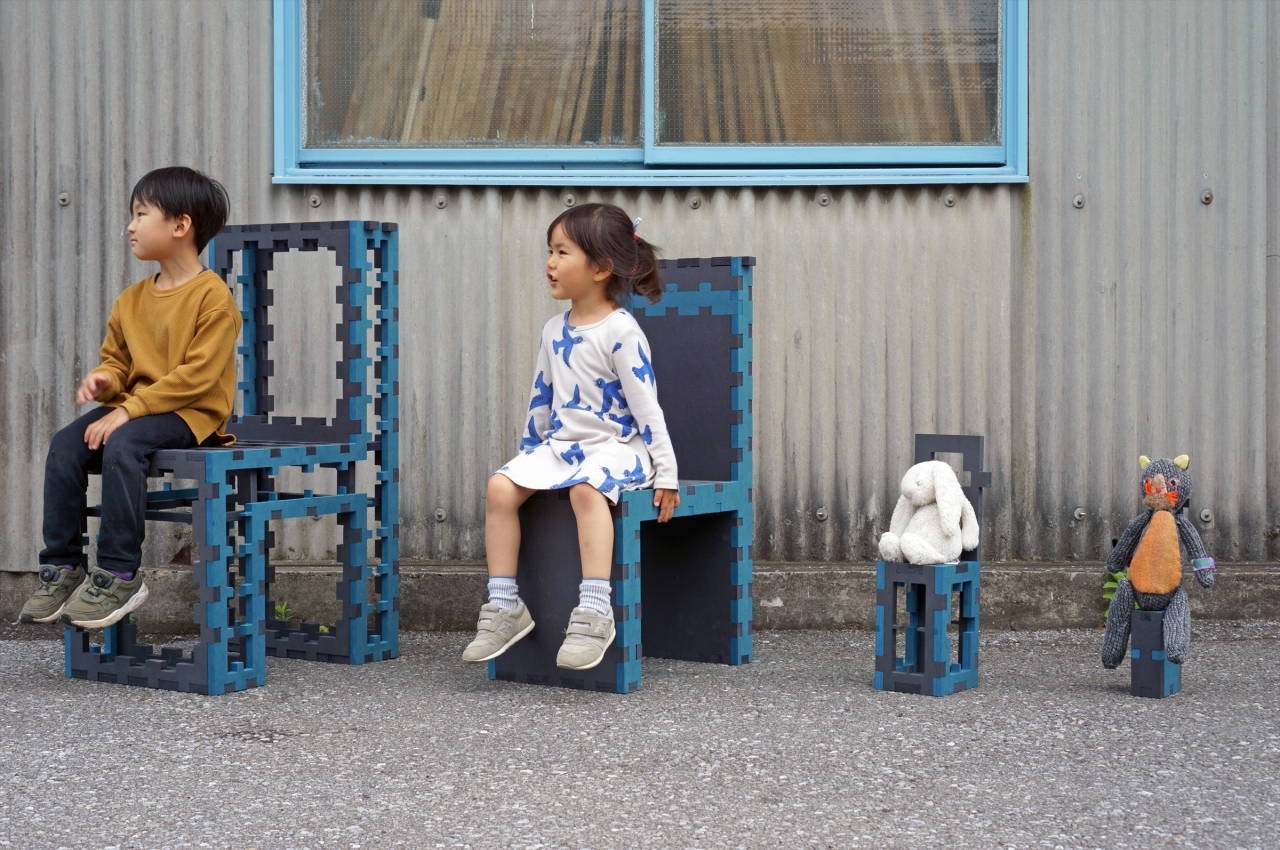
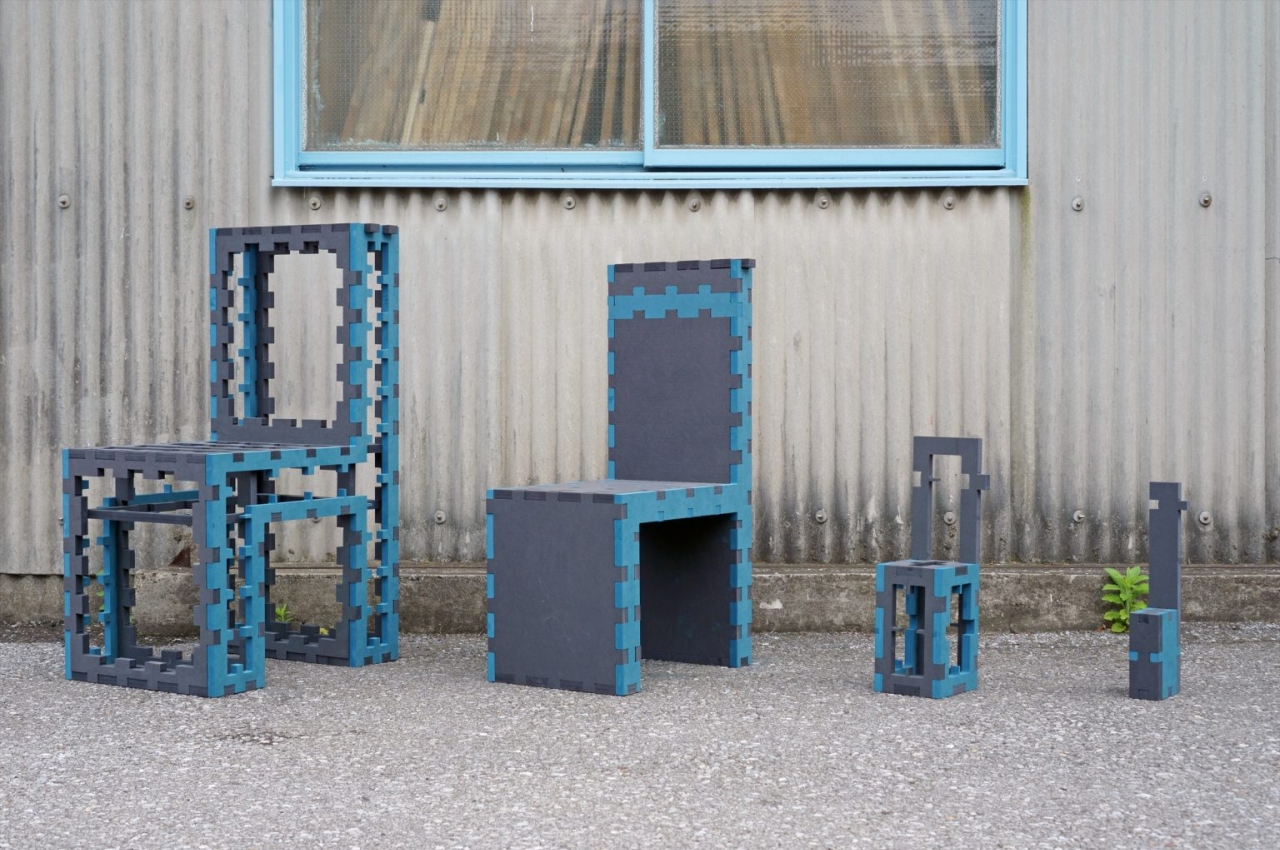
The TWINS-MDF is a modern twist on the first TWINS chair set by the designer launched 18 years ago. The original was a pair of metal and wooden chairs that fit into each other like a glove.
Why is it noteworthy?
This new version uses Medium Density Fiberboard instead (hence “MDF”) and expands the family into a set of four chairs. Technically, only two are really usable by humans, but the other two chairs are perfect for a kid’s imaginary tea party for plushies.
What we like
- This kind of design is critical in helping reduce not just material waste but also the overall energy footprint during production
- The chairs look distinctive, with an almost playful flair to an industrial motif
What we dislike
- The chairs are more decorative than functional
6. D-Tach
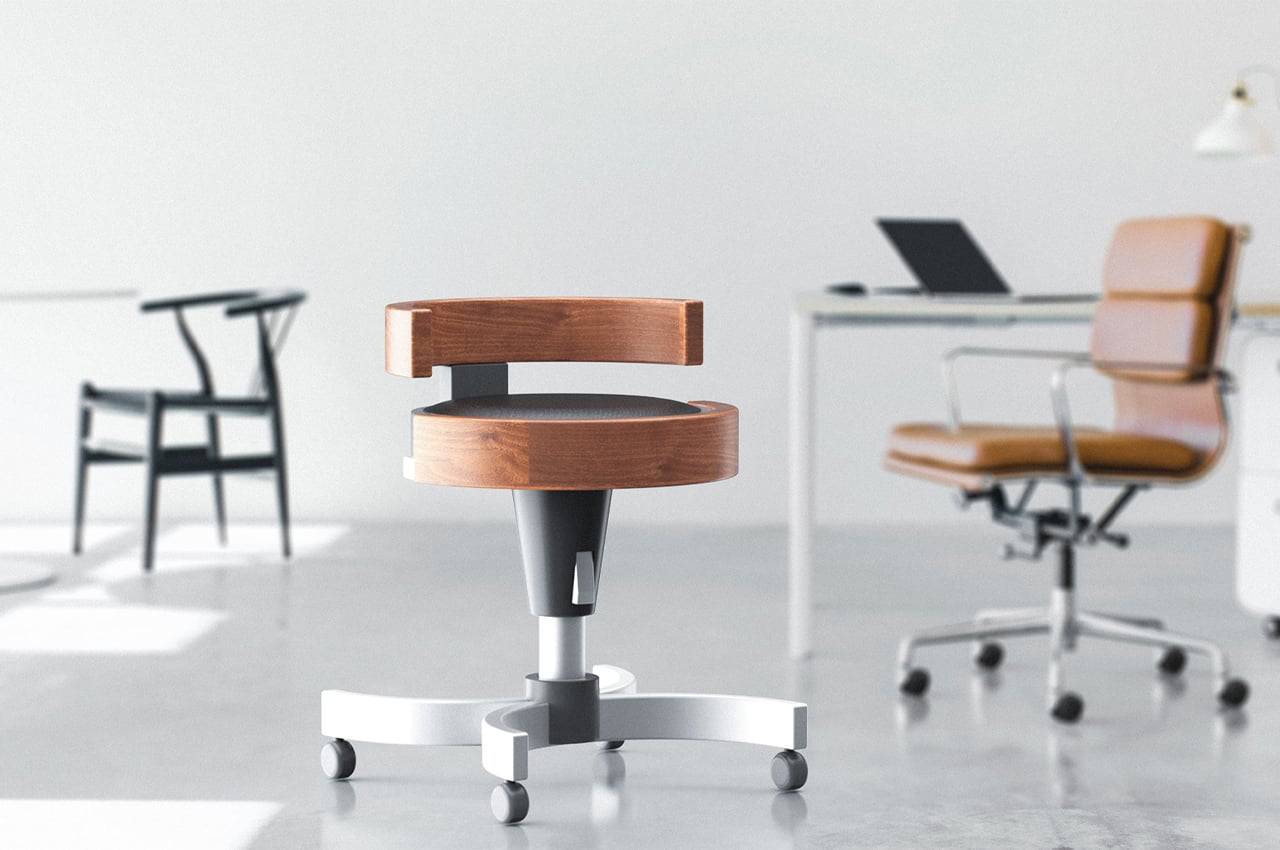
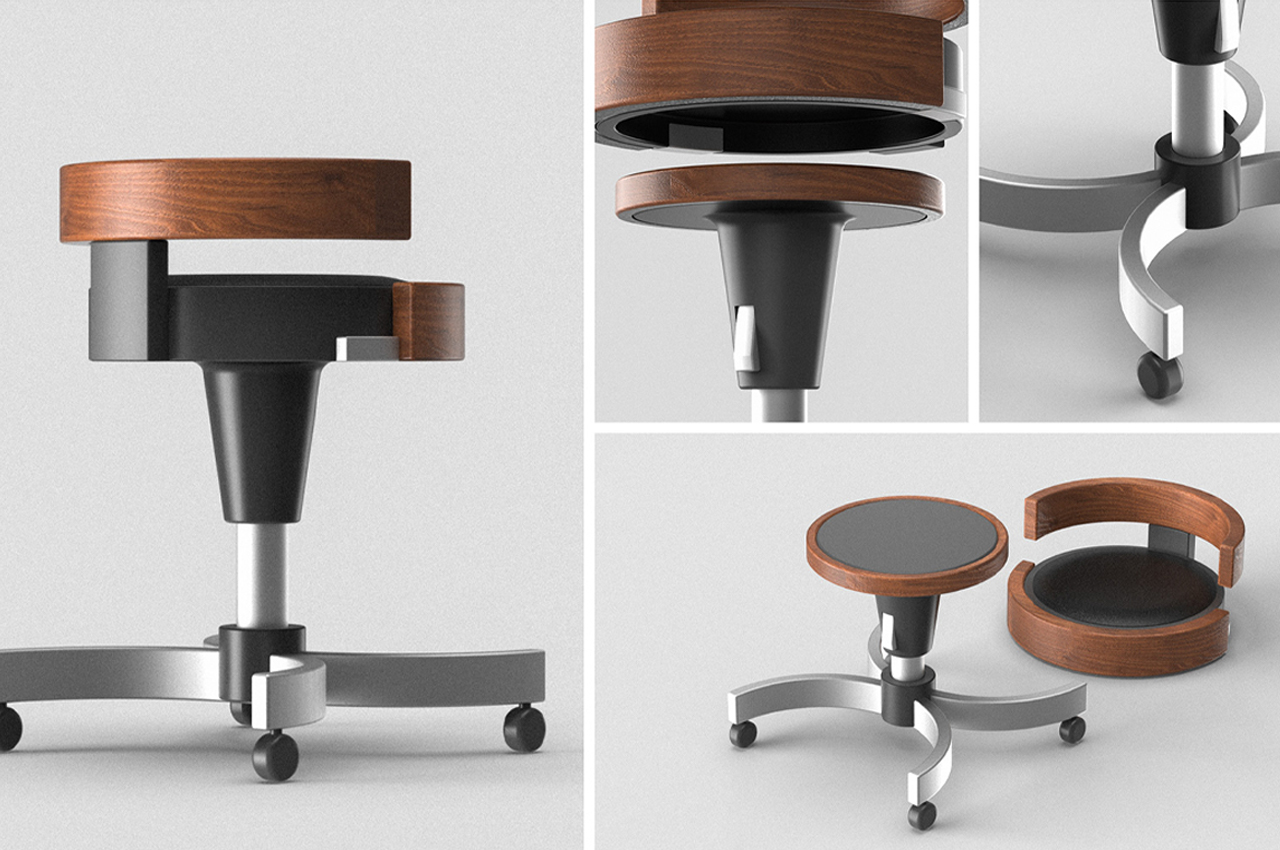
D-Tach is a versatile stool that transforms into a small workspace designed to accommodate today’s mobile work culture. With each day, our world seems to become more and more mobile. Mobile offices, working from home, and freelance careers are increasing in popularity as we move away from corporate offices. With work culture making such a big shift towards mobile lifestyles, our home offices and furniture should reflect that.
Why is it noteworthy?
Industrial design student Andrew Chang decided to create a chair that fits the bill. D-Tach is a modular stool design that functions as a traditional office chair, only to disassemble into parts that provide a small working space on the go.
What we like
- Transforms into a small workspace
- Fits into most modern offices
What we dislike
- We’re unsure how comfortable would the small workspace be to actually work in
7. Canoa
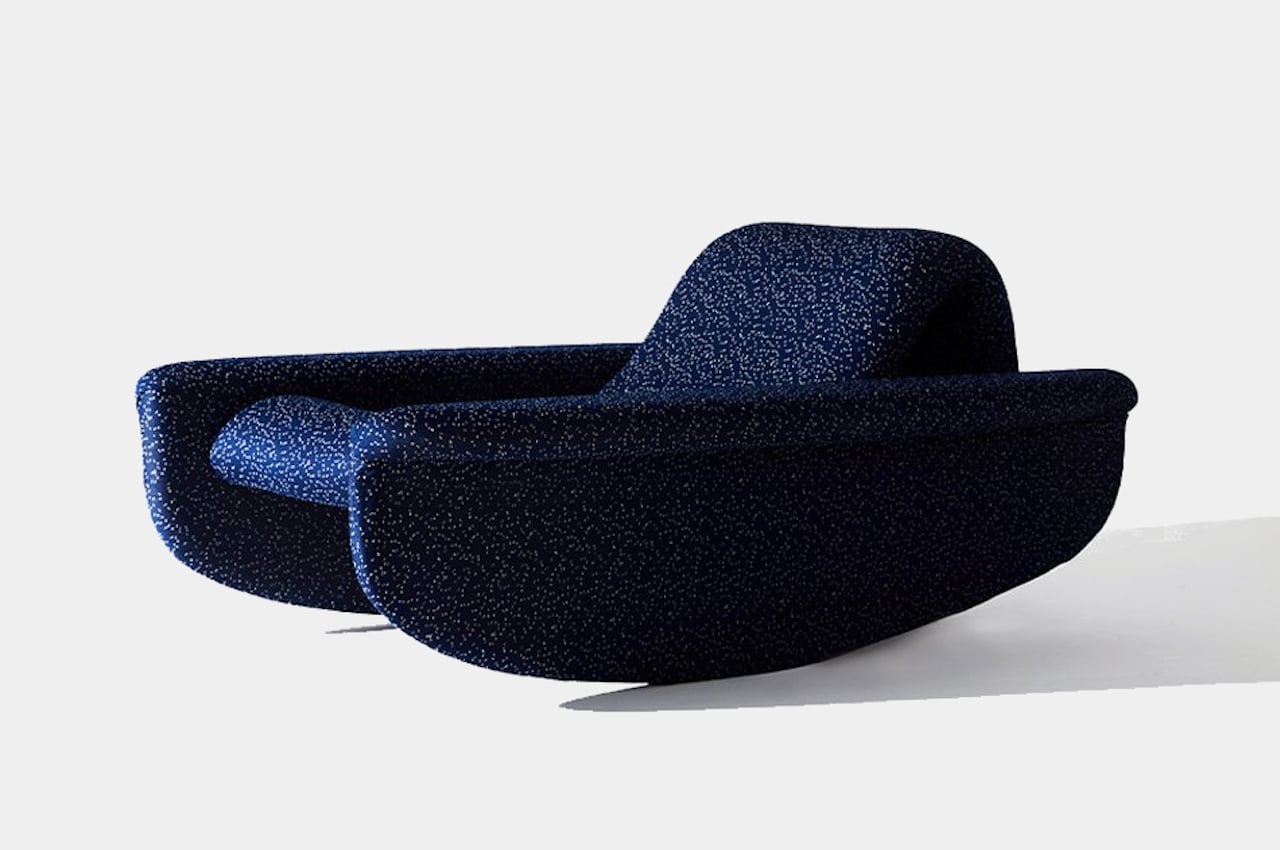
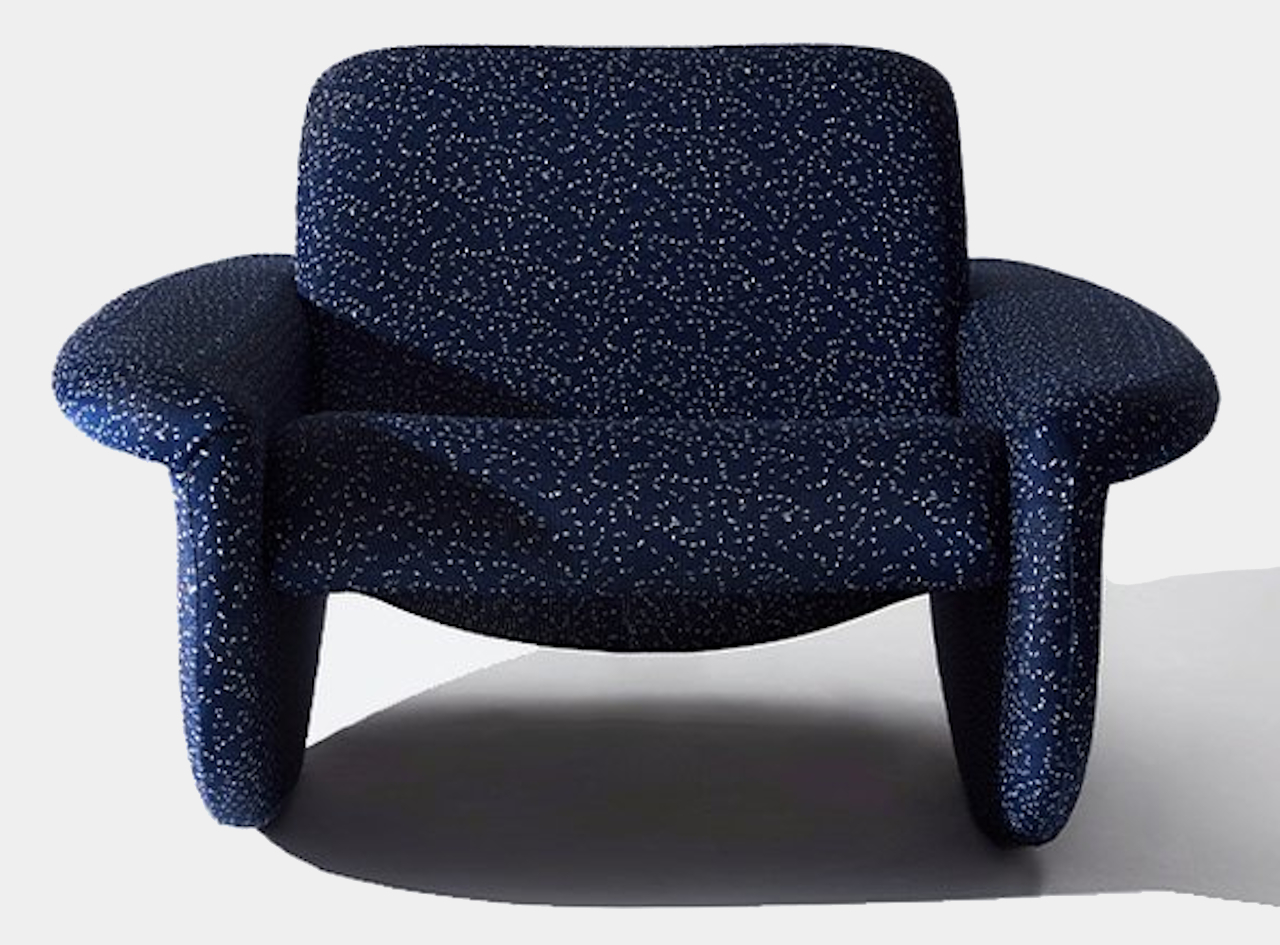
There are things and elements in nature that immediately make us comfortable and at ease, even just by thinking about them. A blowing breeze, the gentle pitter-patter of rain, and the rocking motion of waves are just some of the most popular examples that are easily replicated inside houses these days. Controlled fans can make you feel like a breeze is flowing through your room, while meditation music often includes sounds of rain or rivers. Recreating waves might be a bit harder, but a properly designed rocking chair could actually fit the bill. This lounge chair does, in fact, try to deliver that soothing experience, but its ties to the sea go beyond its rocking motion.
Why is it noteworthy?
From the front, the chair looks pretty normal, albeit a little low and short. Walk around it just a bit, however, reveals its true form, one that is quite unique even among rocking chairs. The chair’s name clearly spells out its form and function. Canoa is Portuguese for “canoe,” and its resemblance to the water vessel is clear, even if it requires stretching the imagination a bit.
What we like
- The curved bottom of the chair resembles the hull of a boat, and its elongated body further reinforces that imagery
What we dislike
8. The P-LOGIC chair


The P-LOGIC chair is a product concept that wants to combine “functionality, aesthetics, ergonomics, and sustainability”, four aspects that when put together can be the perfect kind of furniture.
Why is it noteworthy?
The chair is actually also a desk and is shaped uniquely with waves and curves that are not just for design purposes but can also be functional. The back of the chair, the space underneath, and the slits in between can be used to store toys, books, and other stuff that the child may need to be near them as they study, play, or rest.
What we like
- Made from sustainable materials
- Sports an eco-friendly design
What we dislike
9. The Nodding Chair
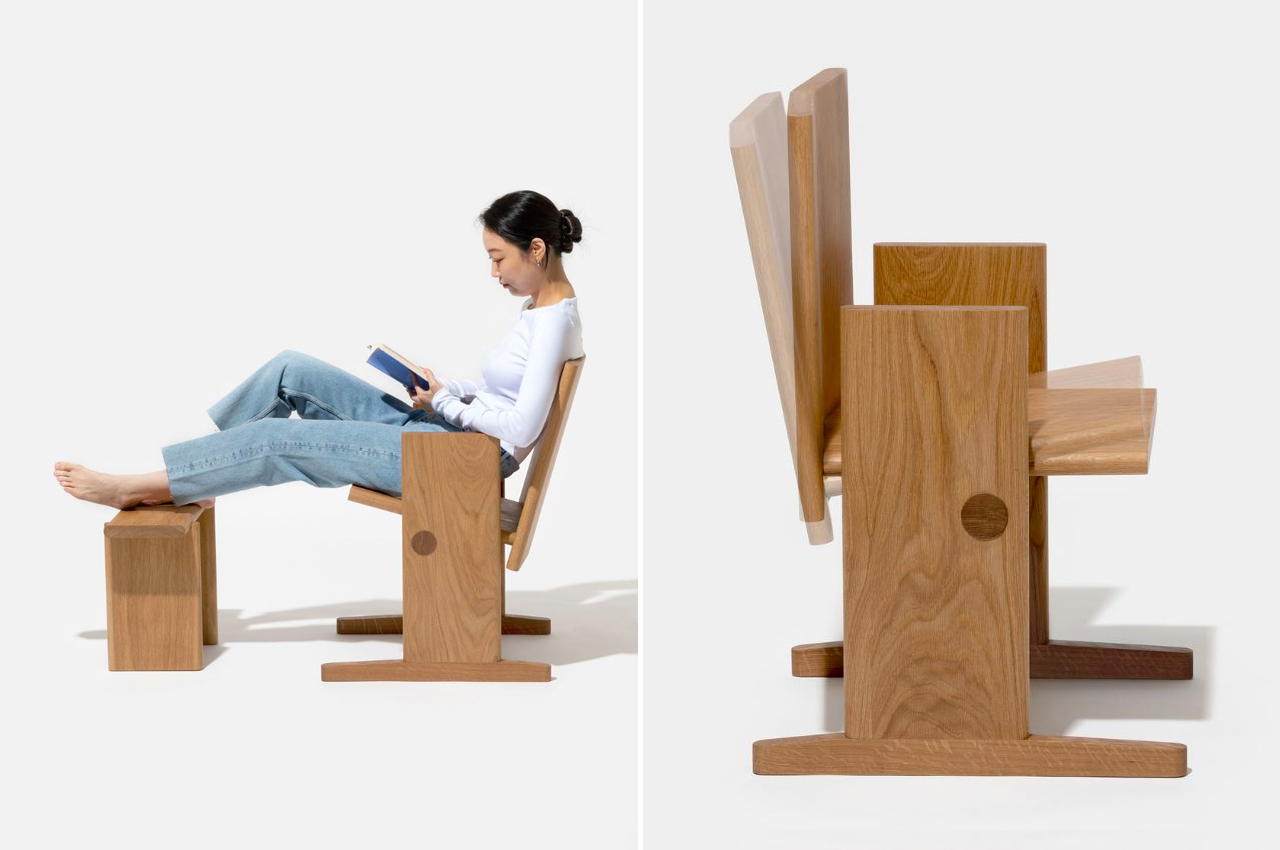

As someone who loves to read, and read for long periods of time, I know that wooden chairs are the least comfortable ones to sit on while finishing a good book. And I’ve also tried to read while on a regular rocking chair and that made me dizzy since the constant big movements are a bit too much for my poor eyes. But staying put in a chair can still be uncomfortable and you need some type of motion while you’re reading. This product concept seems to be the perfect one for bookworms like me.
Why is it noteworthy?
While rocking chairs are good for relaxation, they’re not always good for floors and if you’re like me, for our eyes and peace of mind. The designer thought of a new way to have a chair that can be comfortable and still let your body have its range of natural motion while reading, resting, or even writing (if you’re used to that). The Nodding Chair can be tilted forward and backward, letting you make smaller movements that won’t make you too nauseous.
What we like
- Creates less pressure on the floor so you won’t get marks and scratches
- Allows the chair to move with you as you occasionally change positions while reading
What we dislike
- The seat itself doesn’t seem to be that comfortable as it’s just plain wood and there’s no cushion
10. The Cardboard Chair Process Book
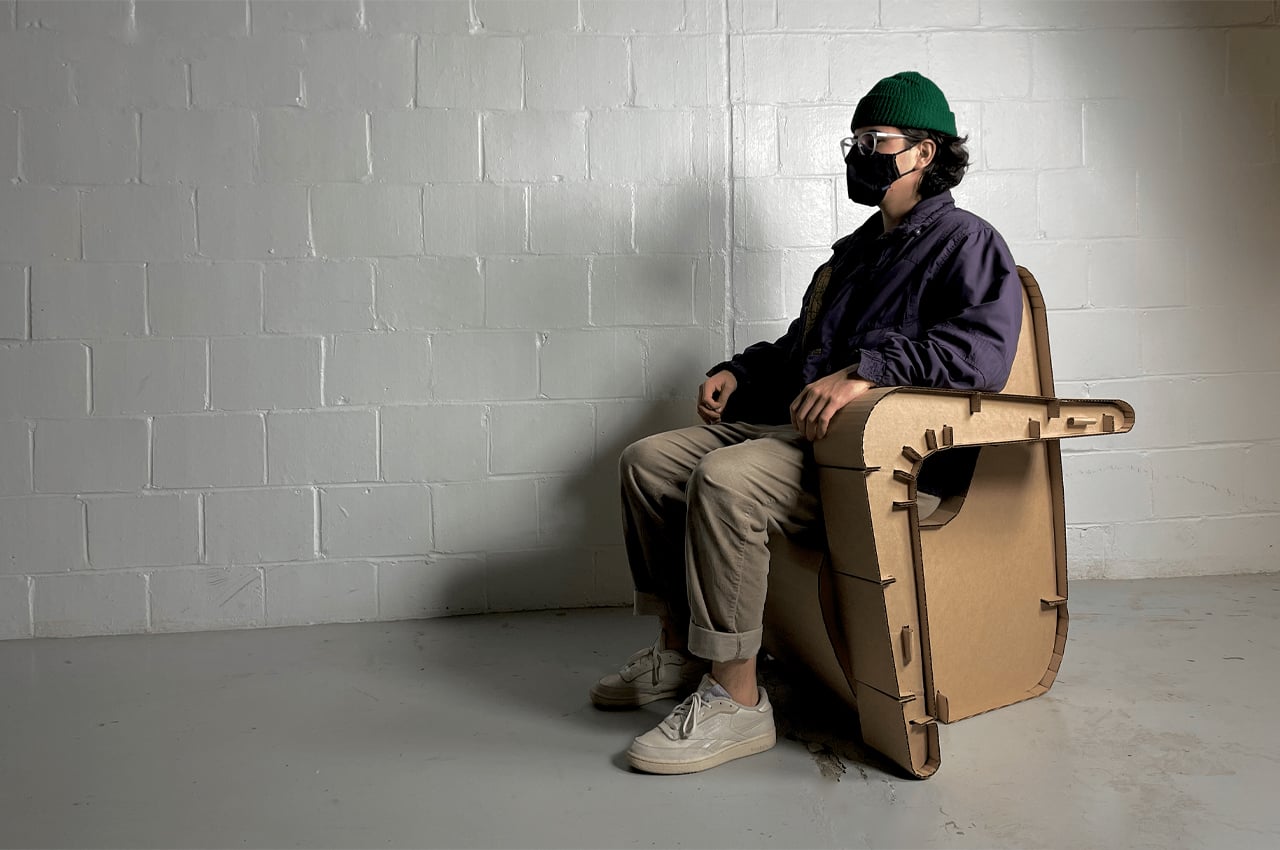
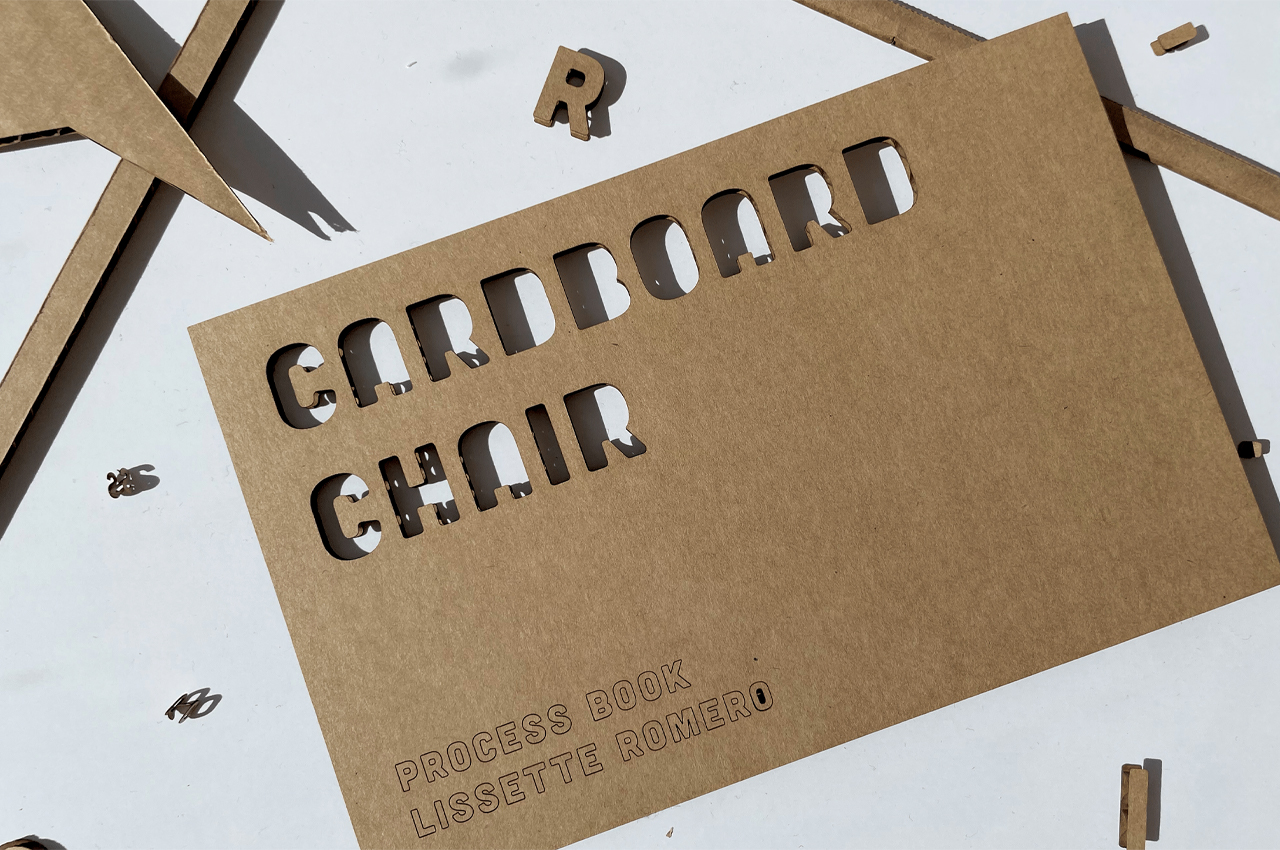
Goldilocks was right–the comfort of a chair depends on many different factors. Everything from a chair’s frame to its upholstery and everything in between comes into play. At the end of the day, a chair’s comfort depends on what we use it for–a plush loveseat might be the perfect spot to nestle up in and watch a rom-com, but it’s not the spot for working on our laptops. It’s just not the vibe! Lissette Romero unlocked the vibe with a new design concept called the Cardboard Chair Process Book that constructs bespoke chairs from cardboard using a set of criteria collected from client interviews and anthropometric measurements.
Why is it noteworthy?
Built from 5 4’x4’ sheets of single-ply corrugated cardboard, the custom chairs require no hardware, fasteners, or adhesives for construction or assembly. Before settling on the chair’s overall structure and ergonomics, Romero imagines conducting client interviews to determine each chair’s main function according to the sitter’s needs. For instance, a client looking for a lounge chair to play video games will end up with a very different chair design from a client who’s looking for a desk chair to use for studying.
What we like
- The chair is to be tailored to [the client’s] body measurements, personal aesthetic, and tasks that they will be performing while seated
- Built from sustainable materials
What we dislike
The post Top 10 chair designs that are the culmination of ergonomics, style, and comfort first appeared on Yanko Design.
